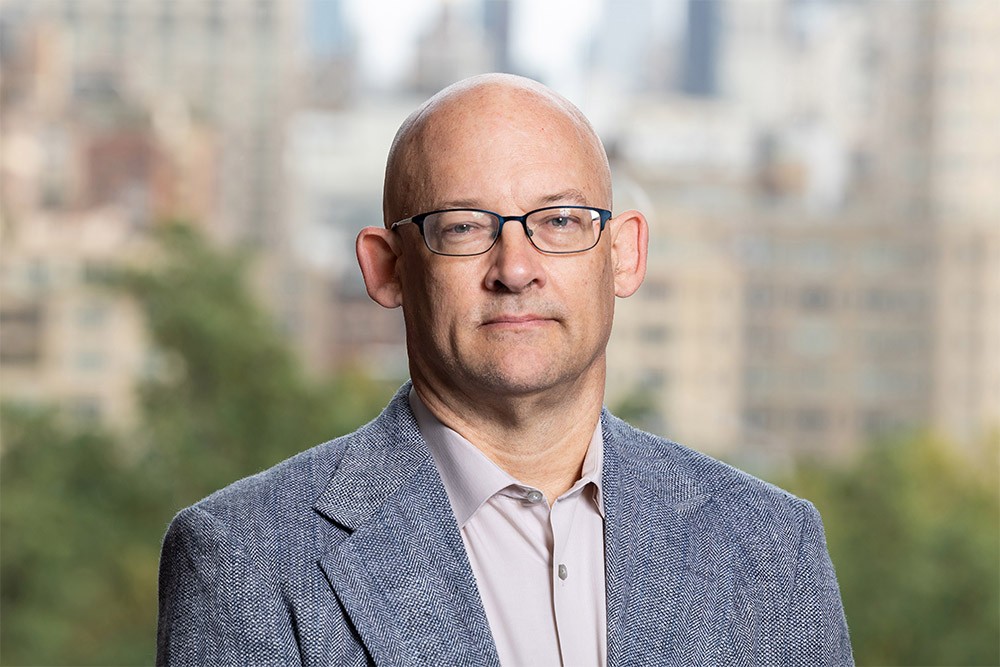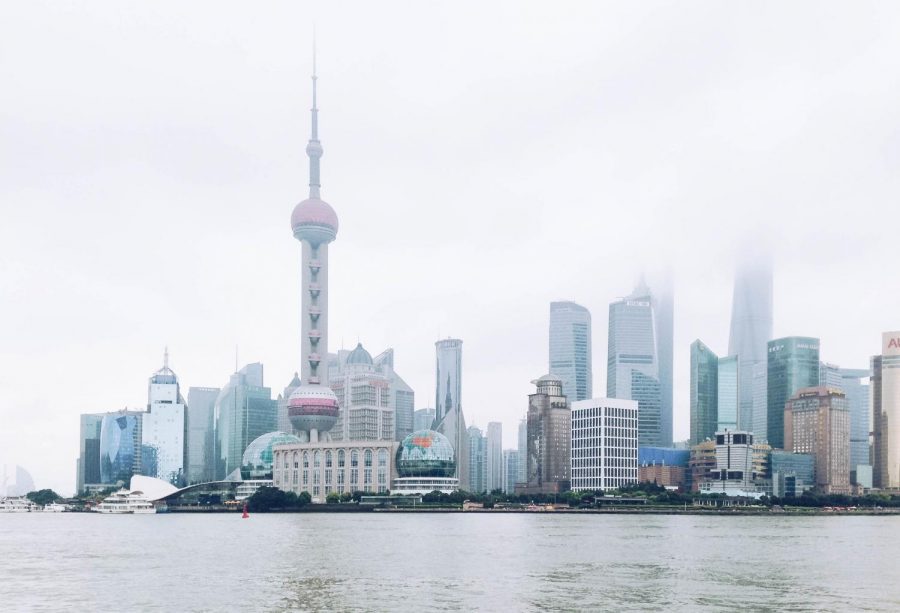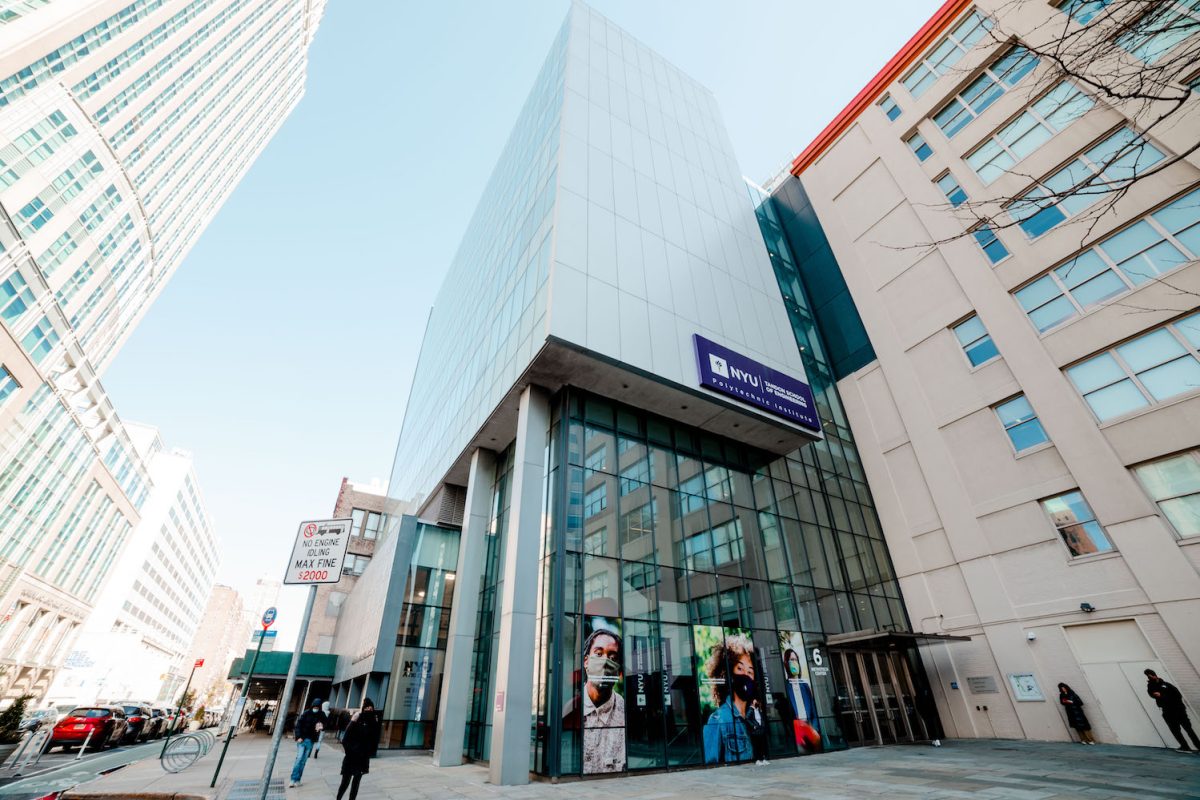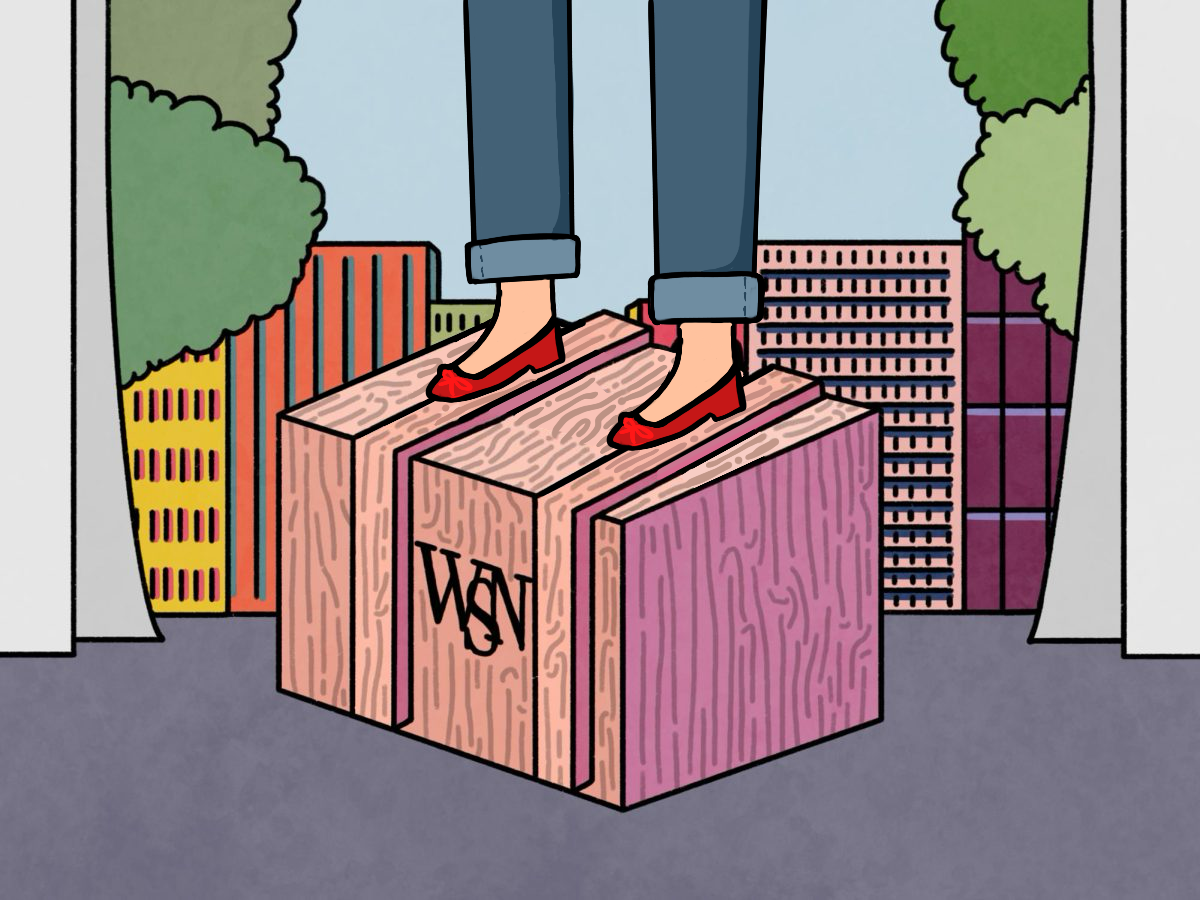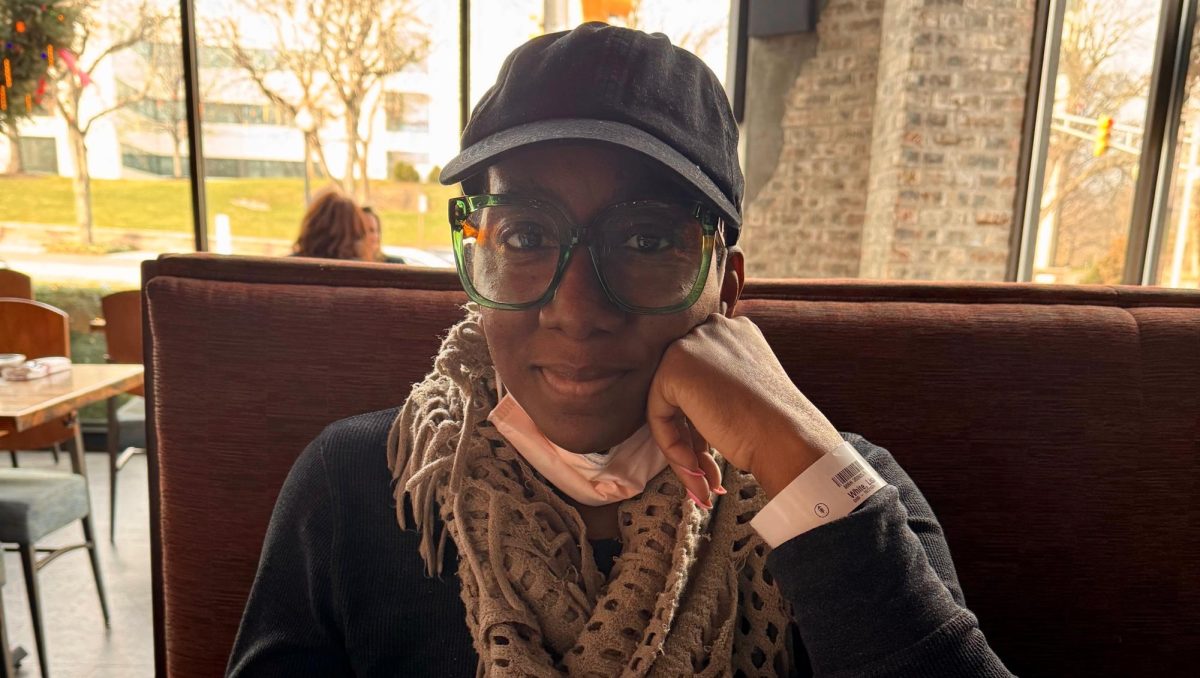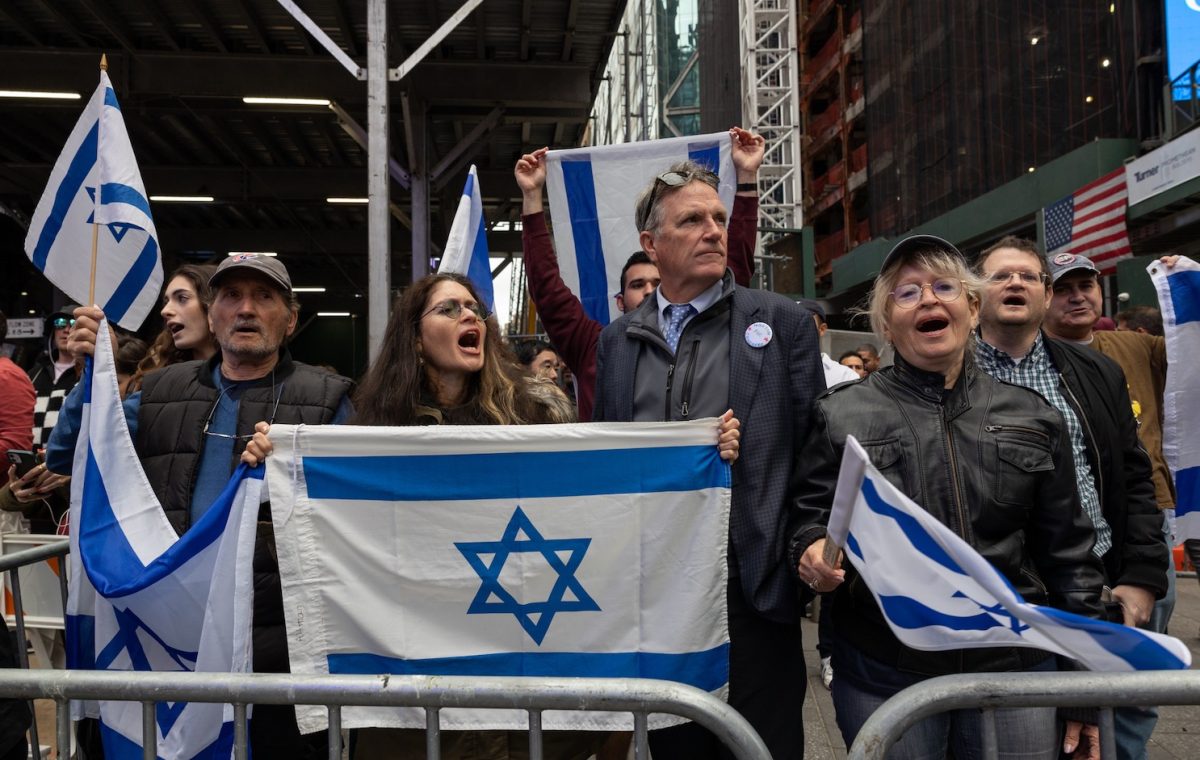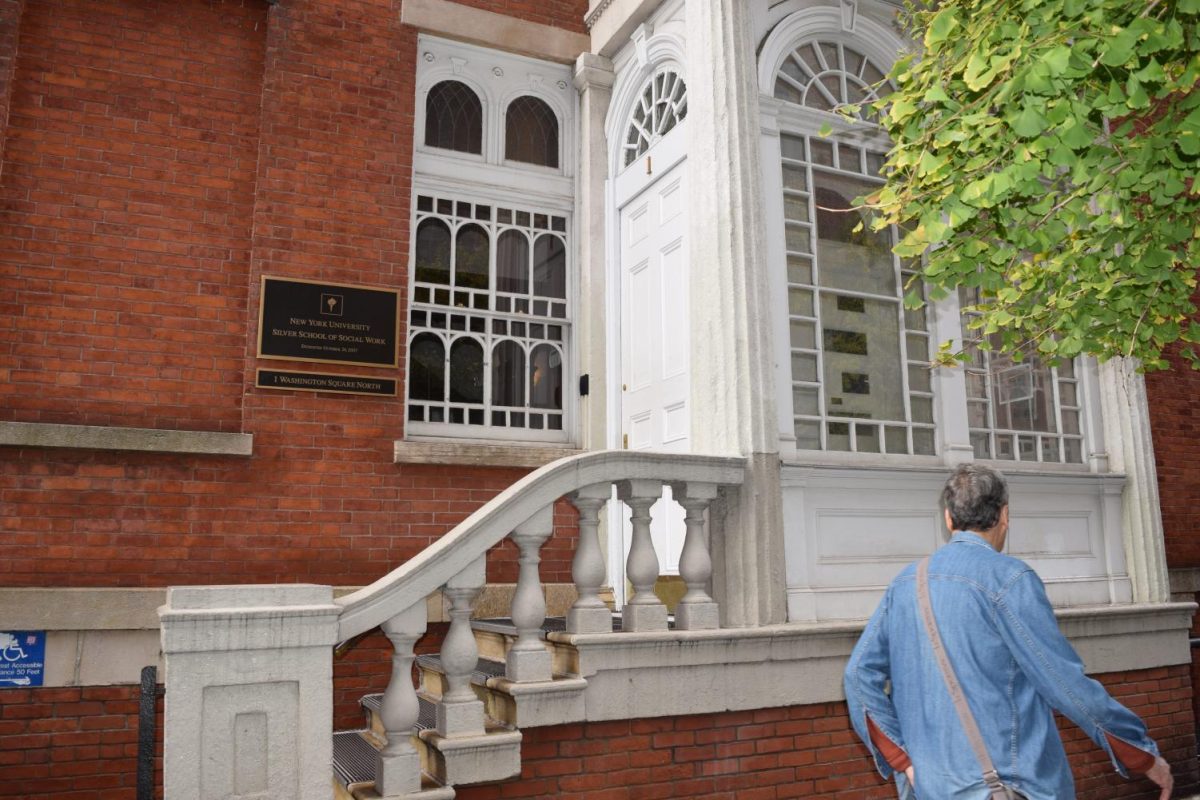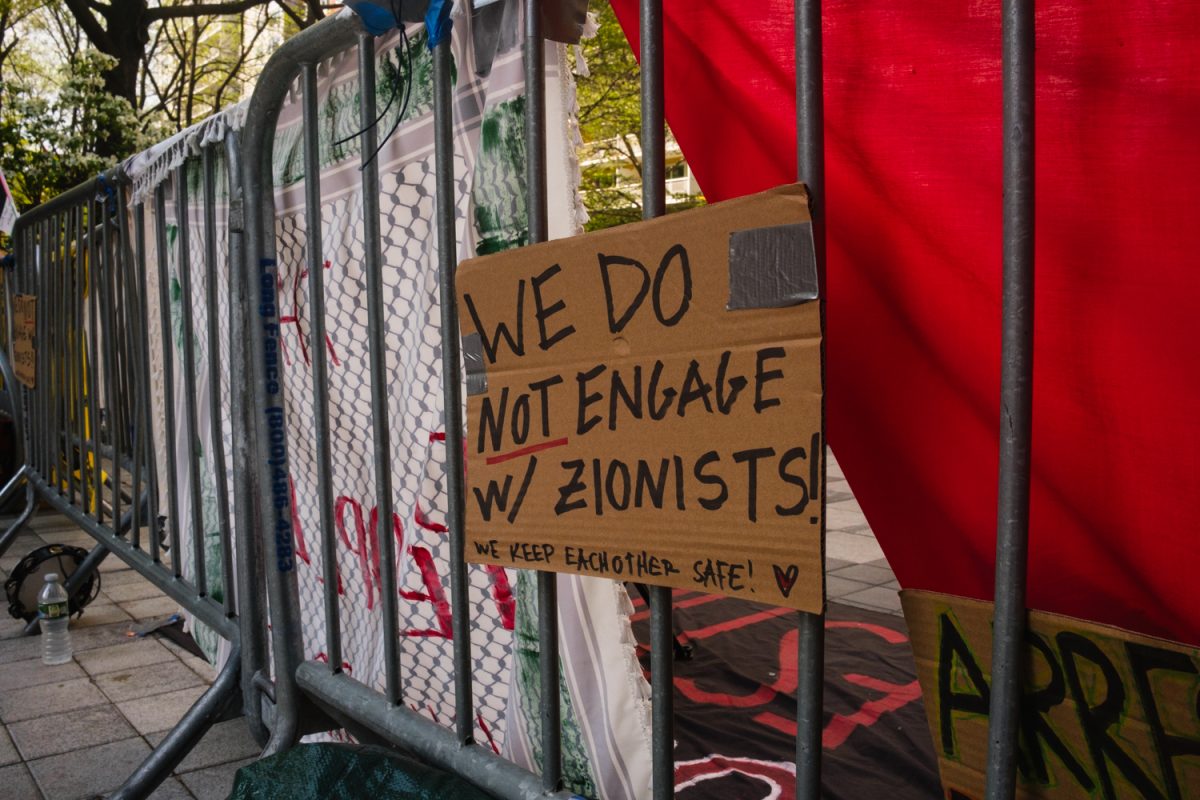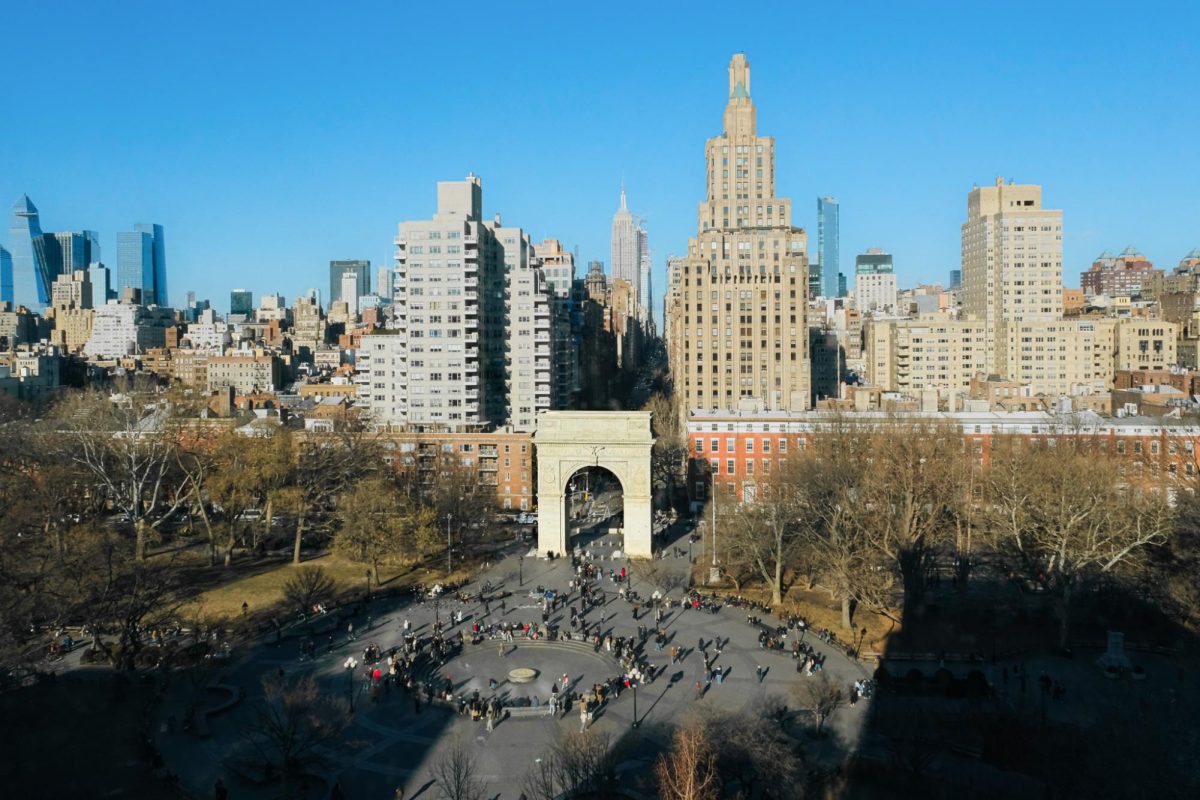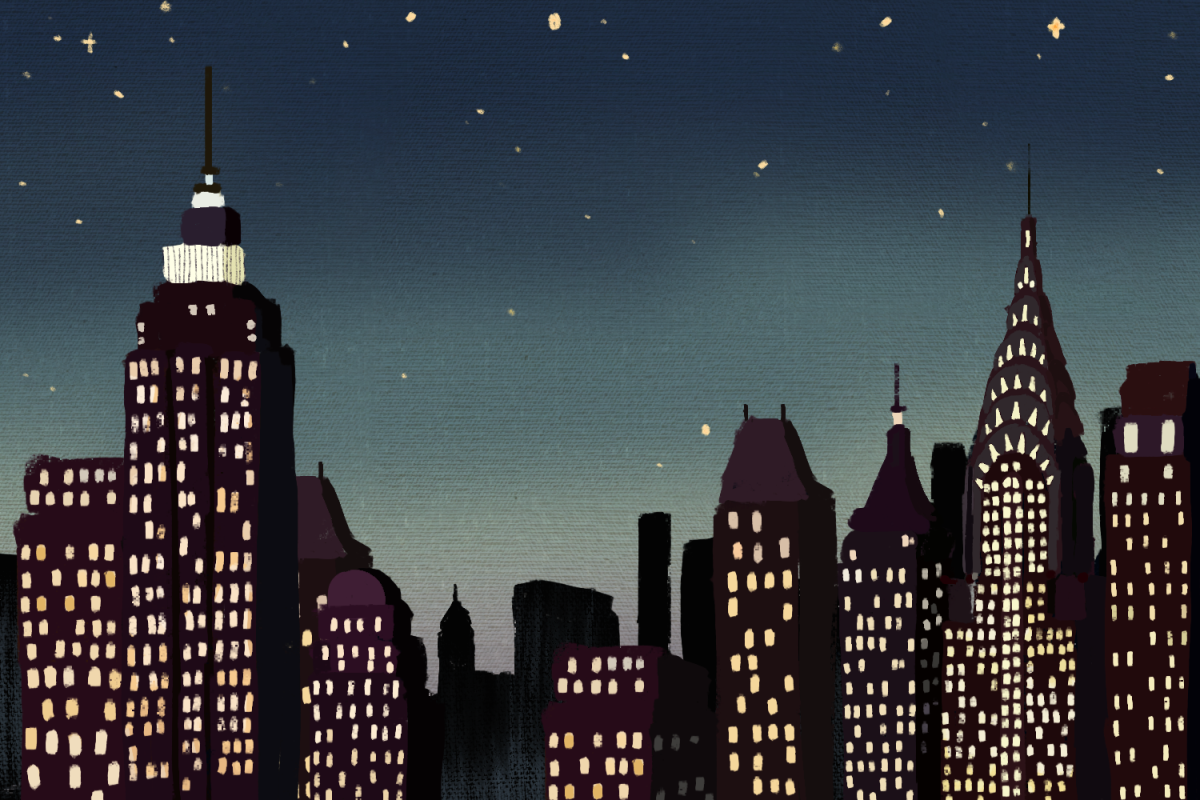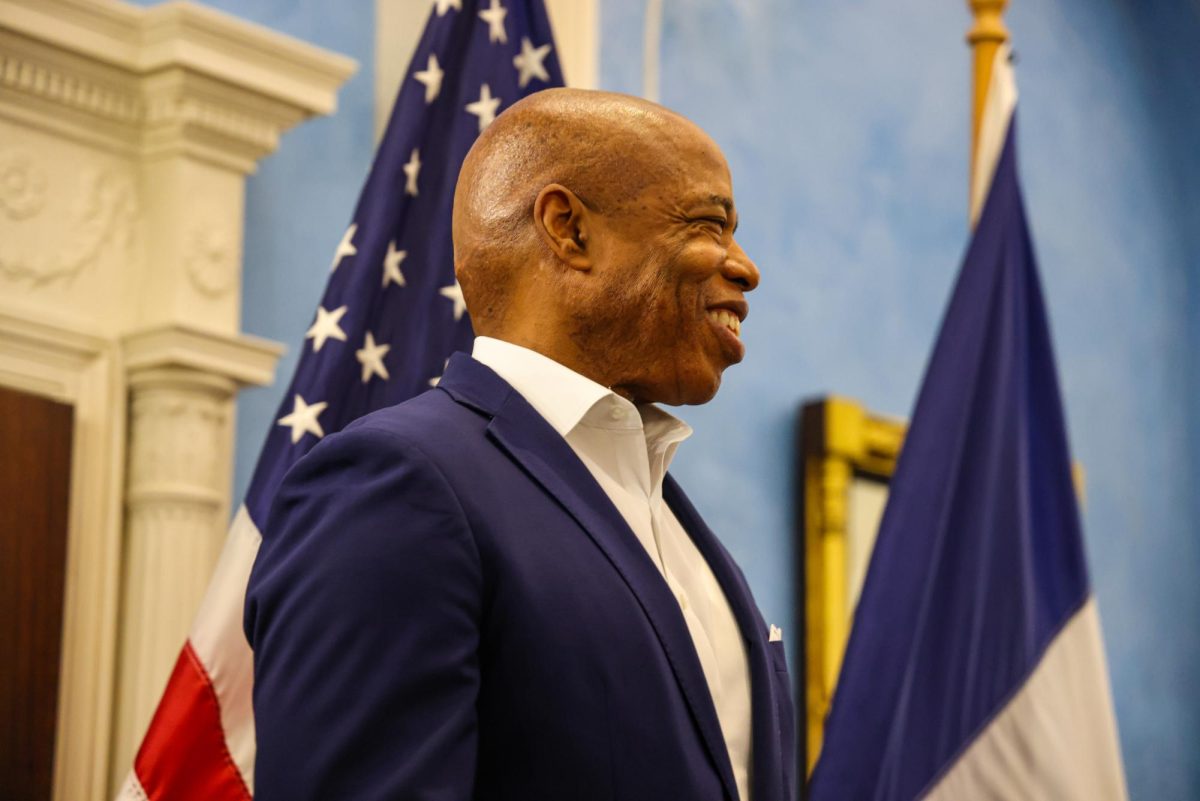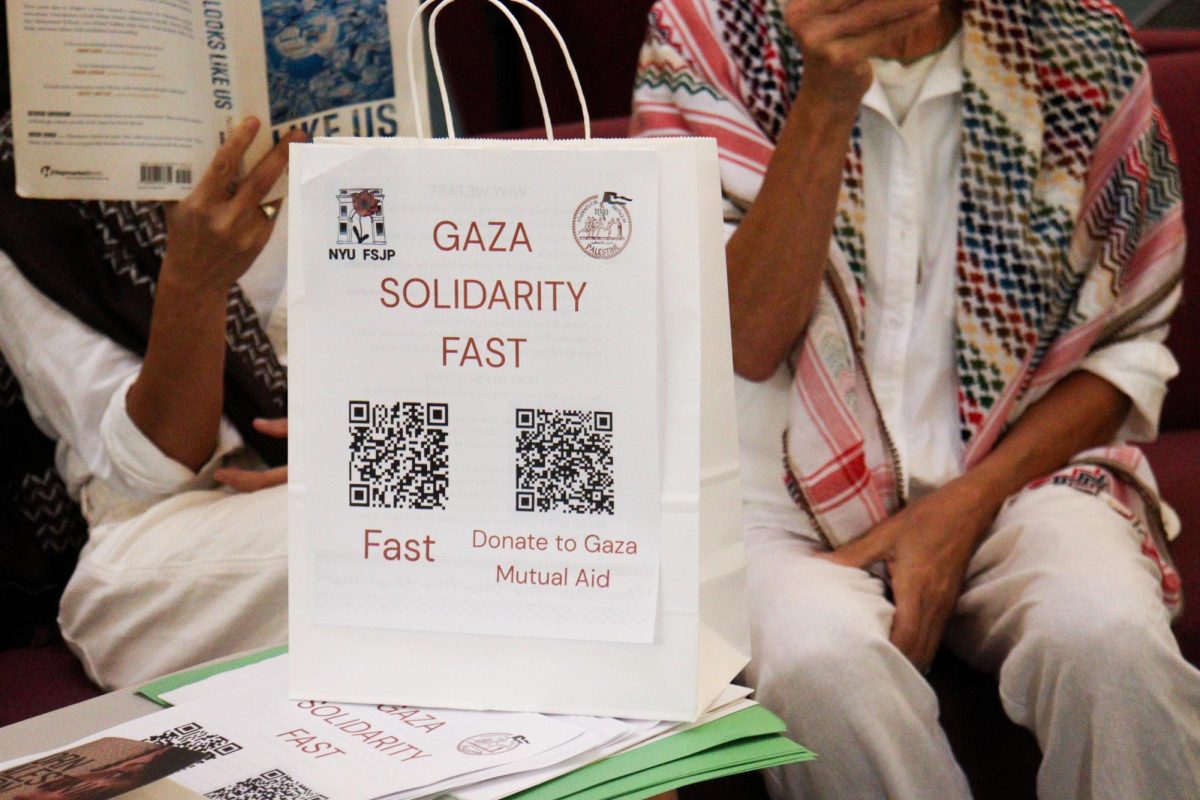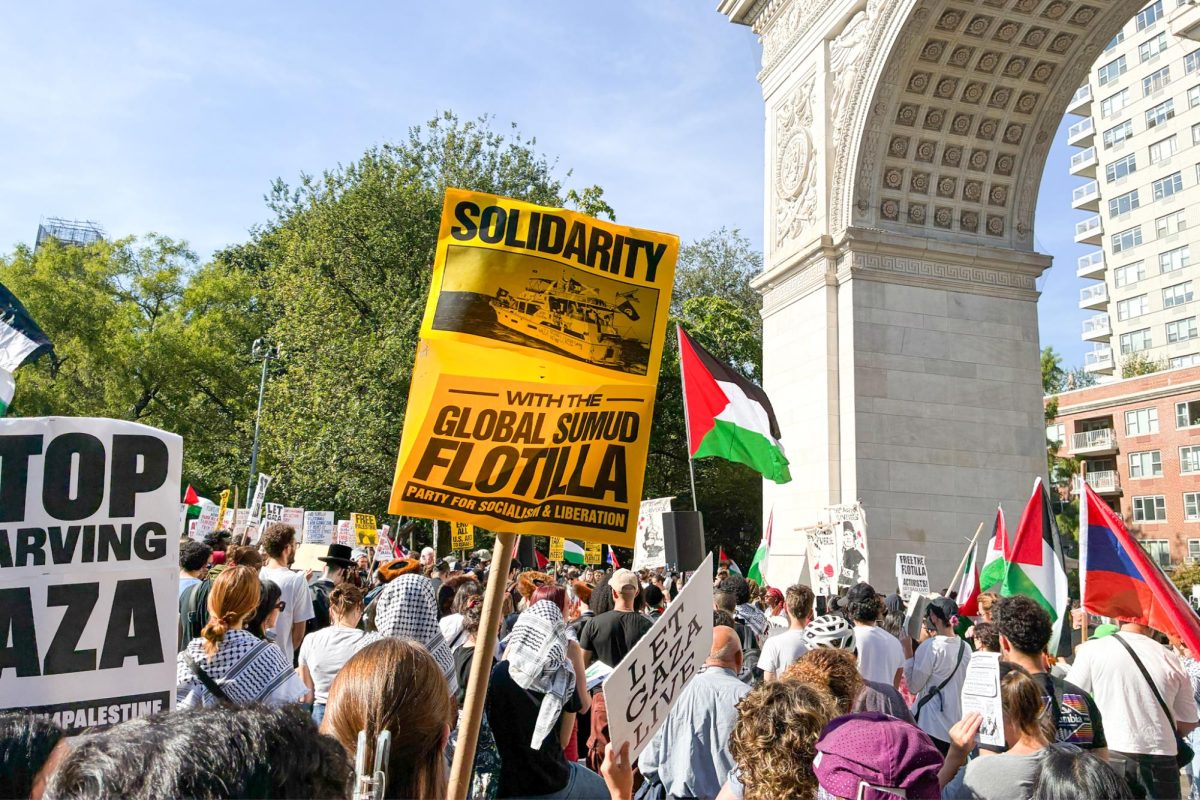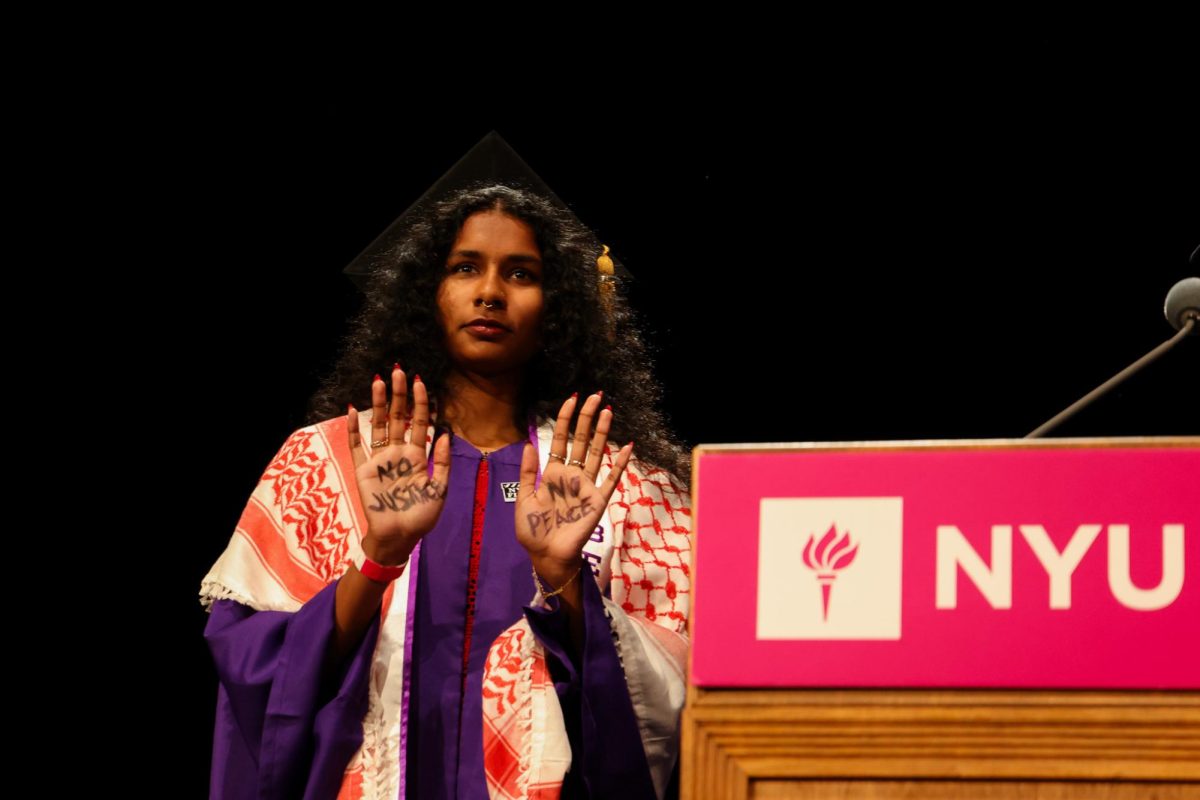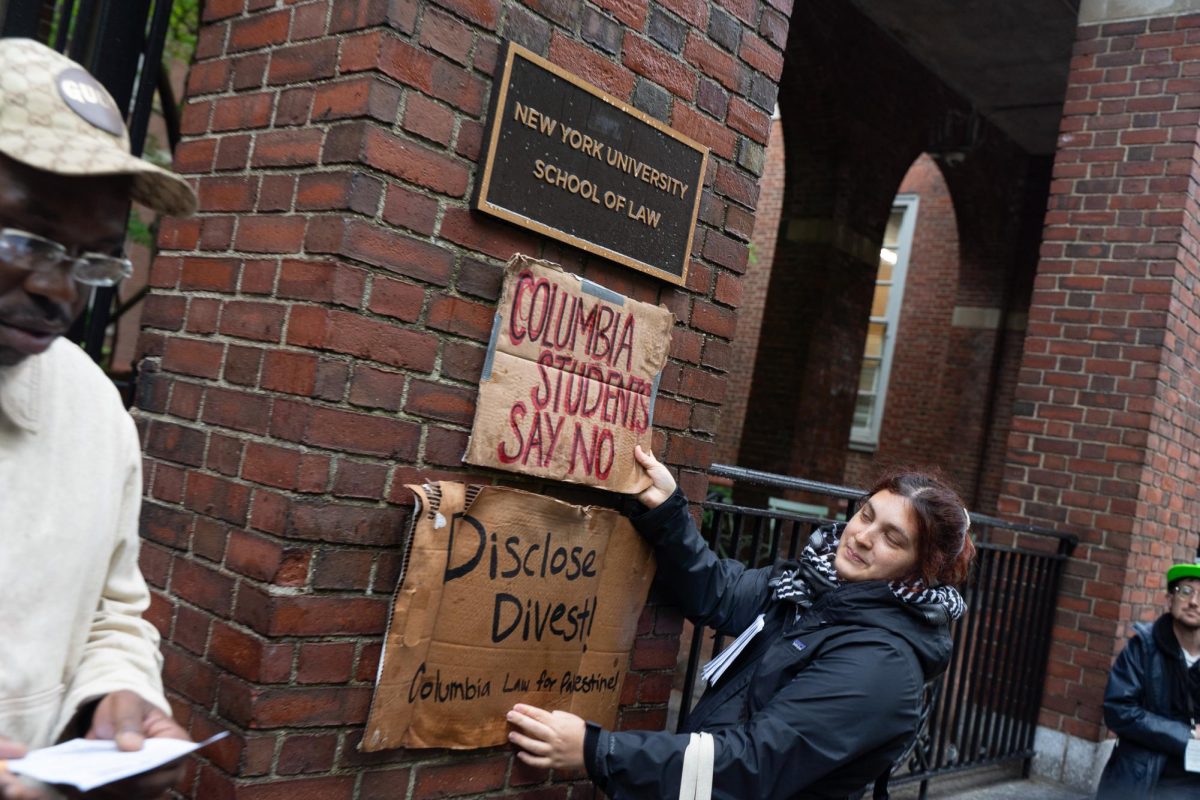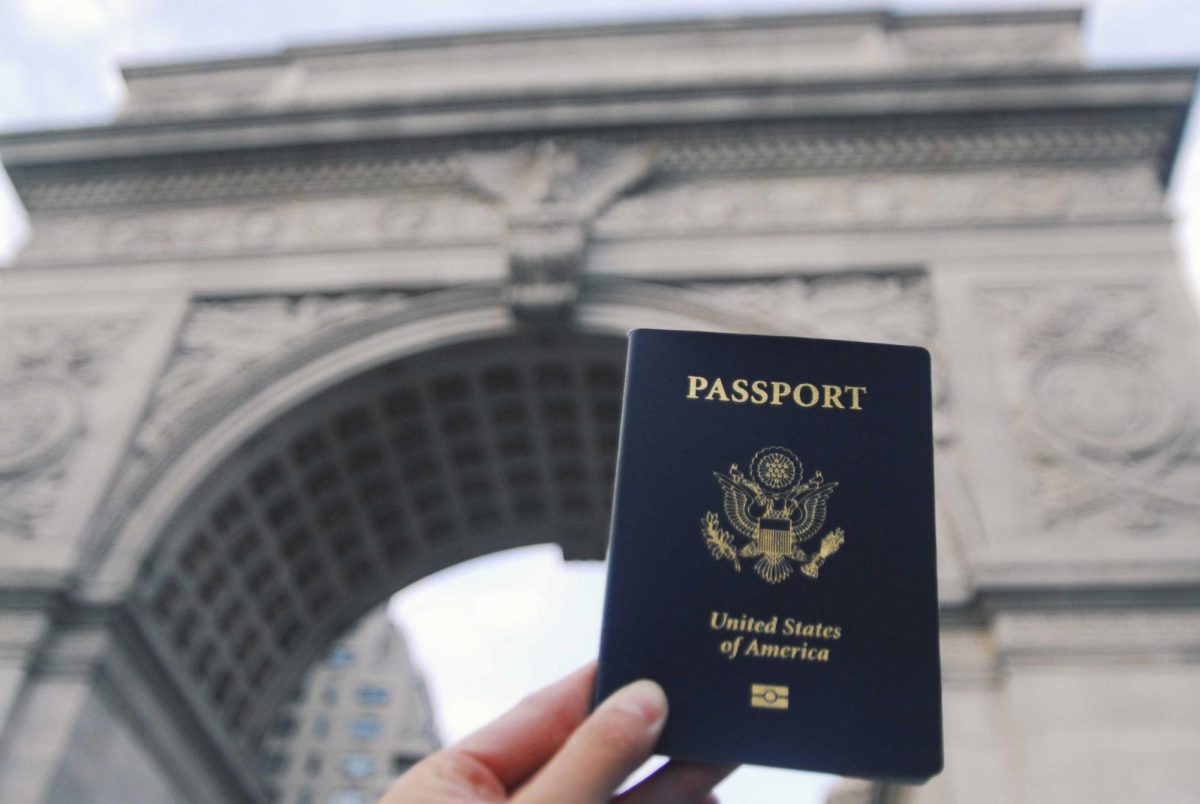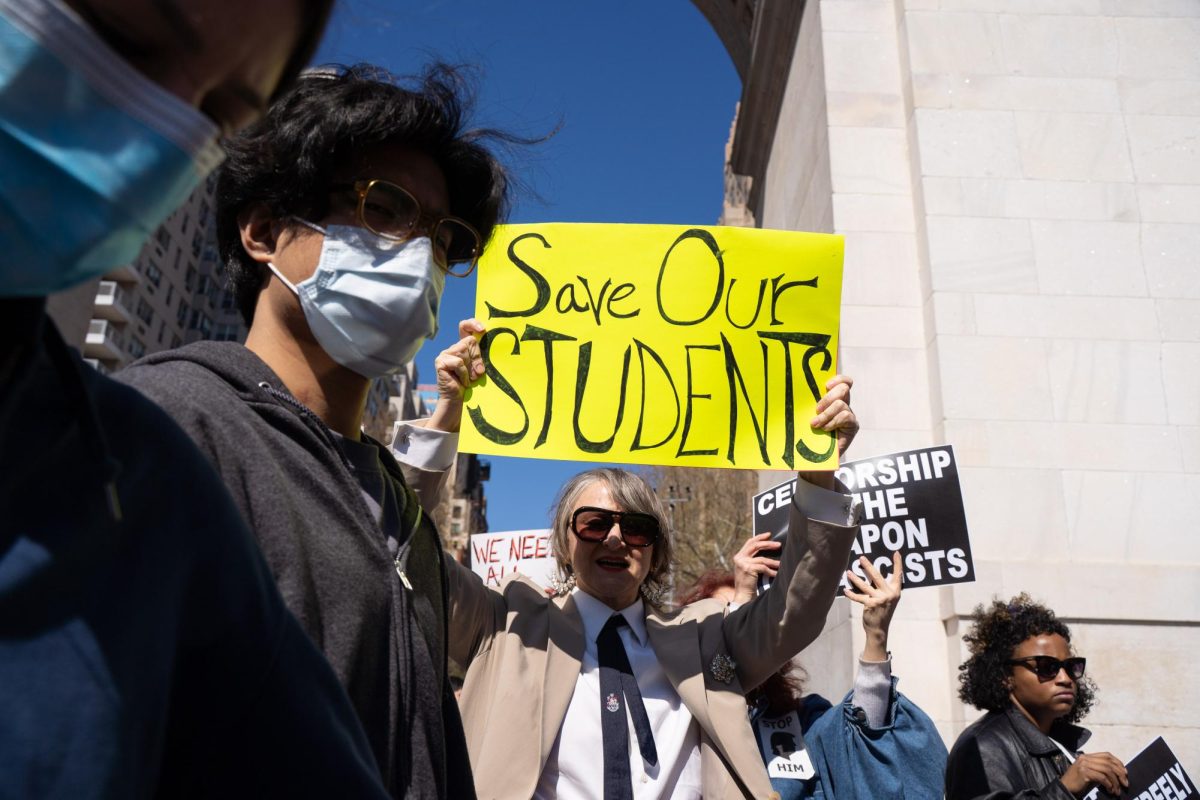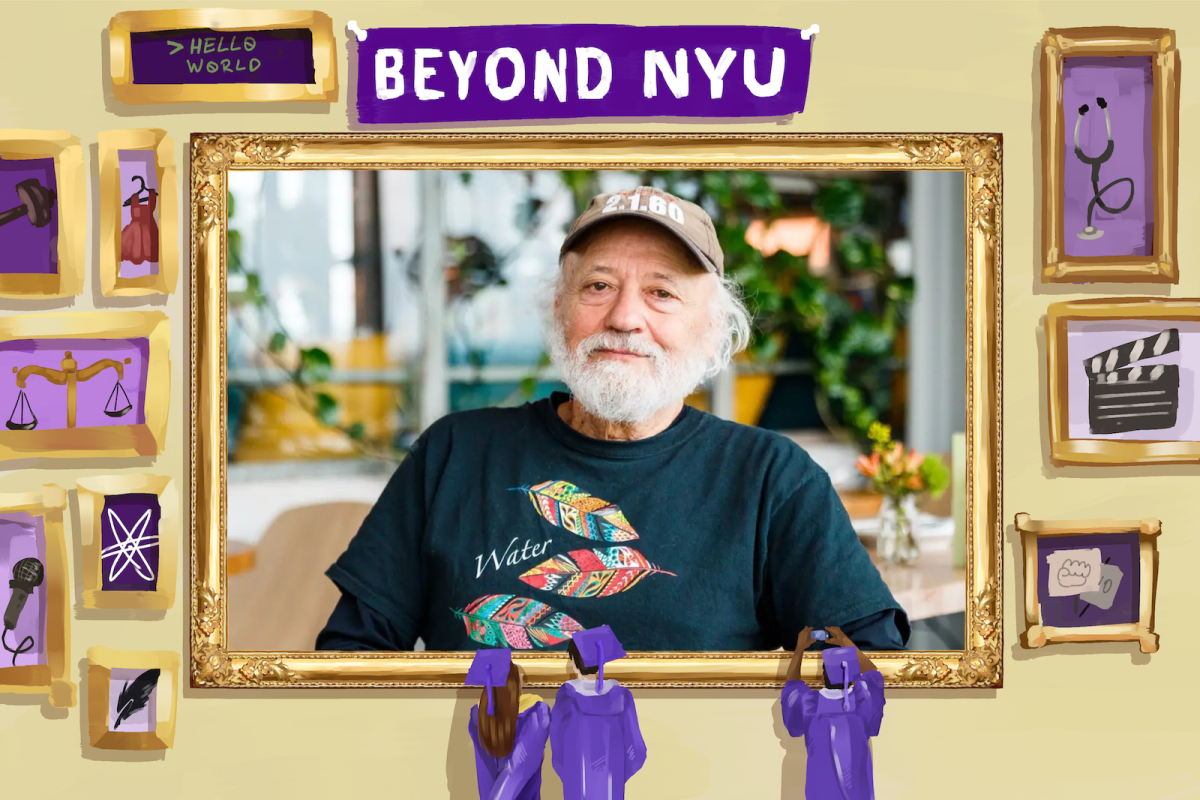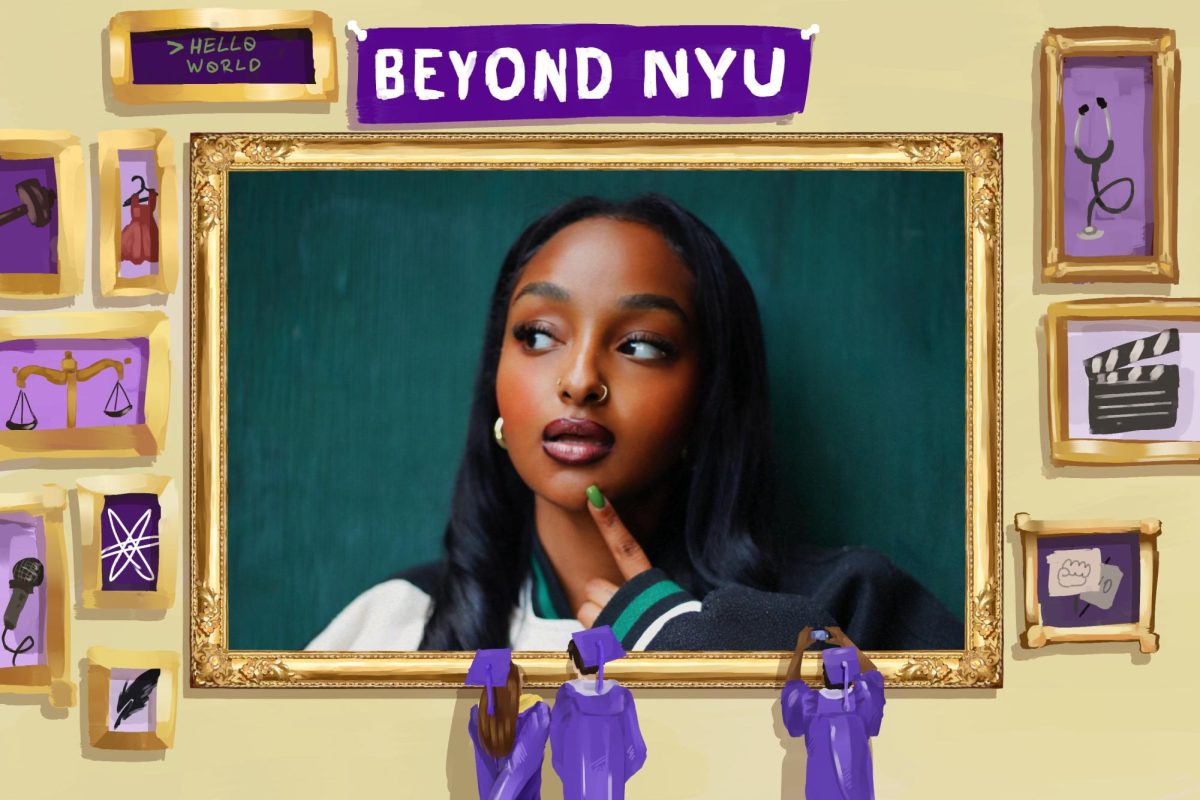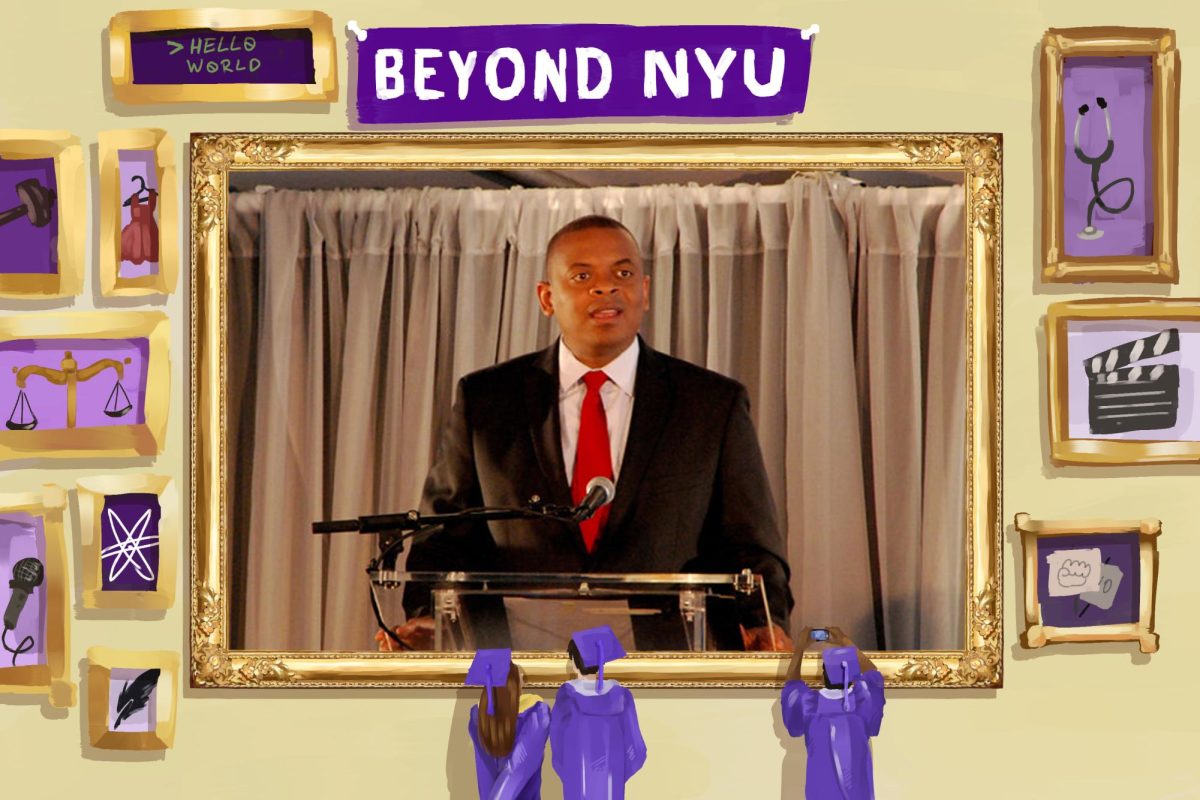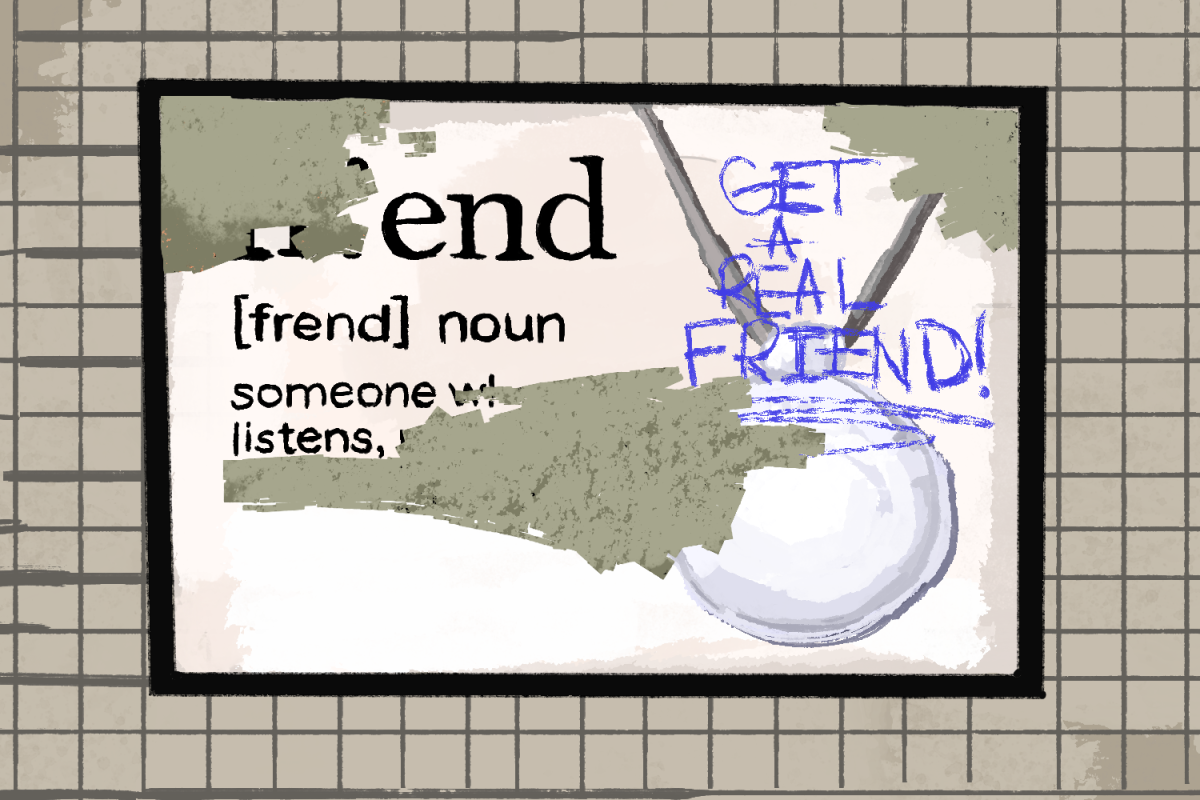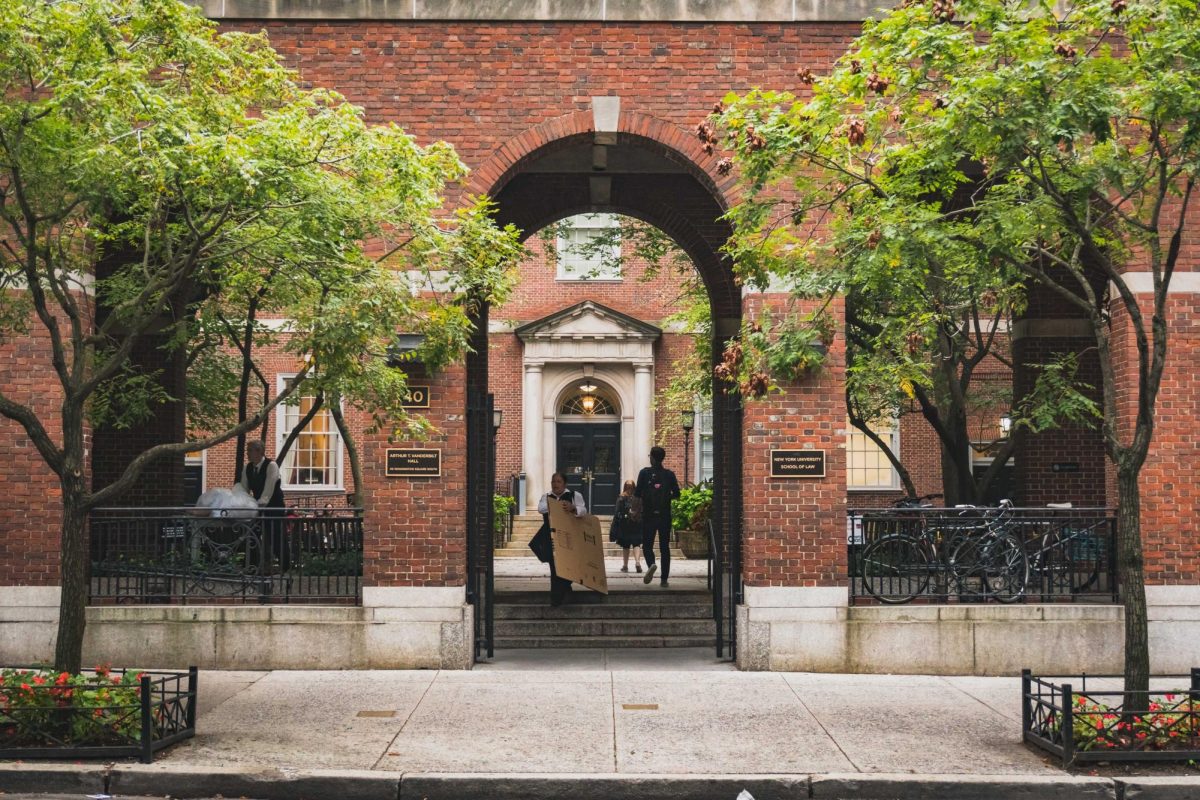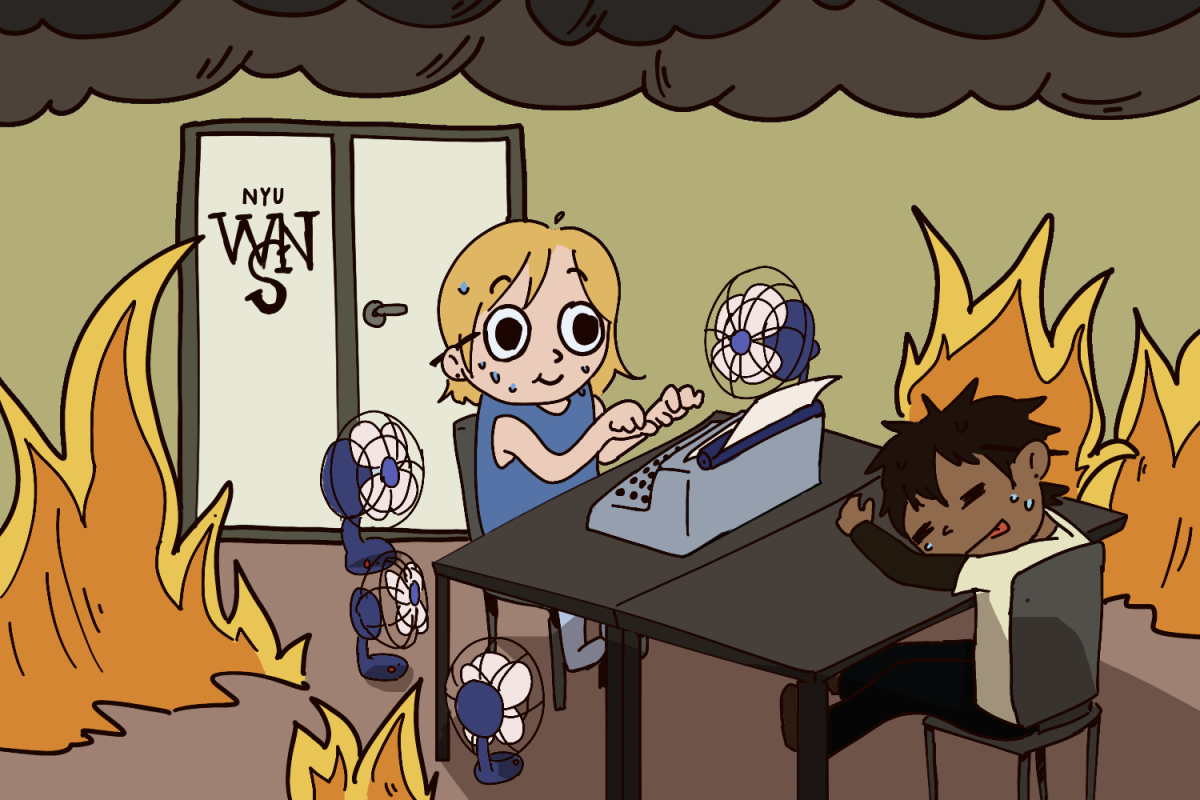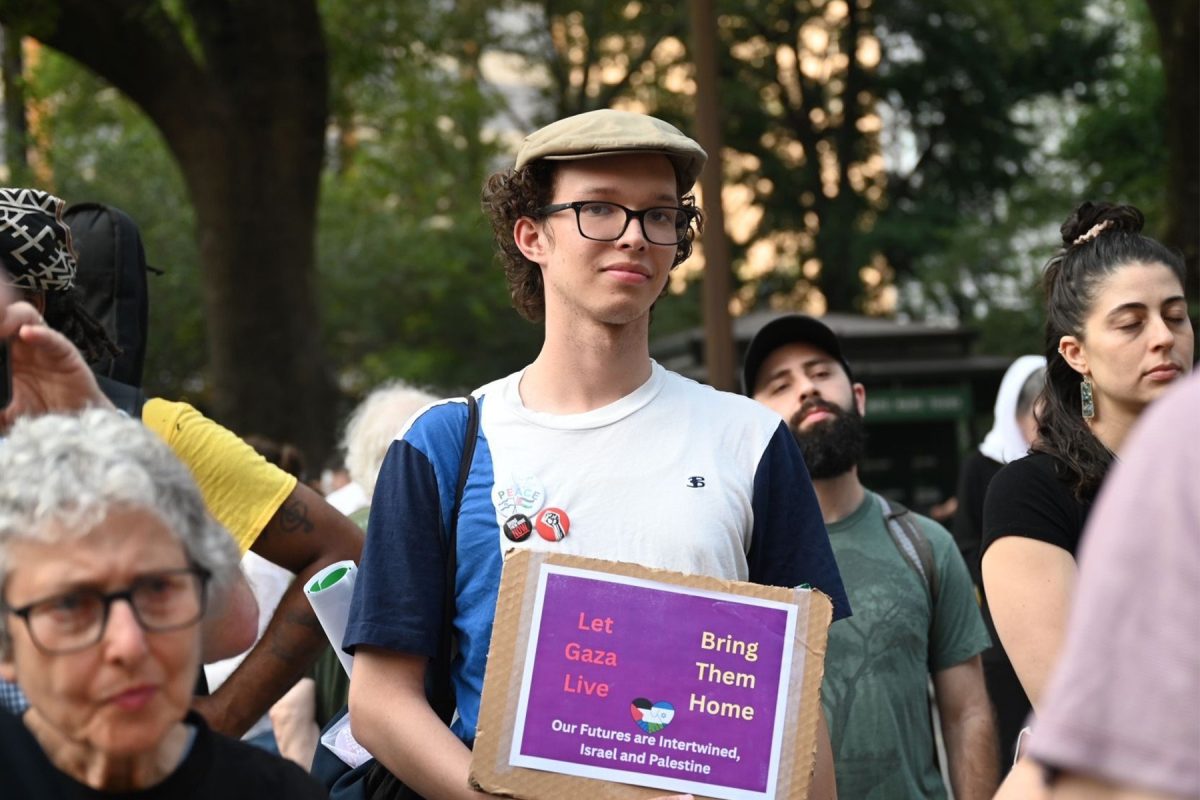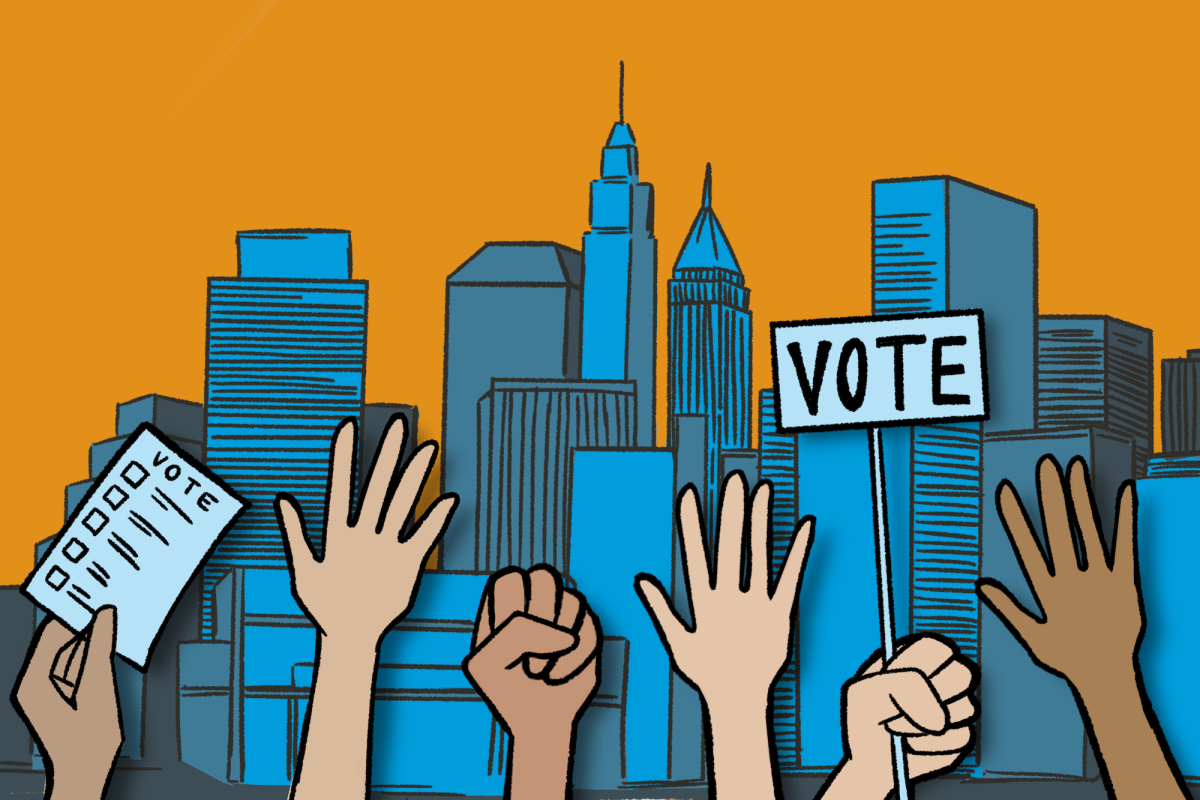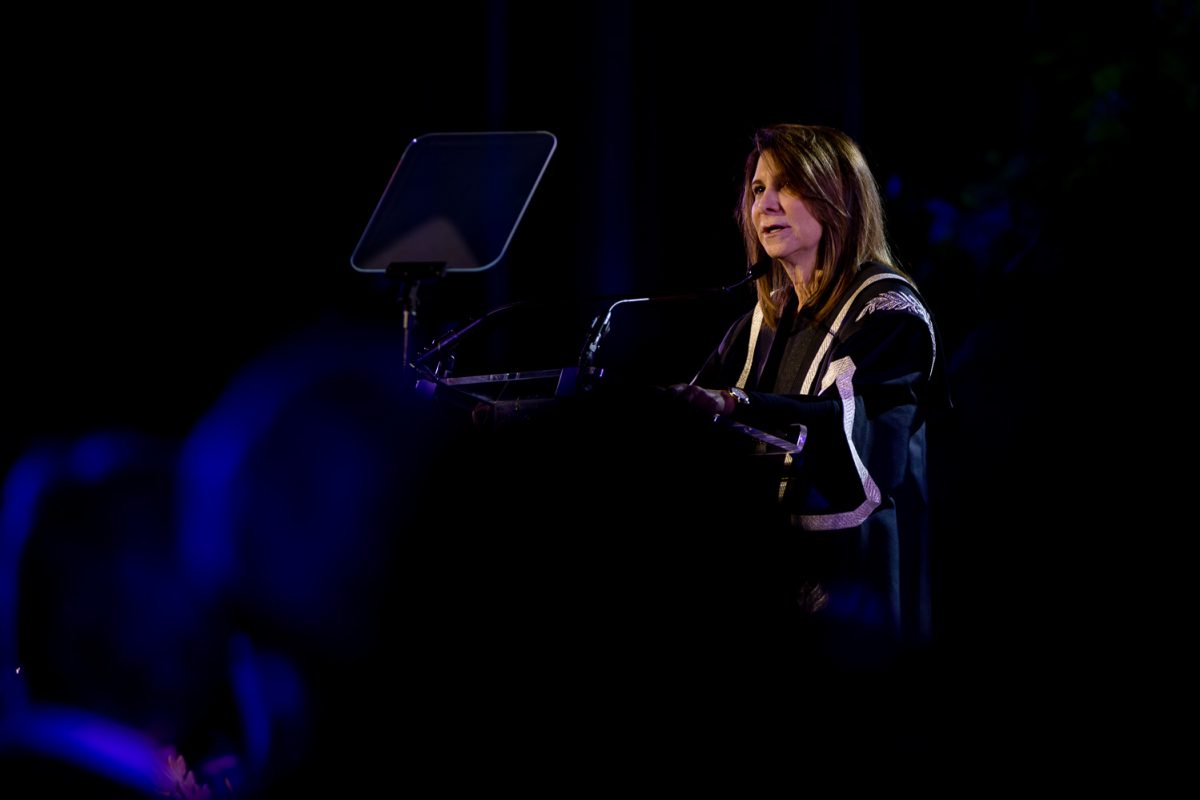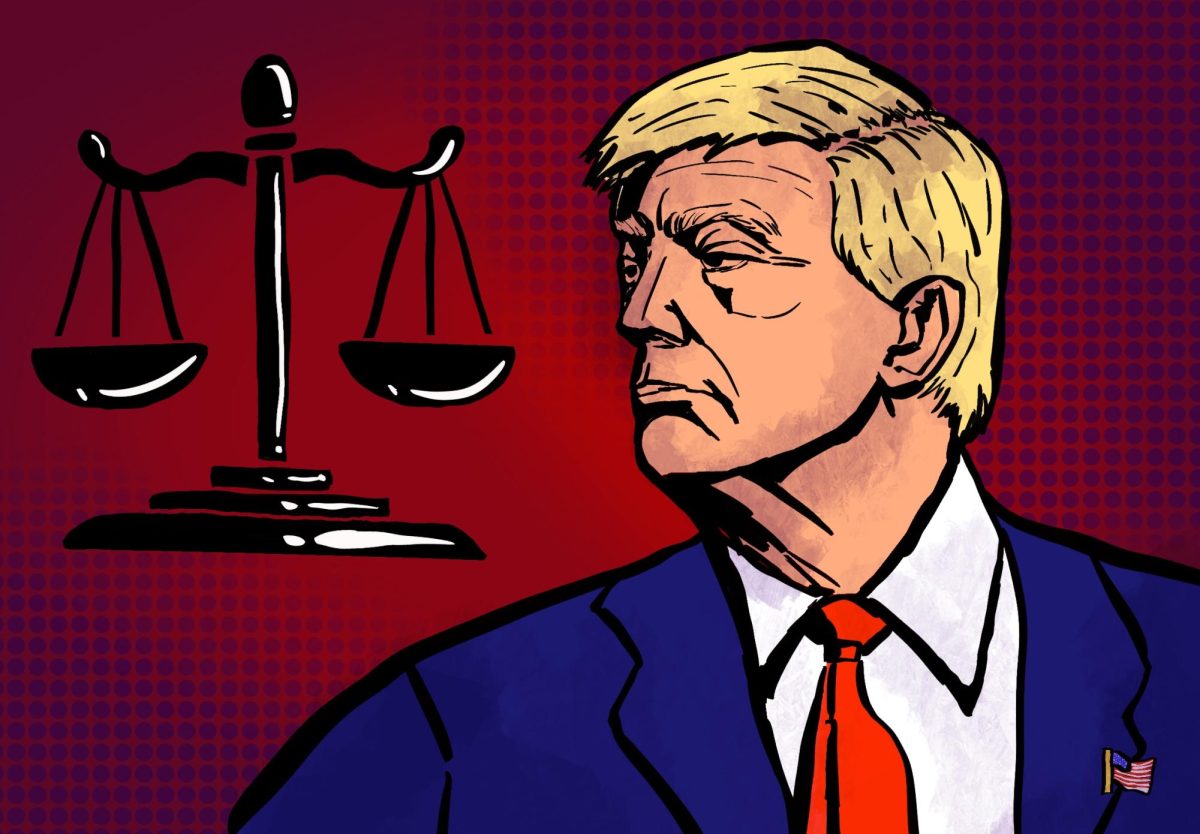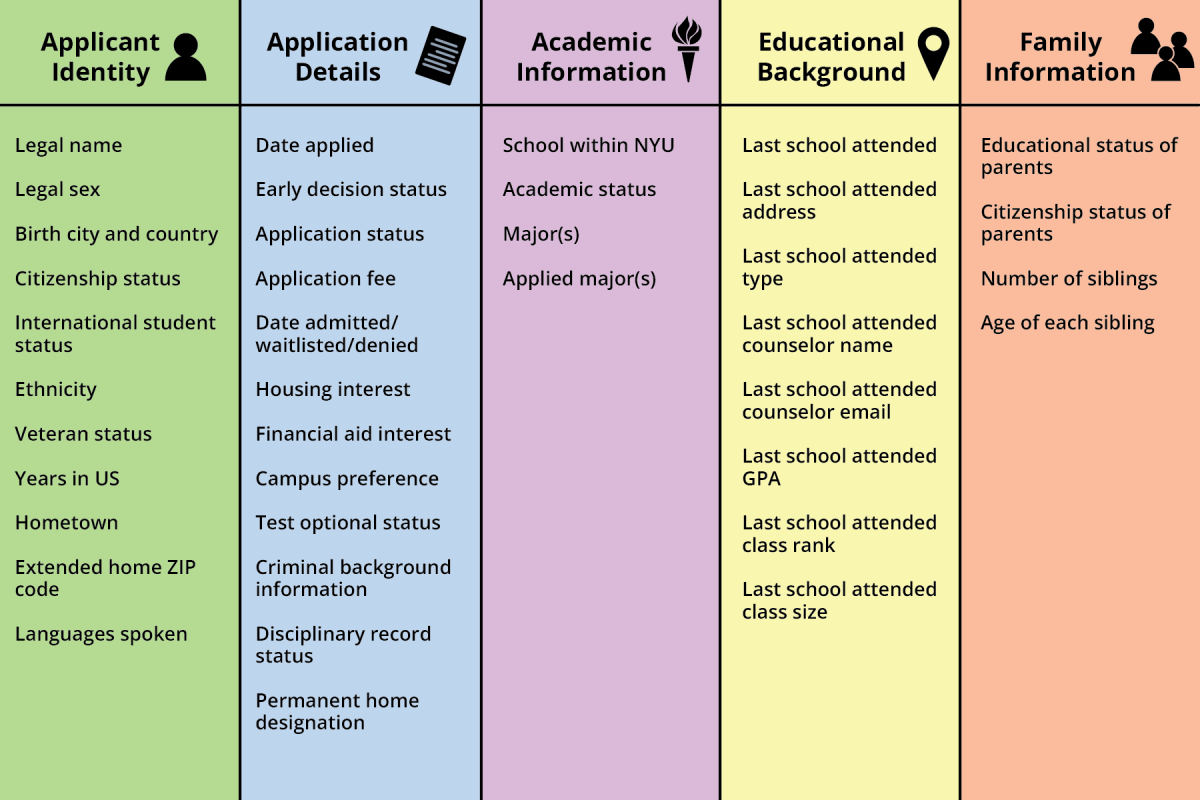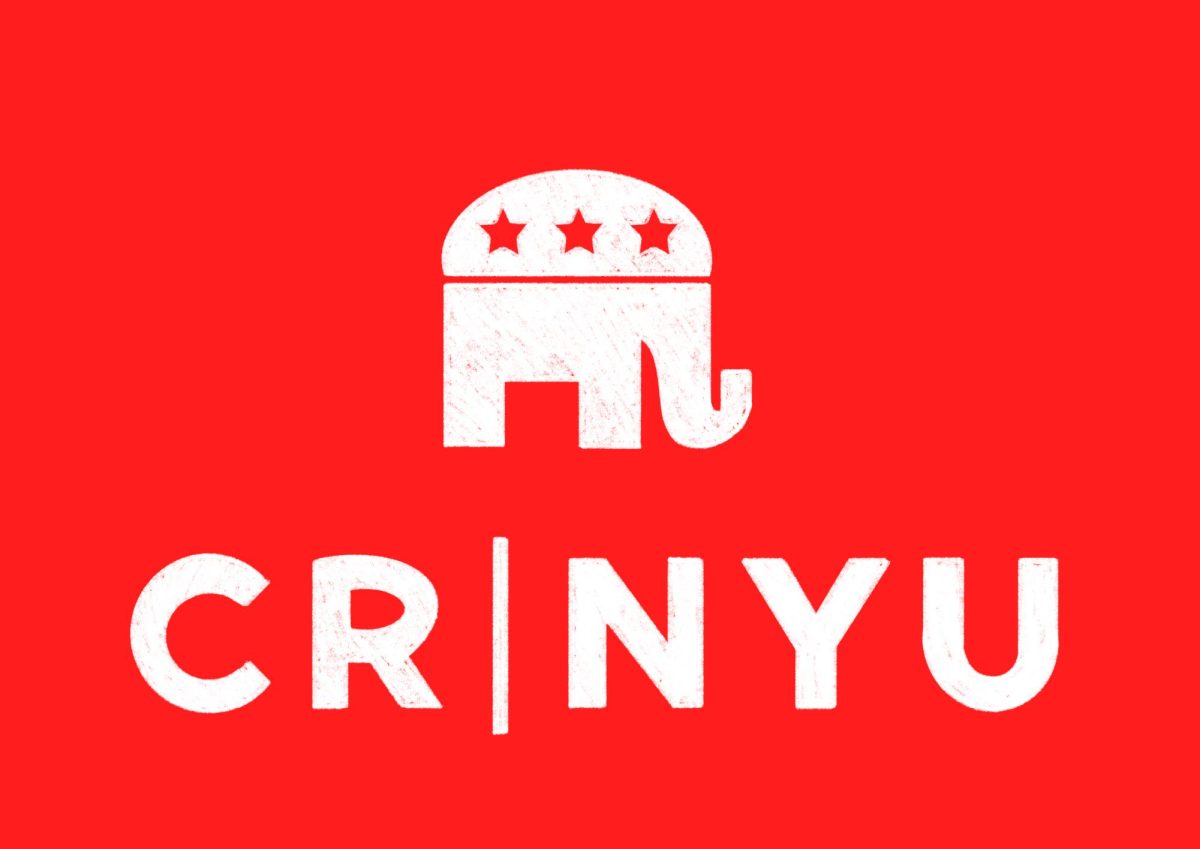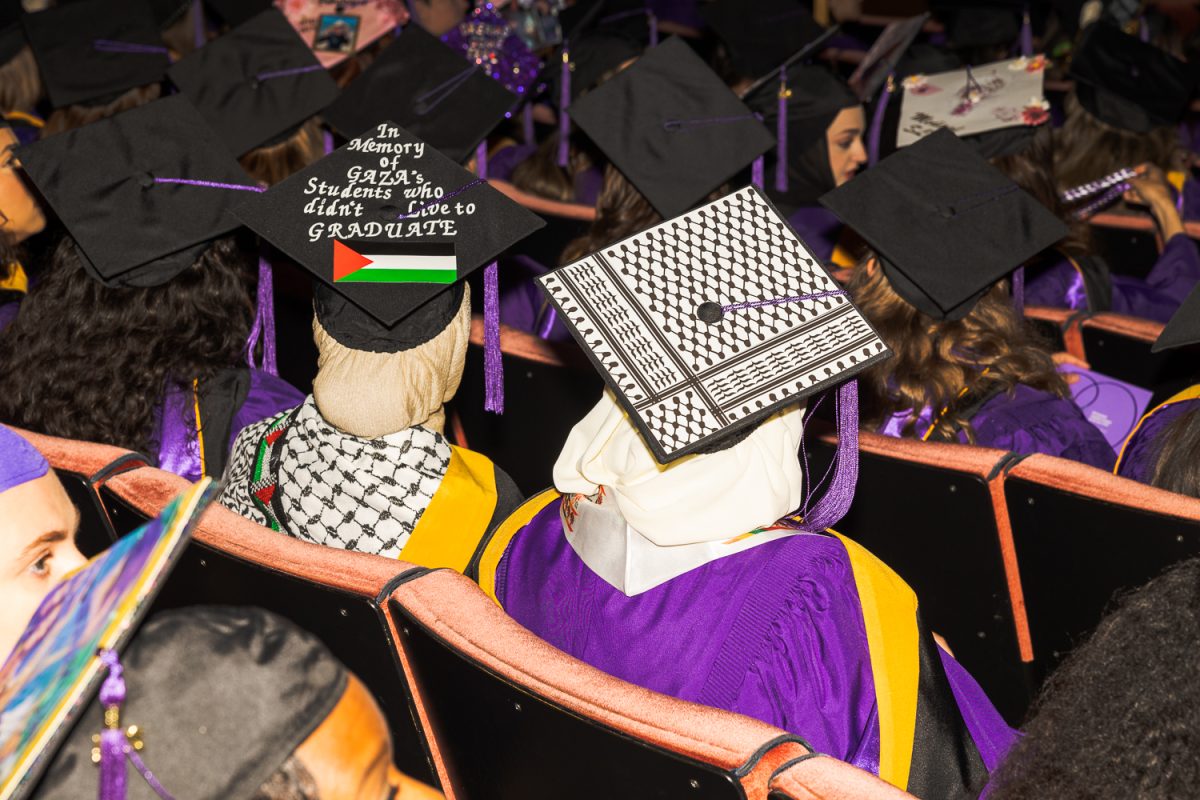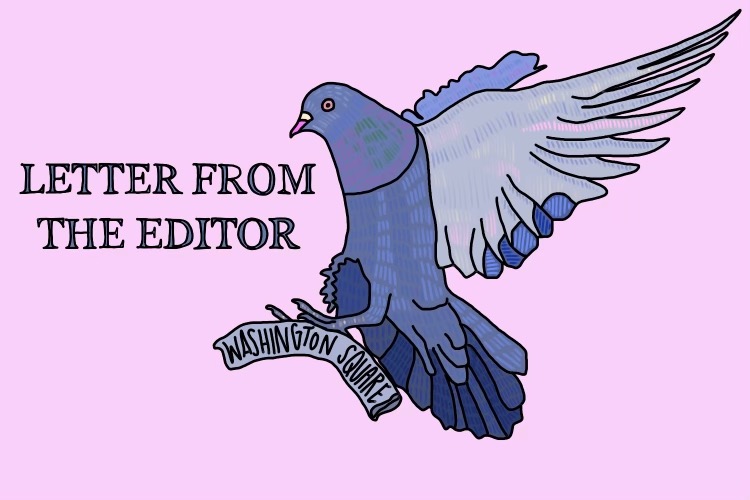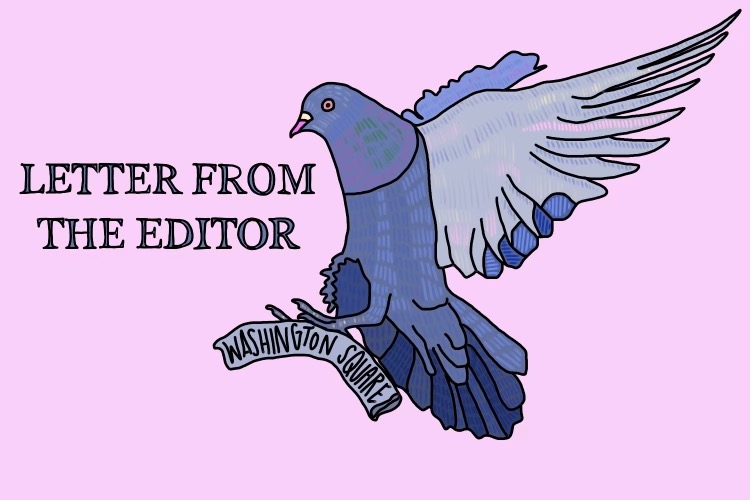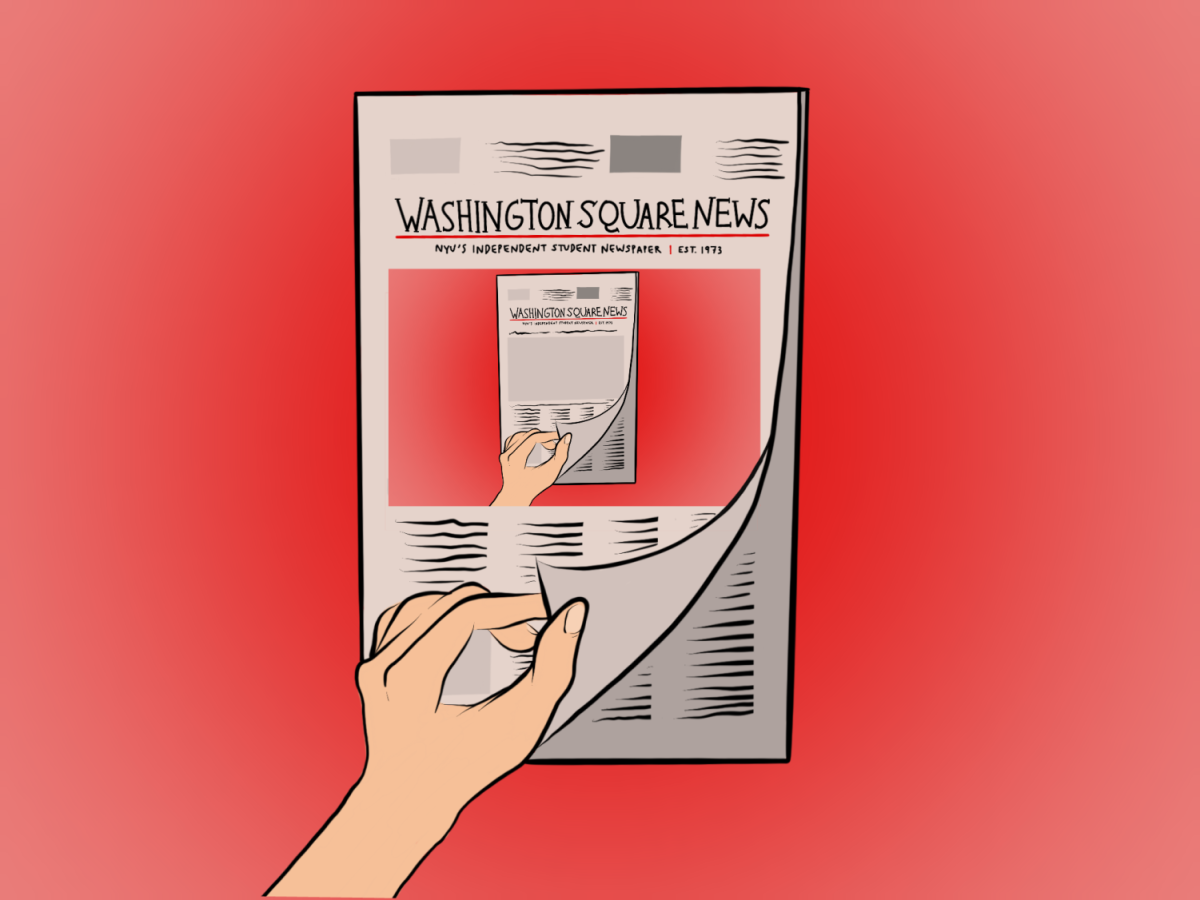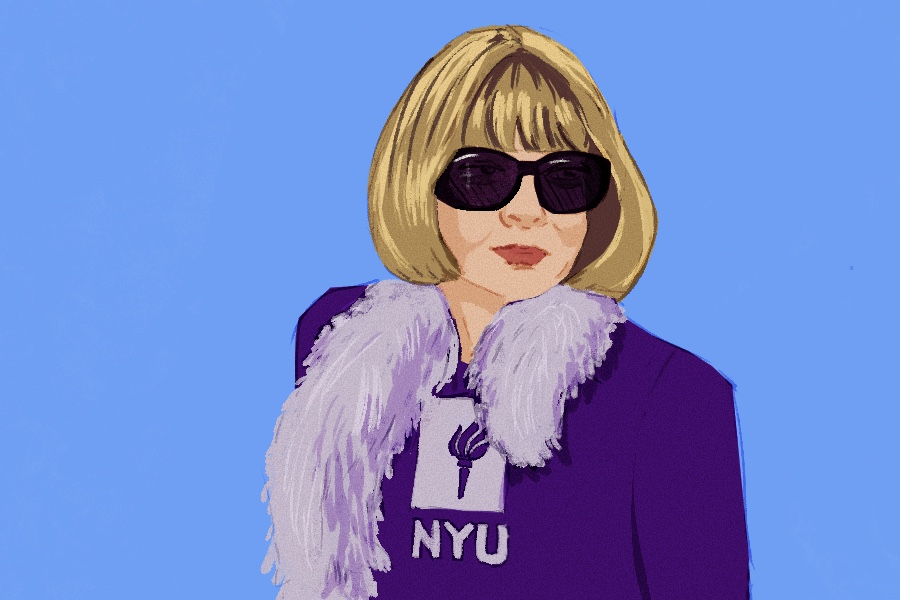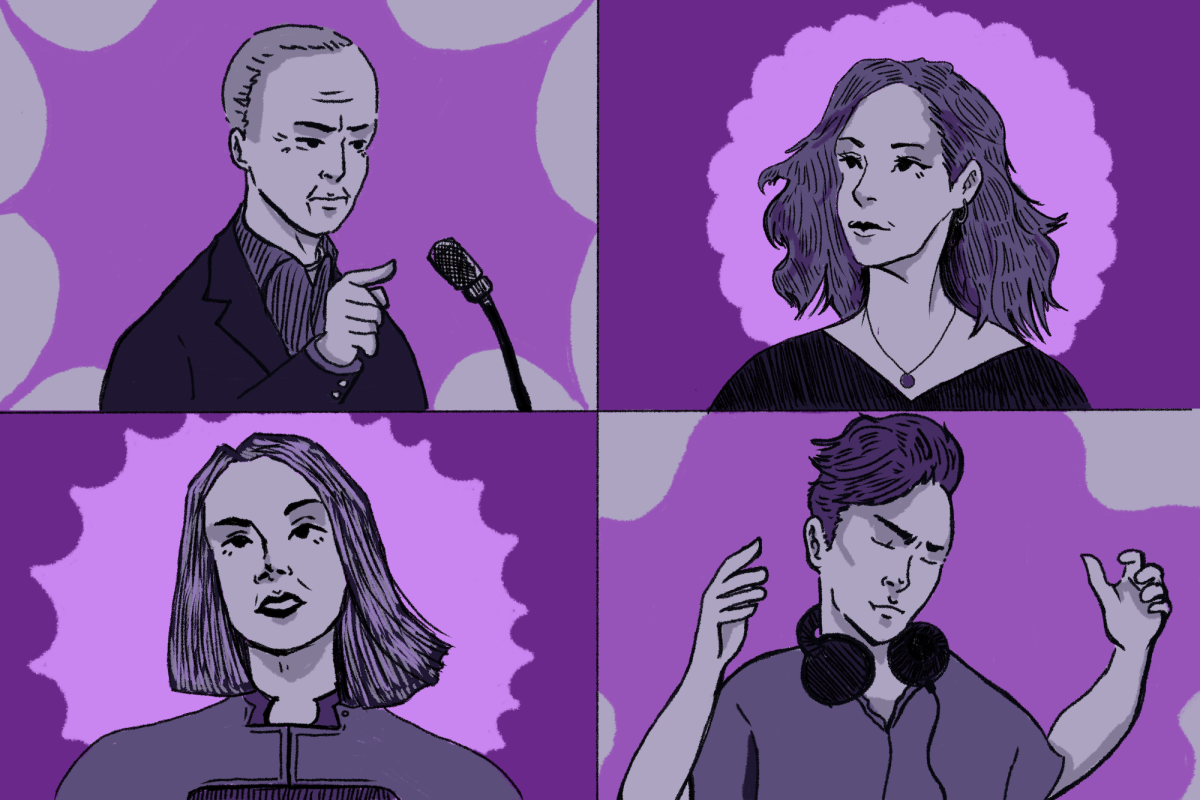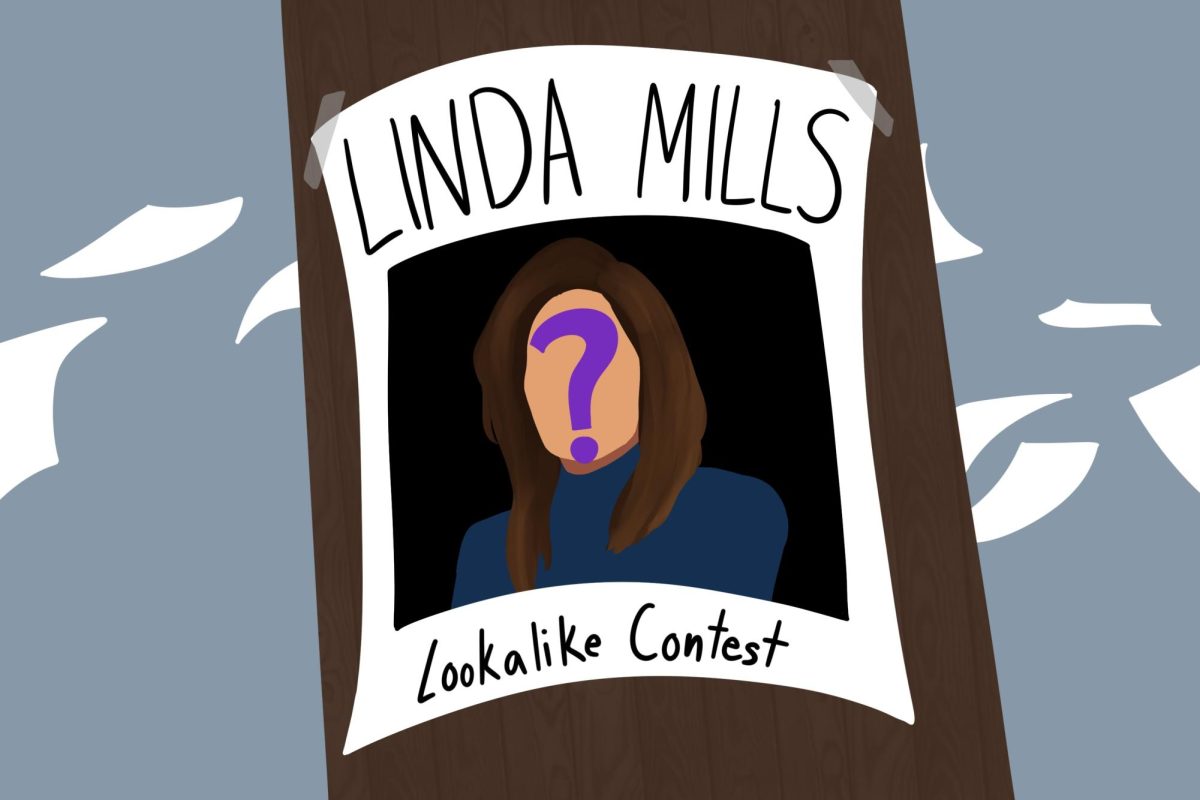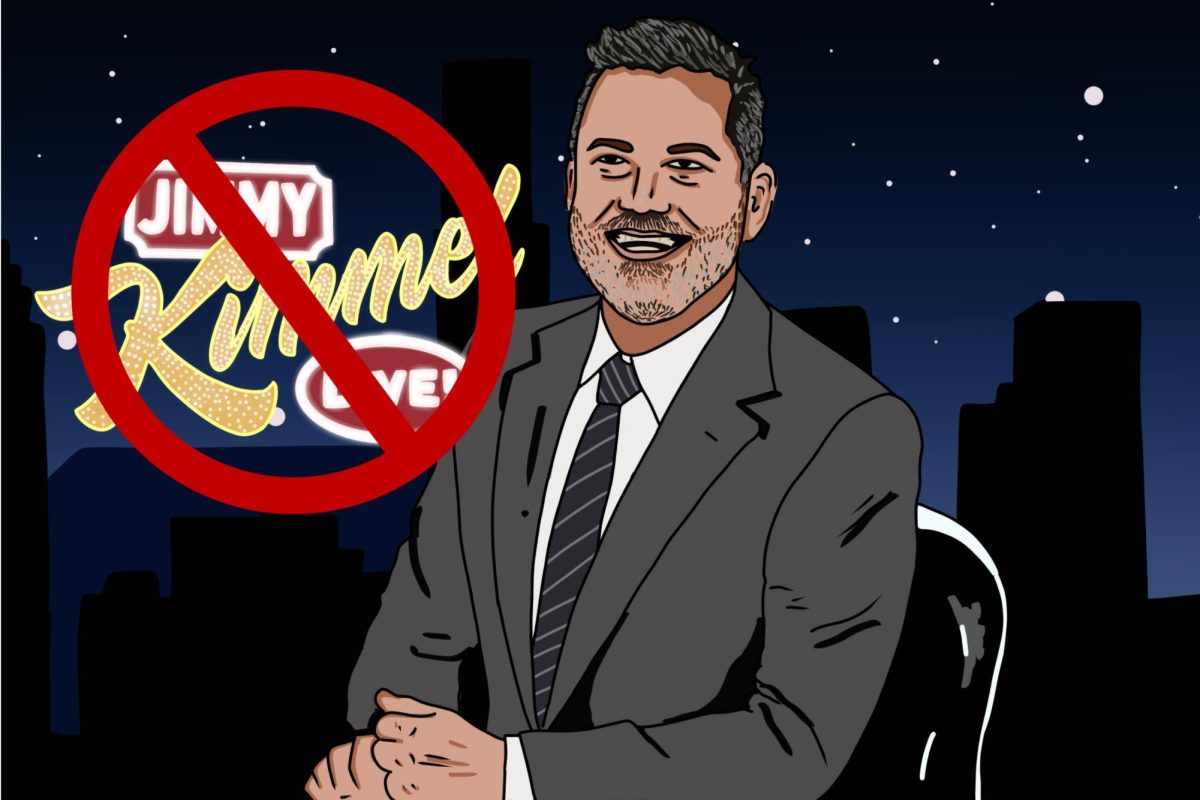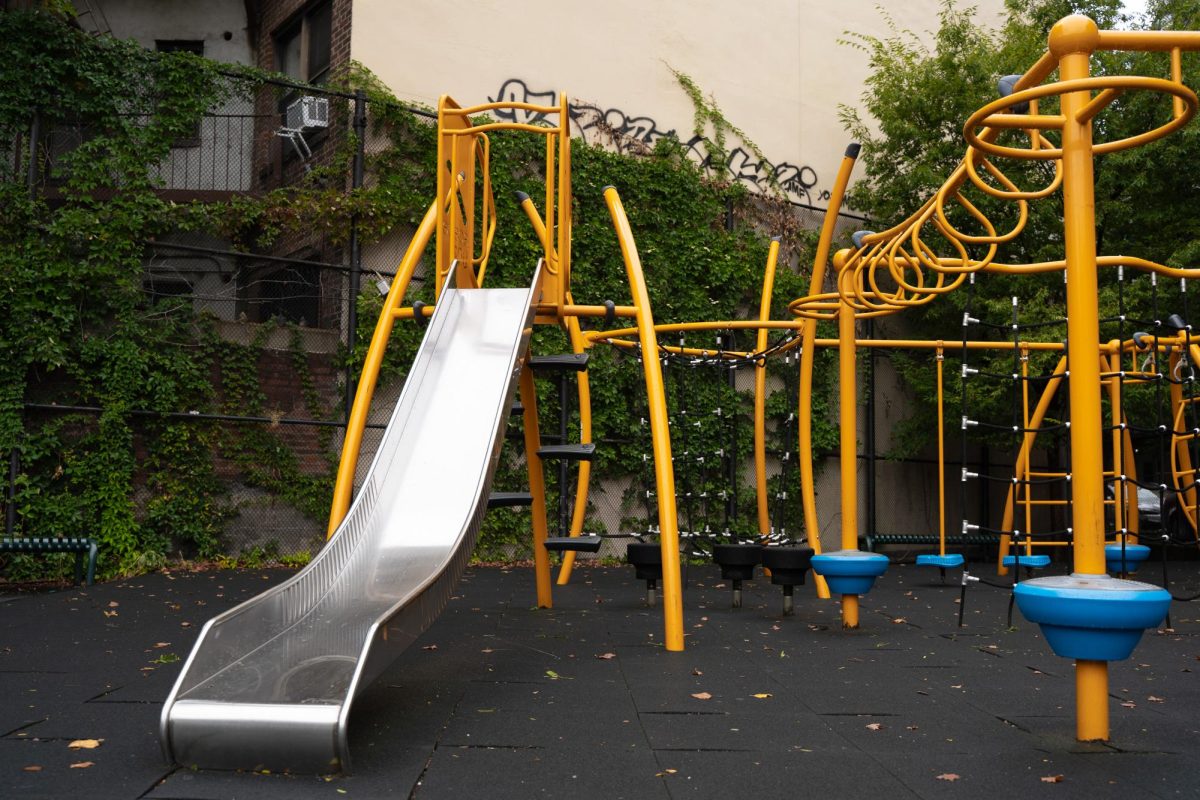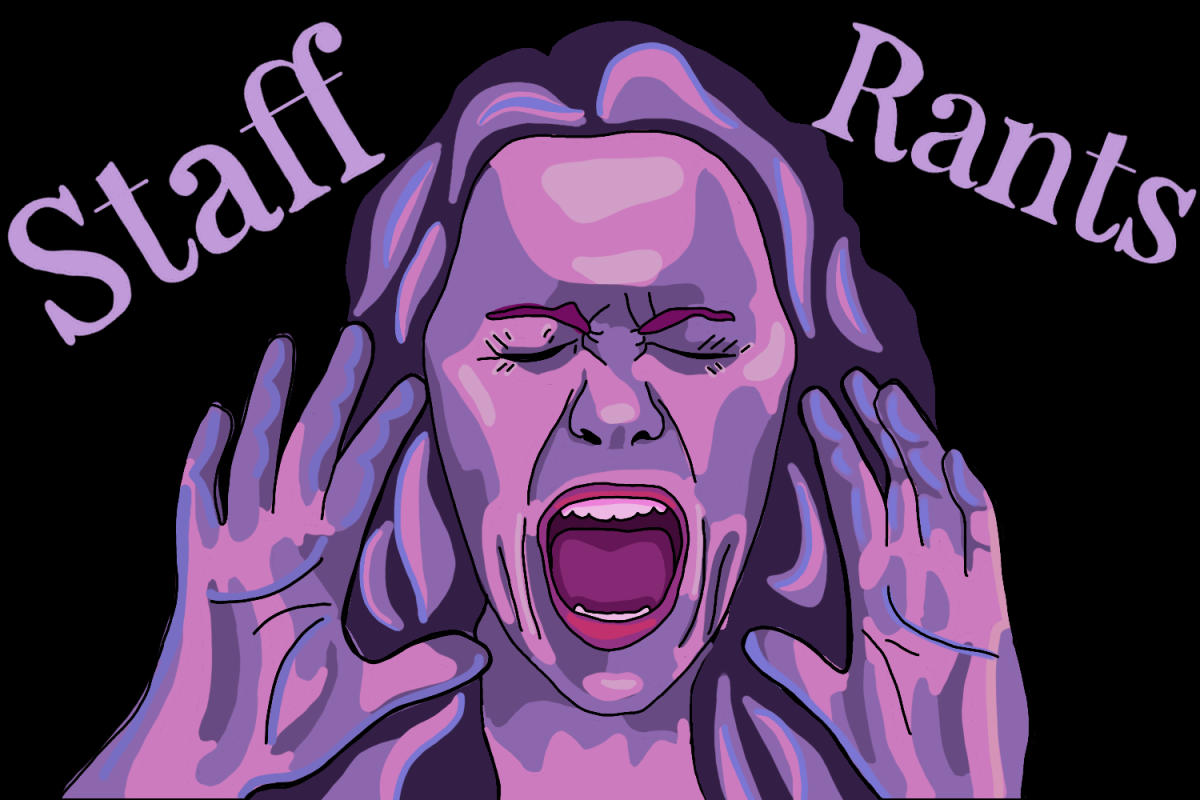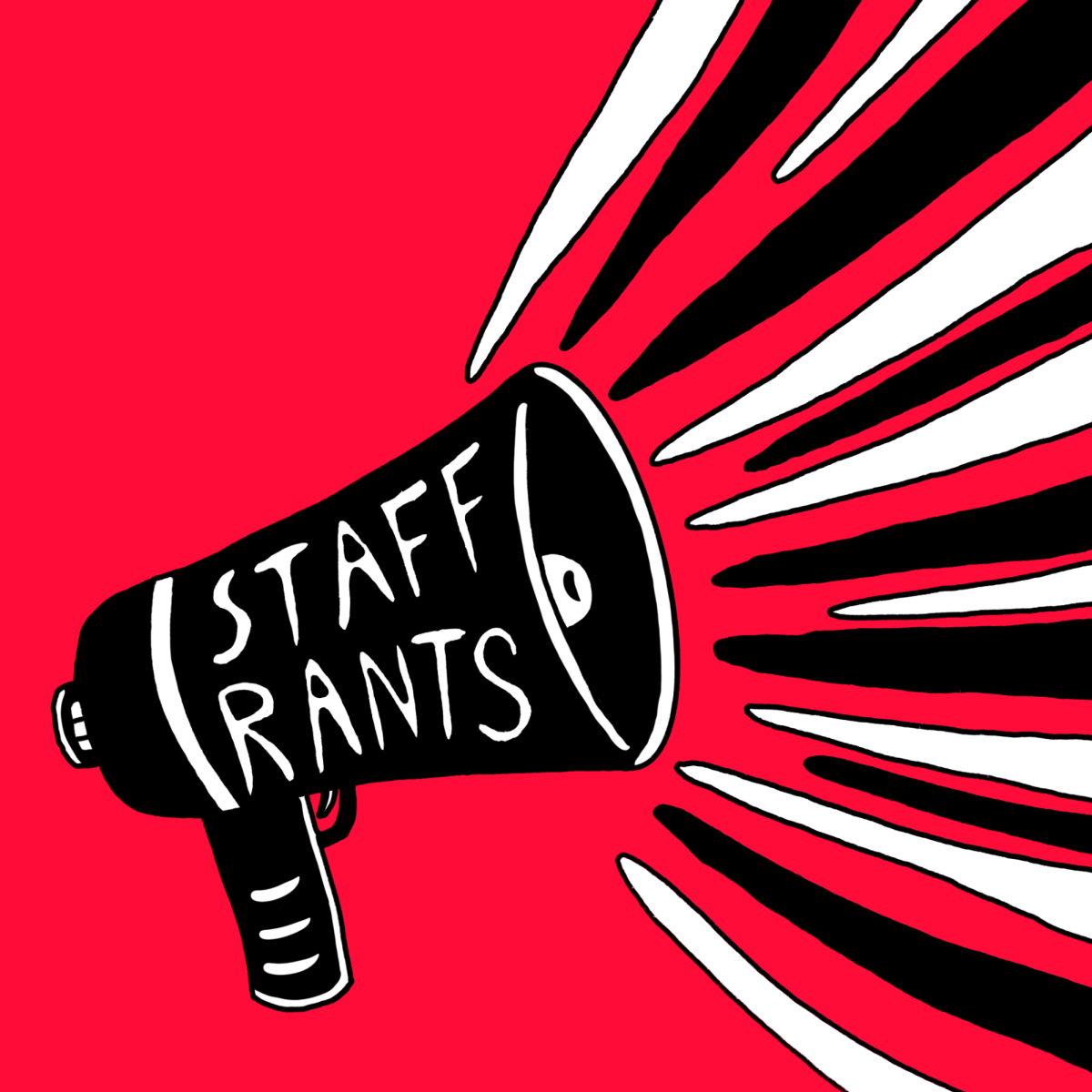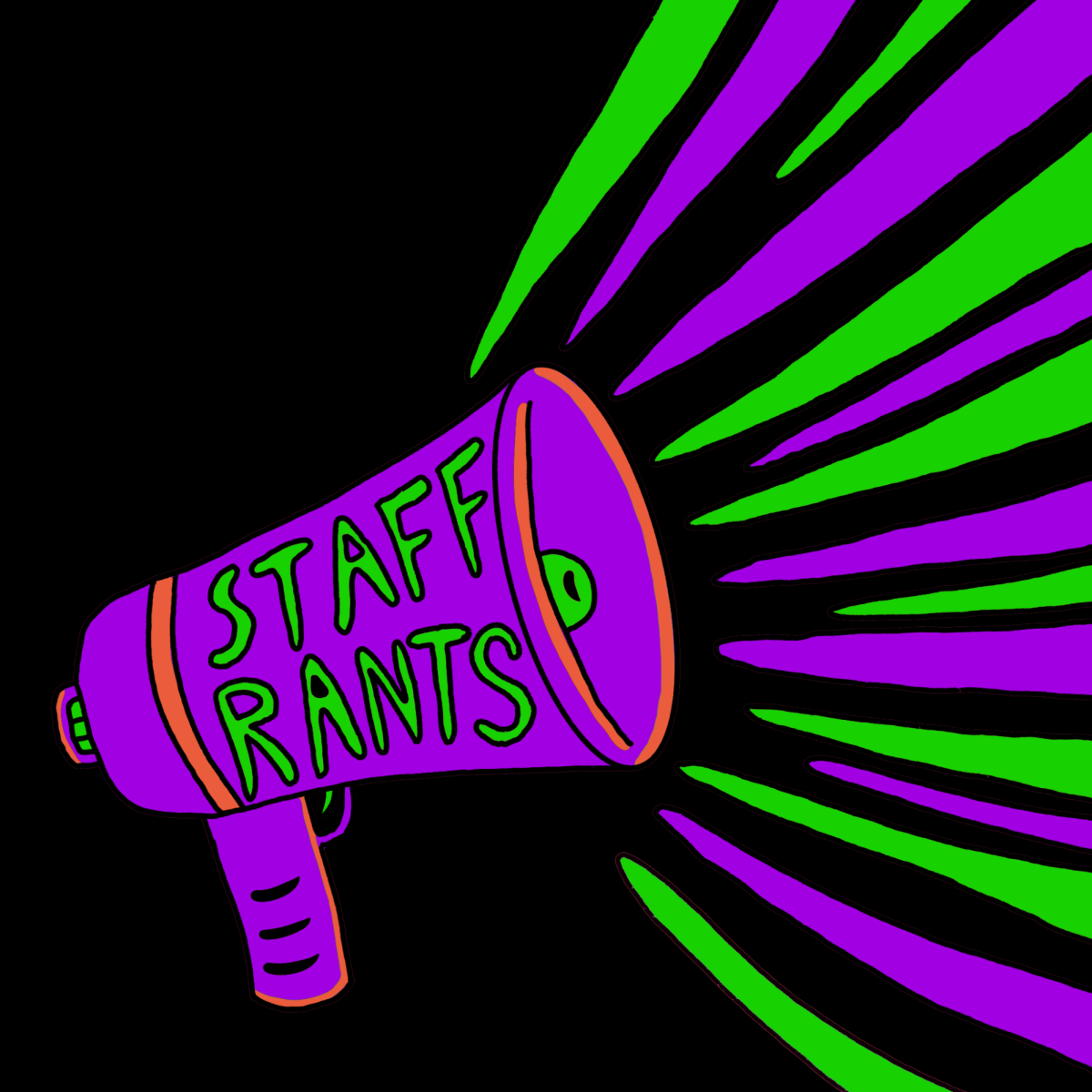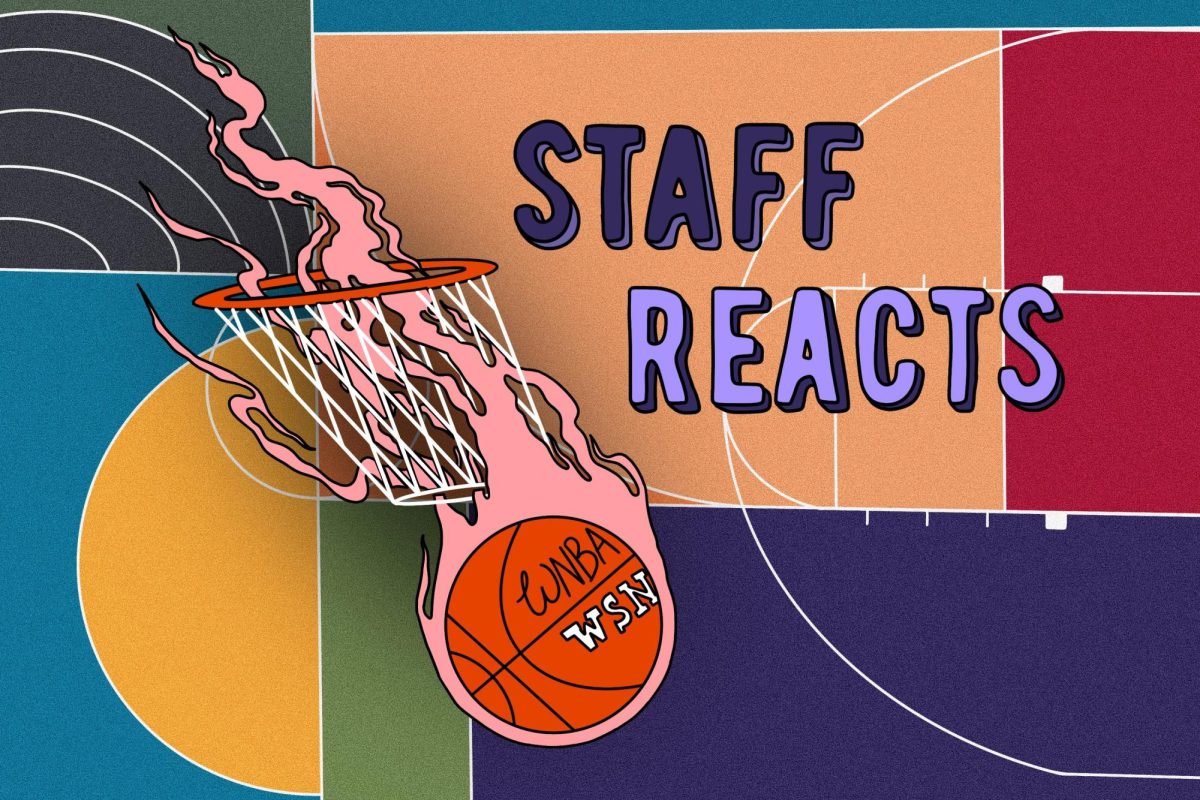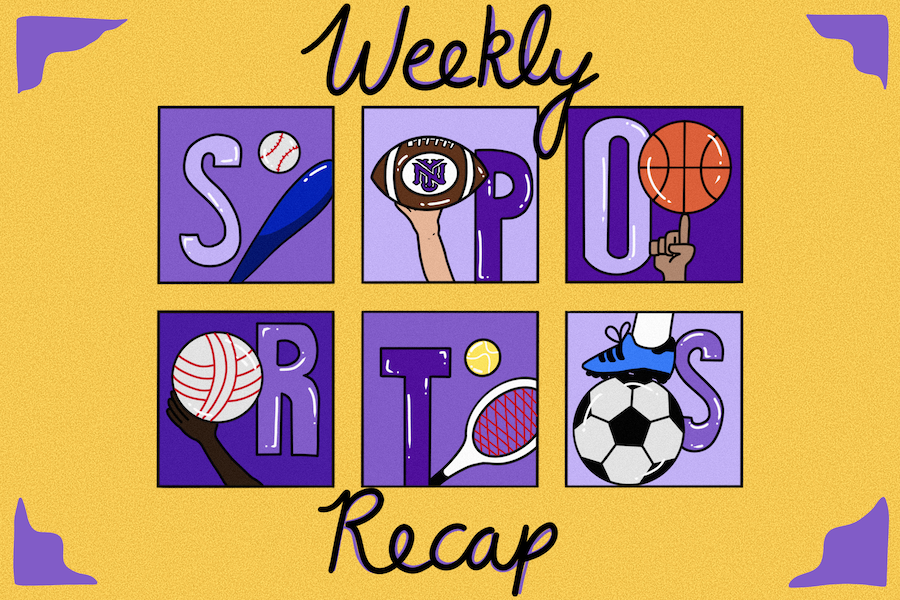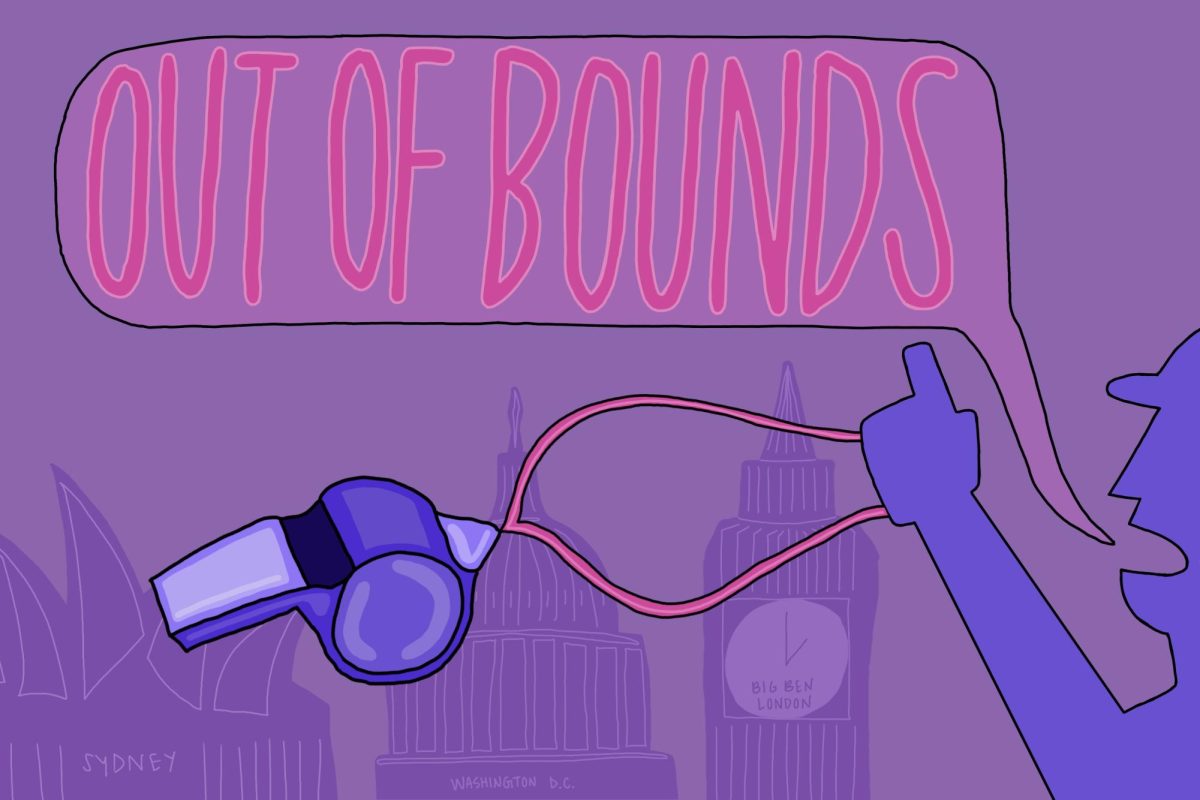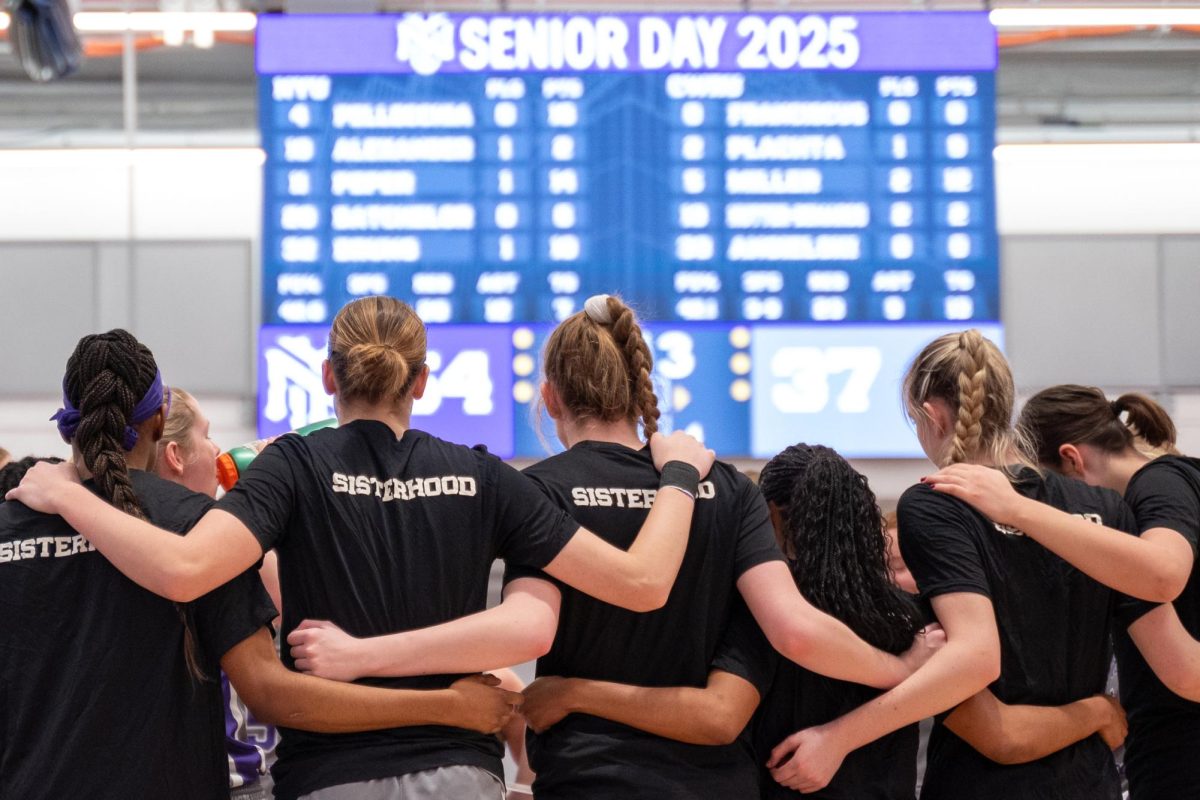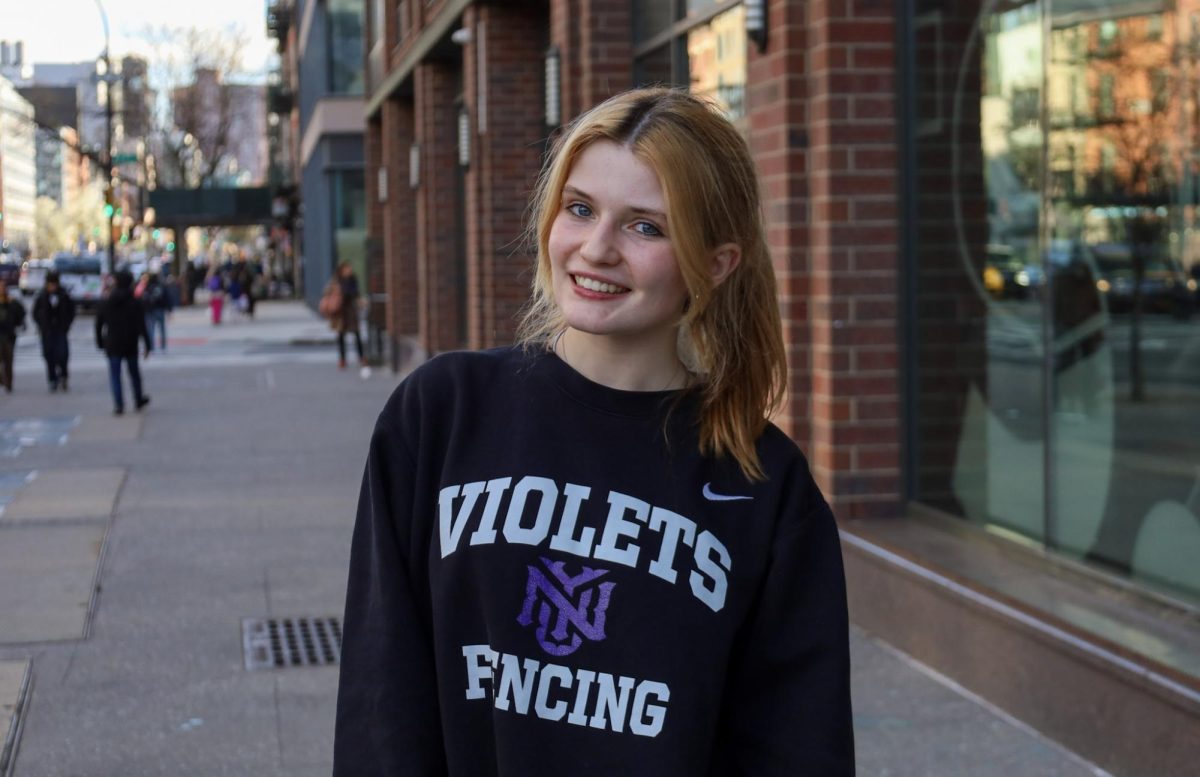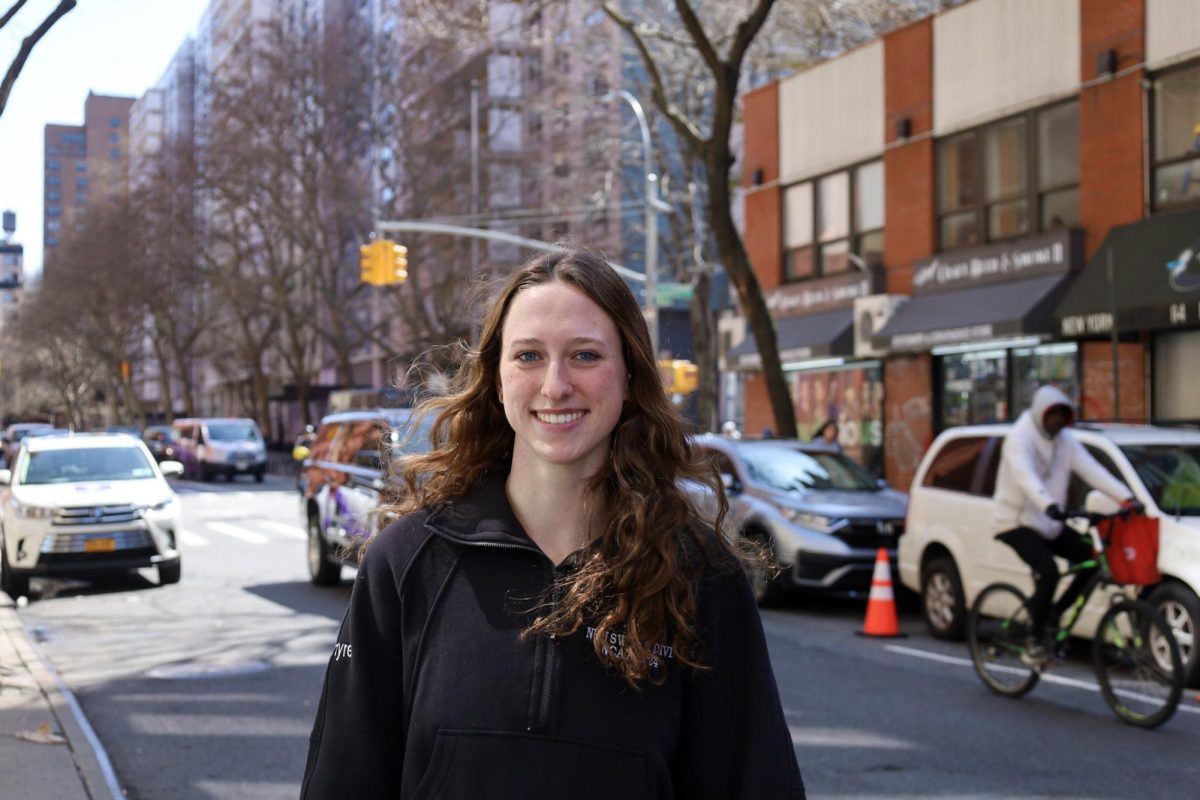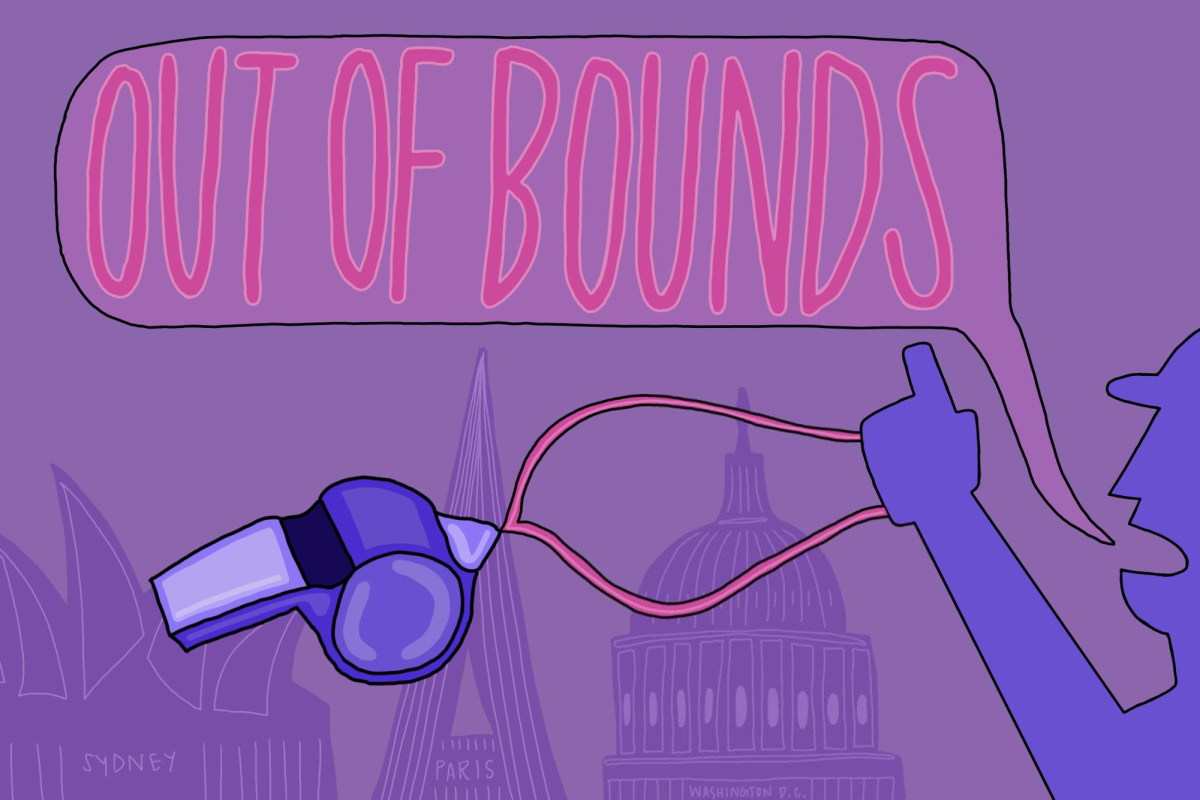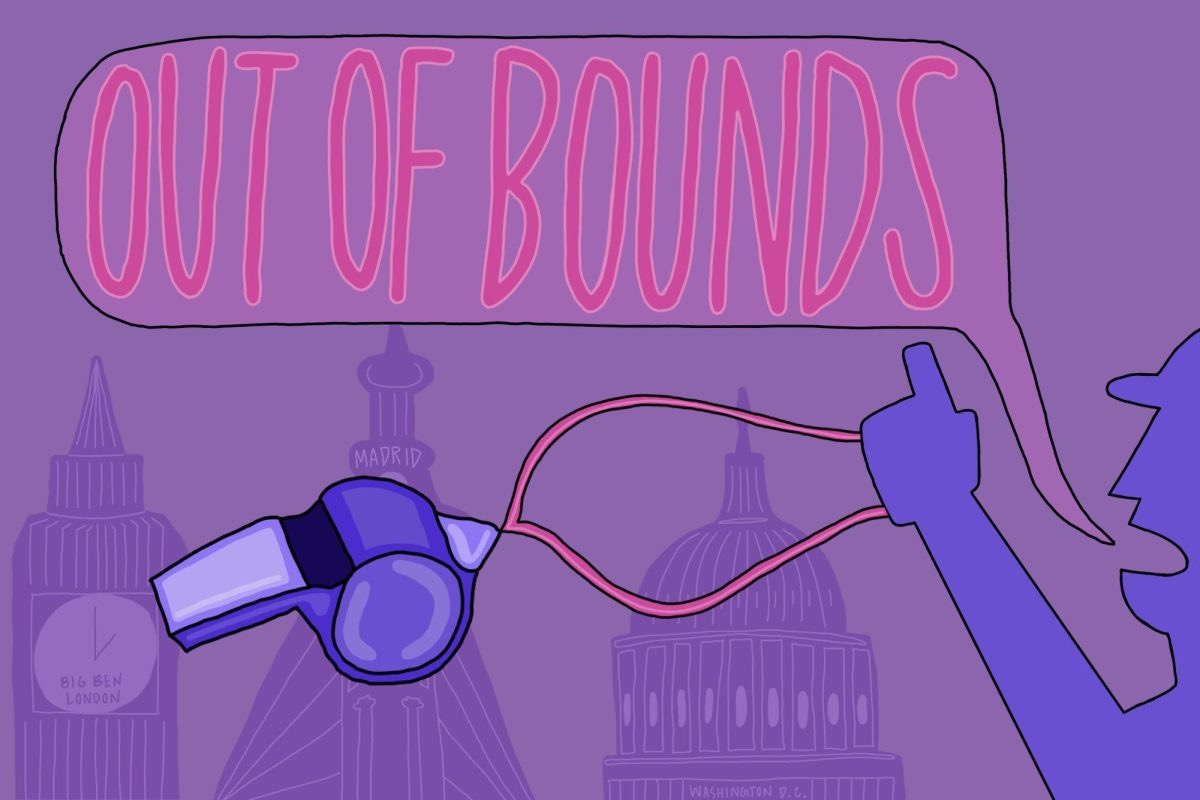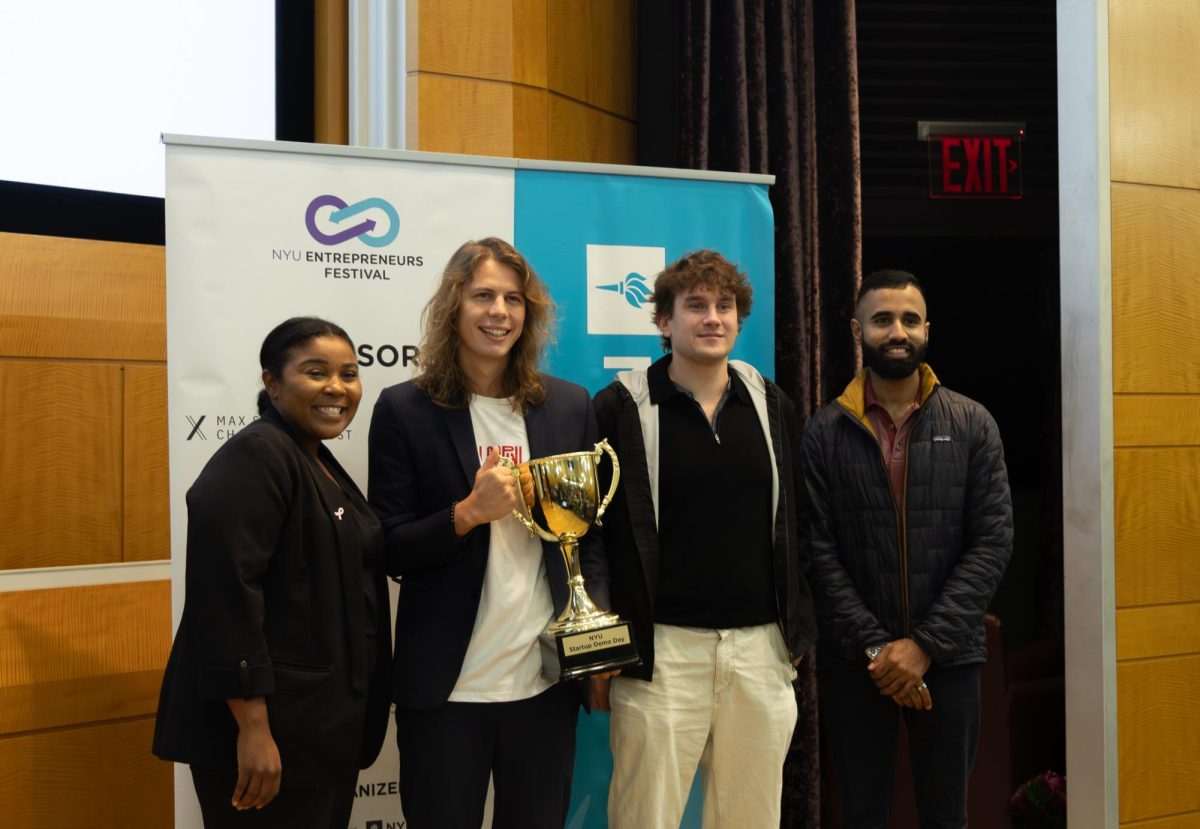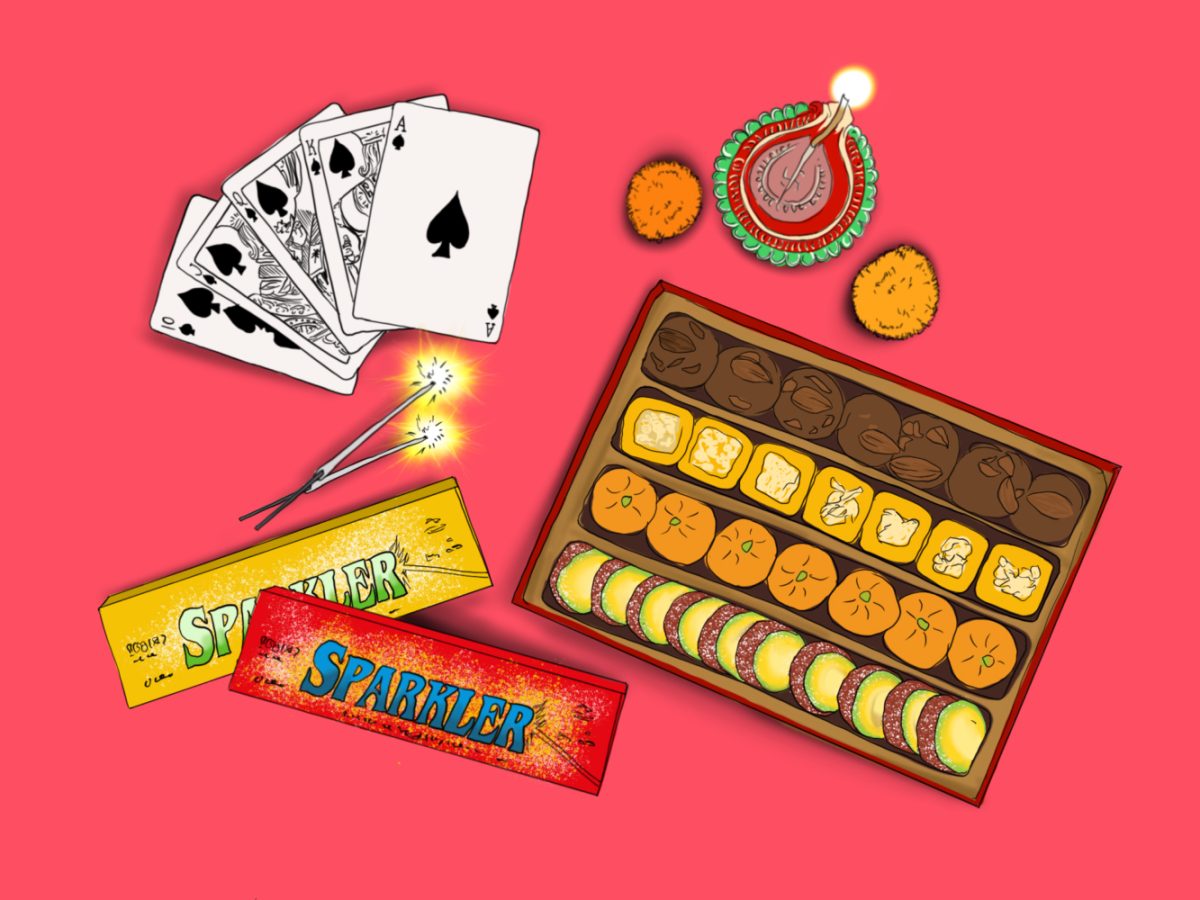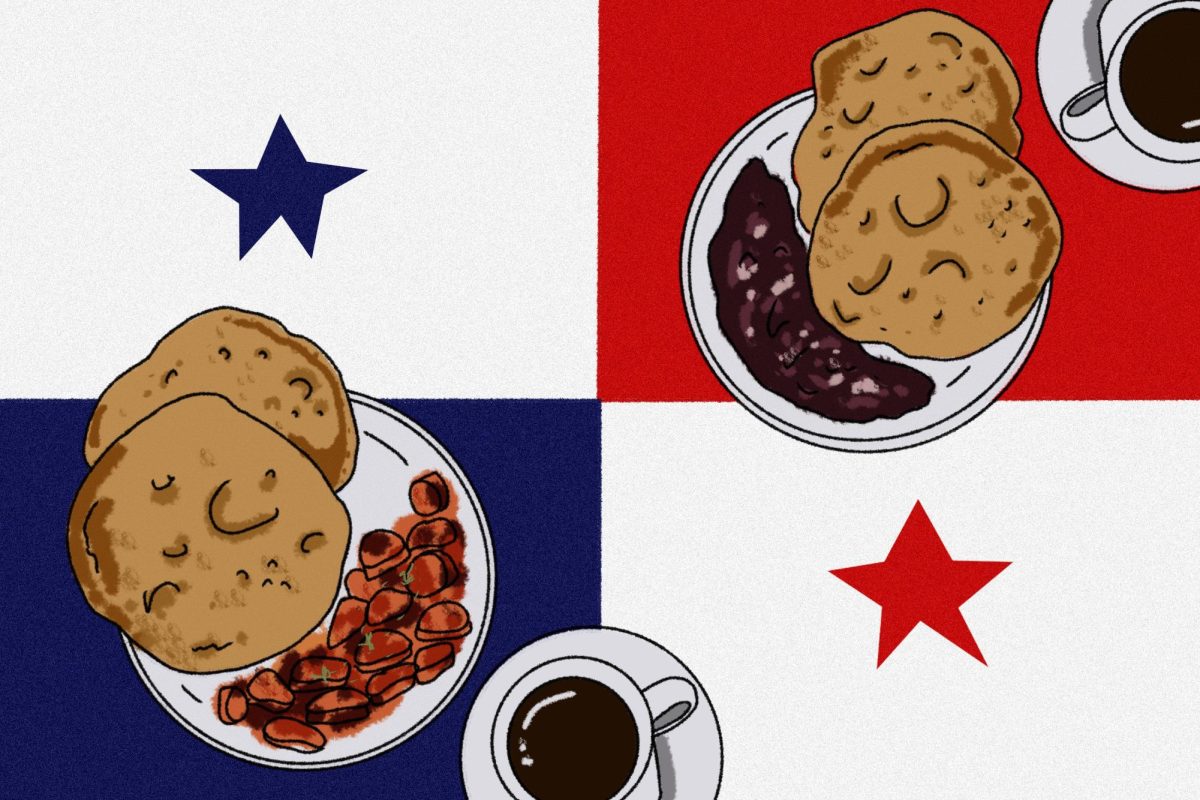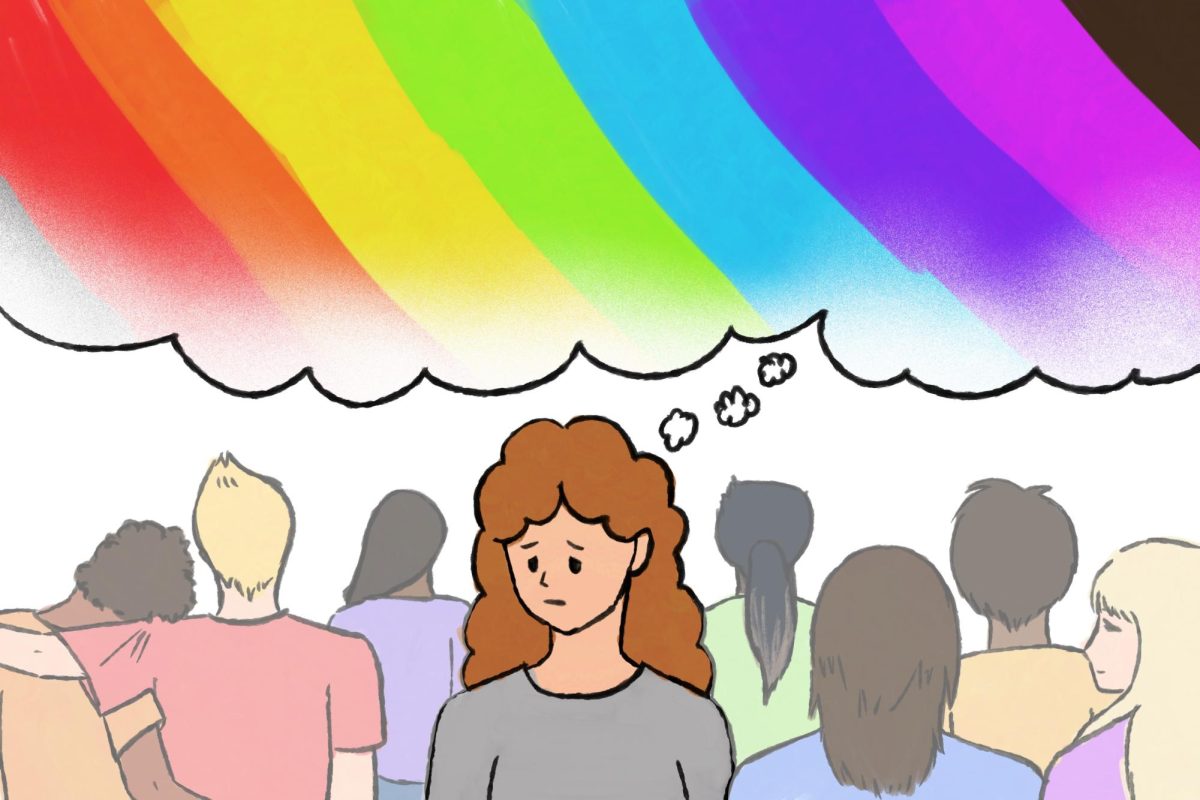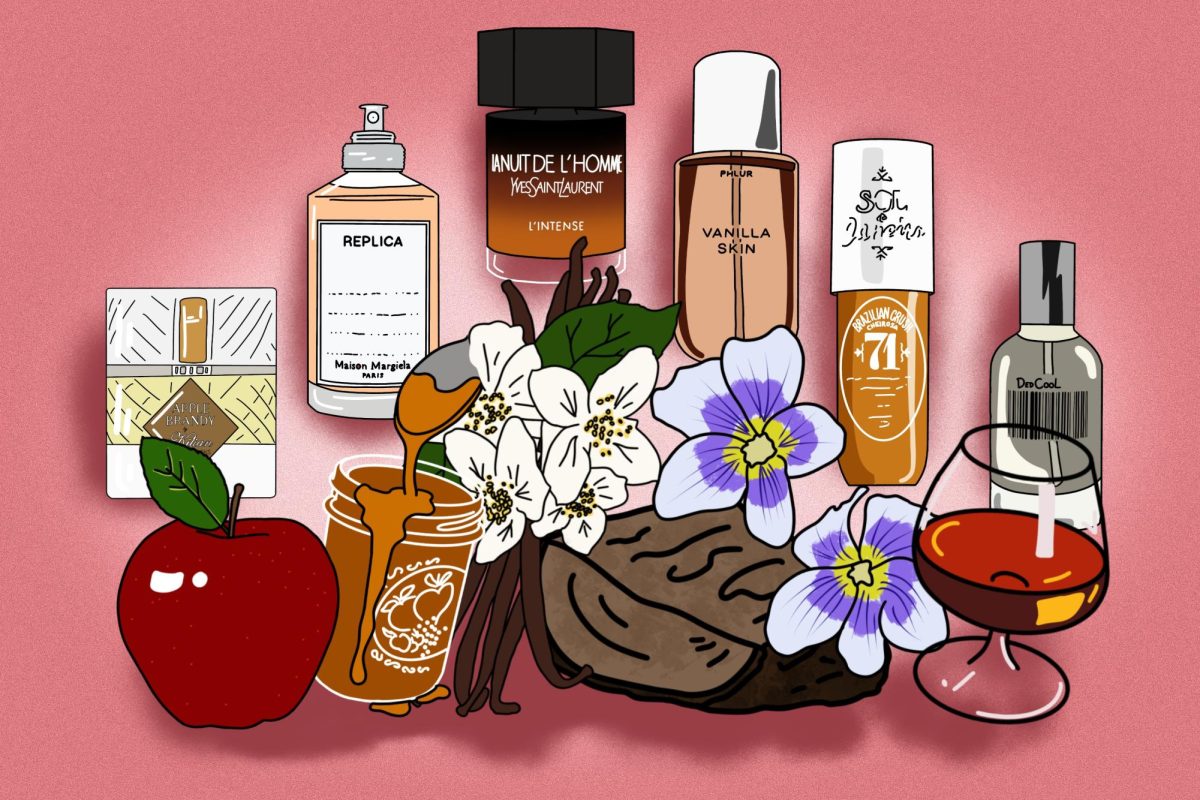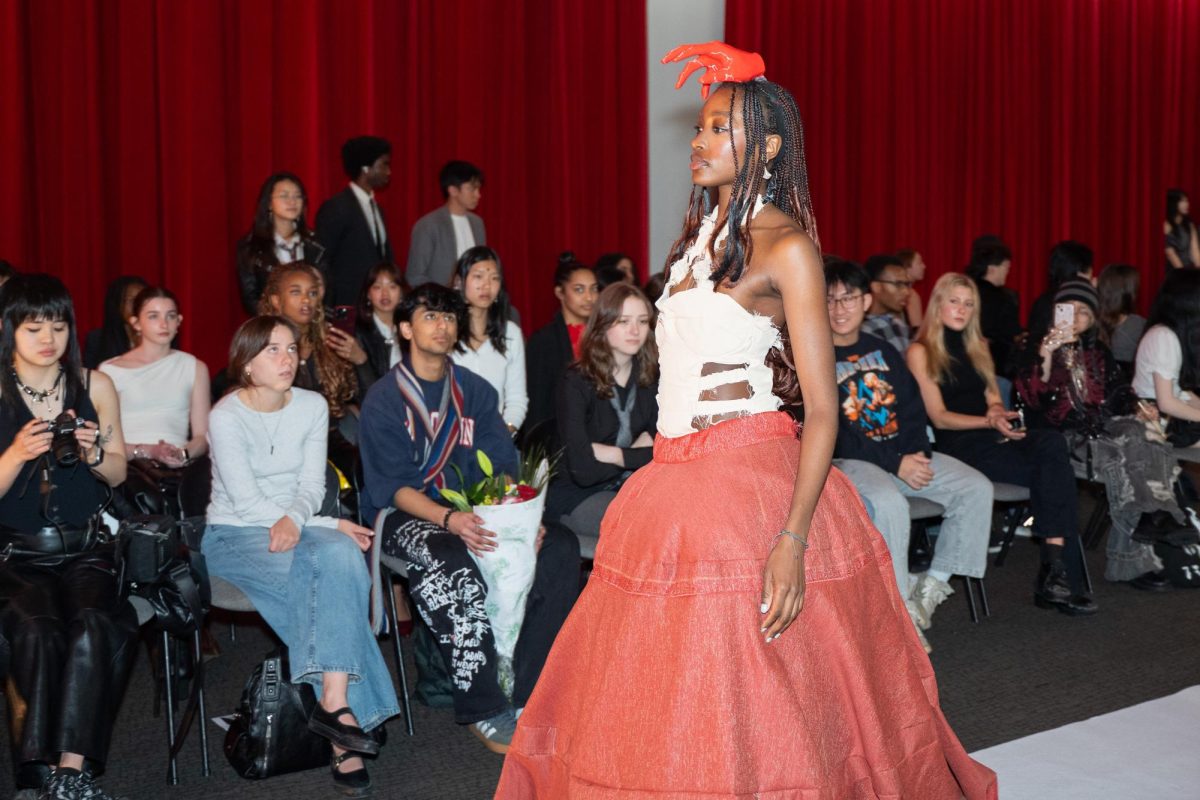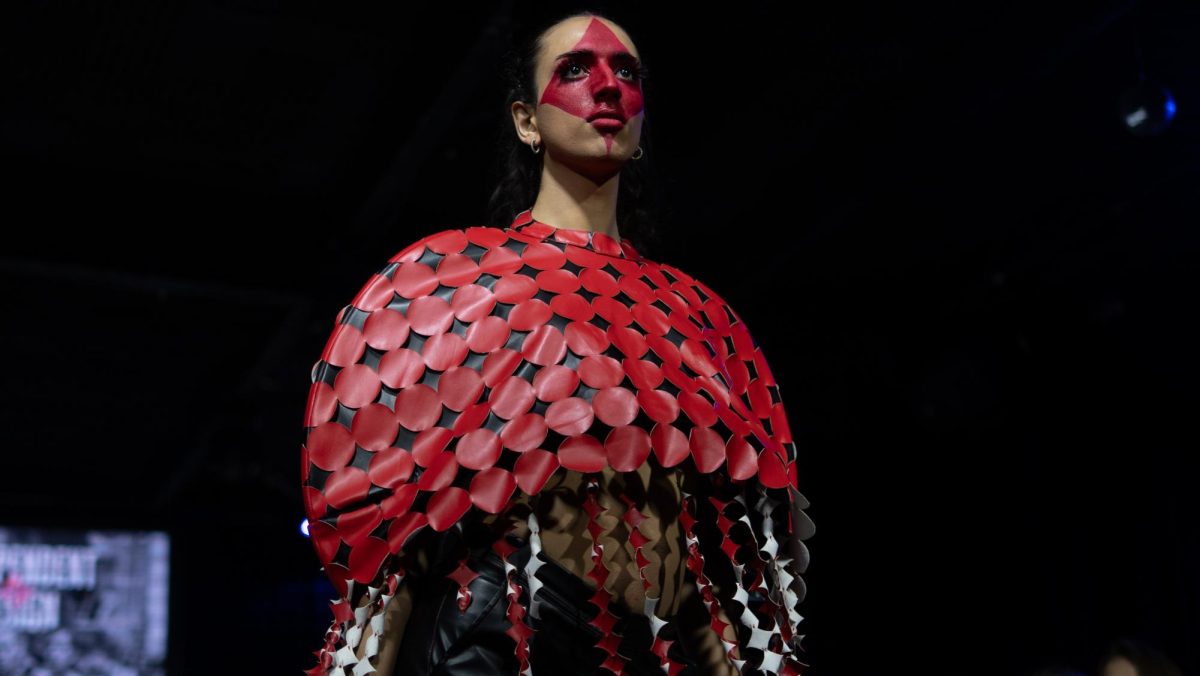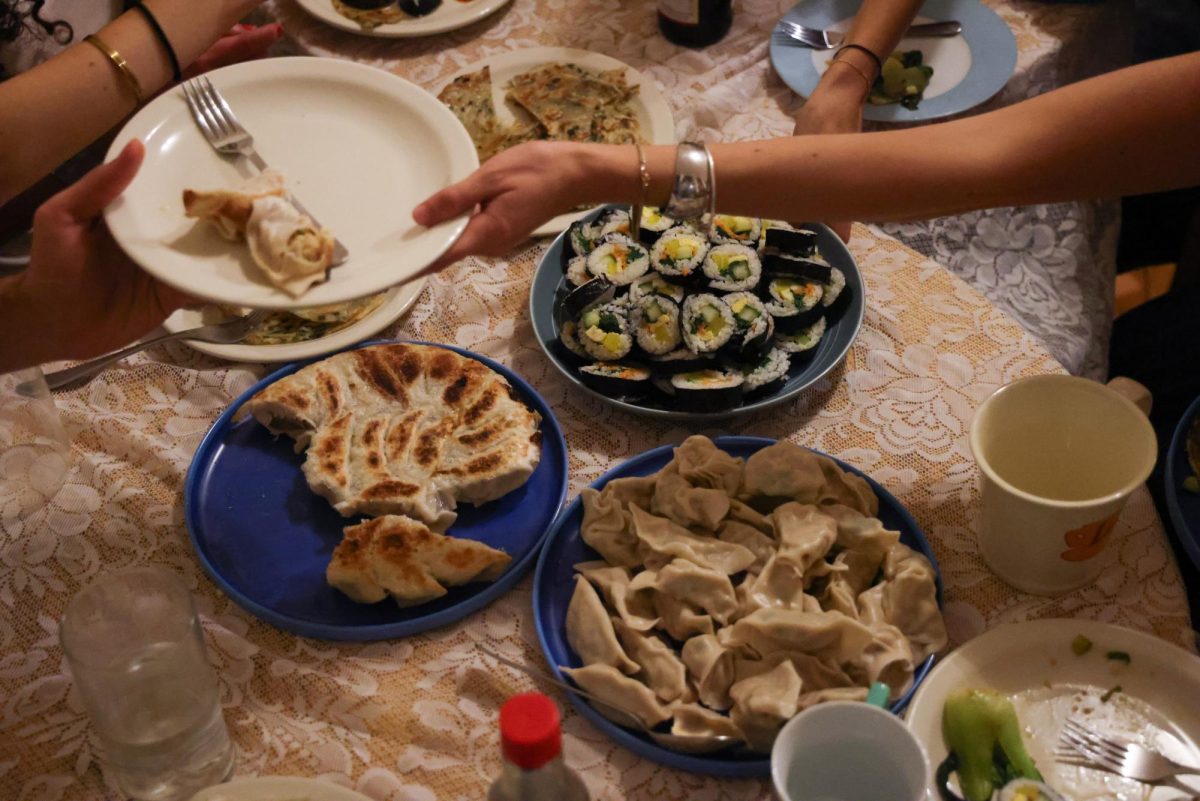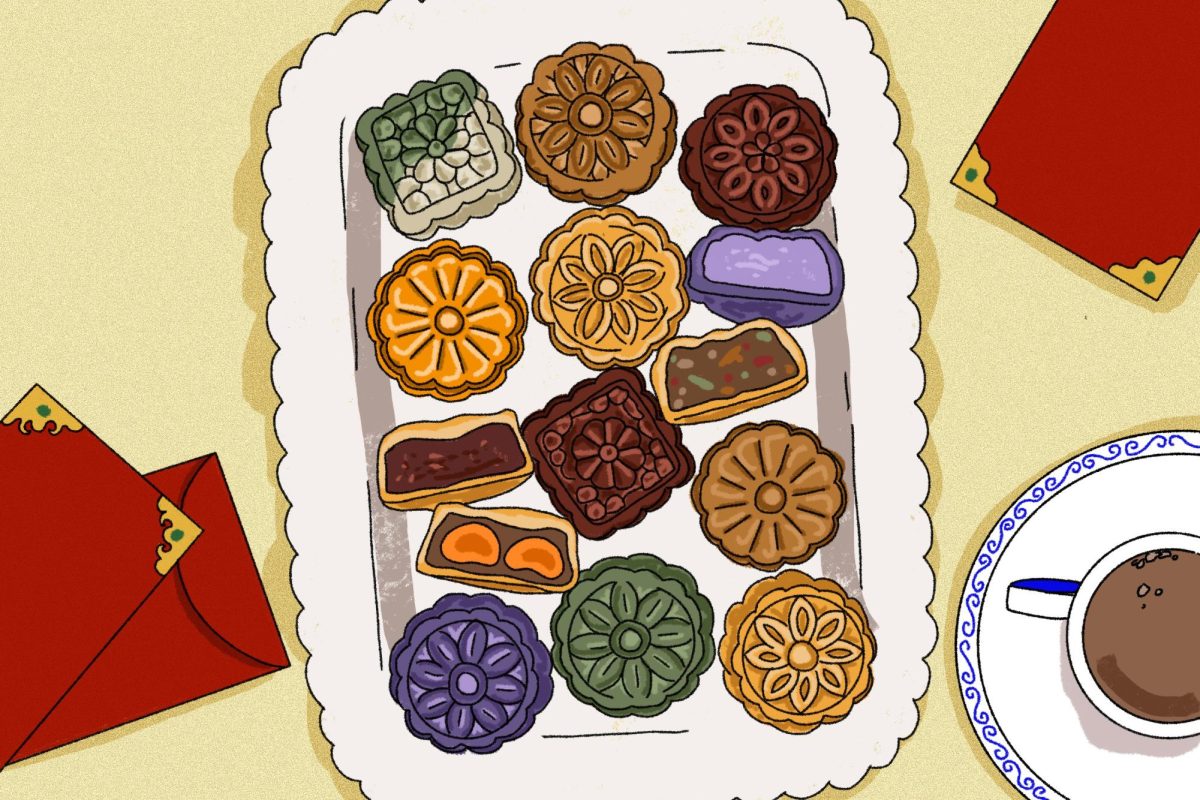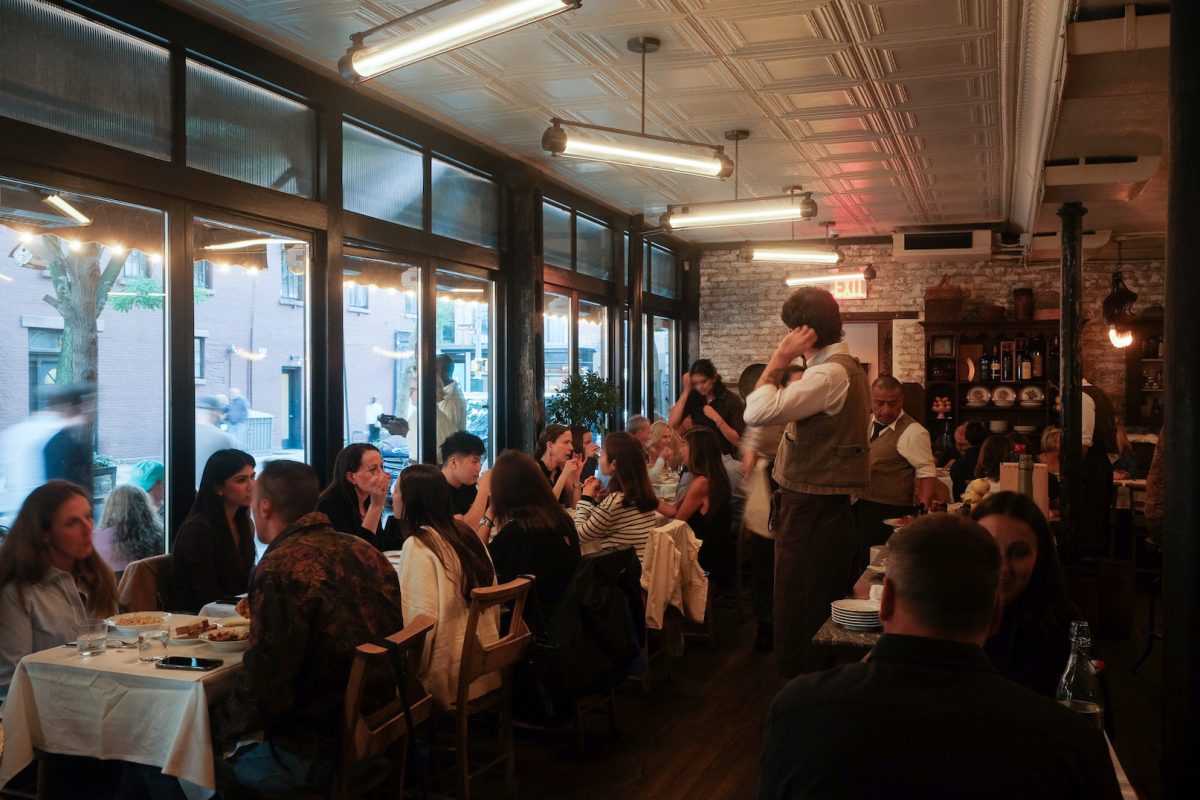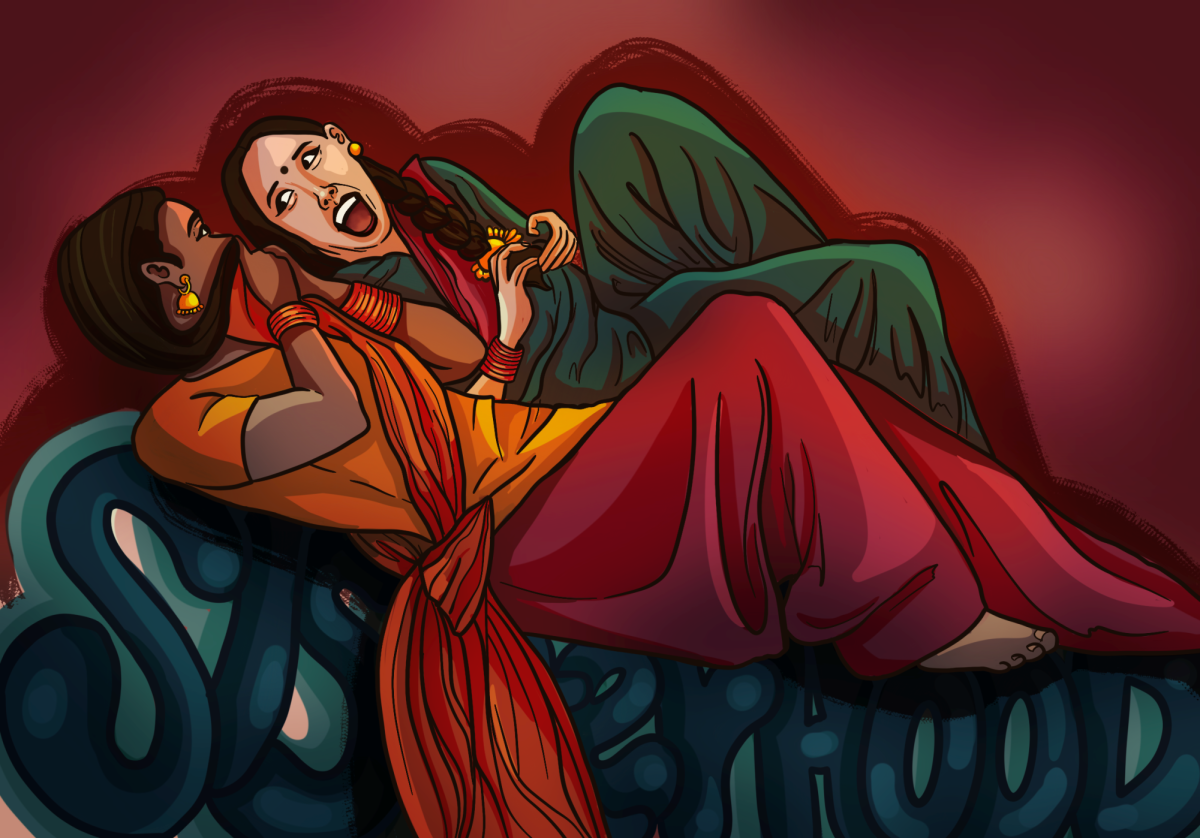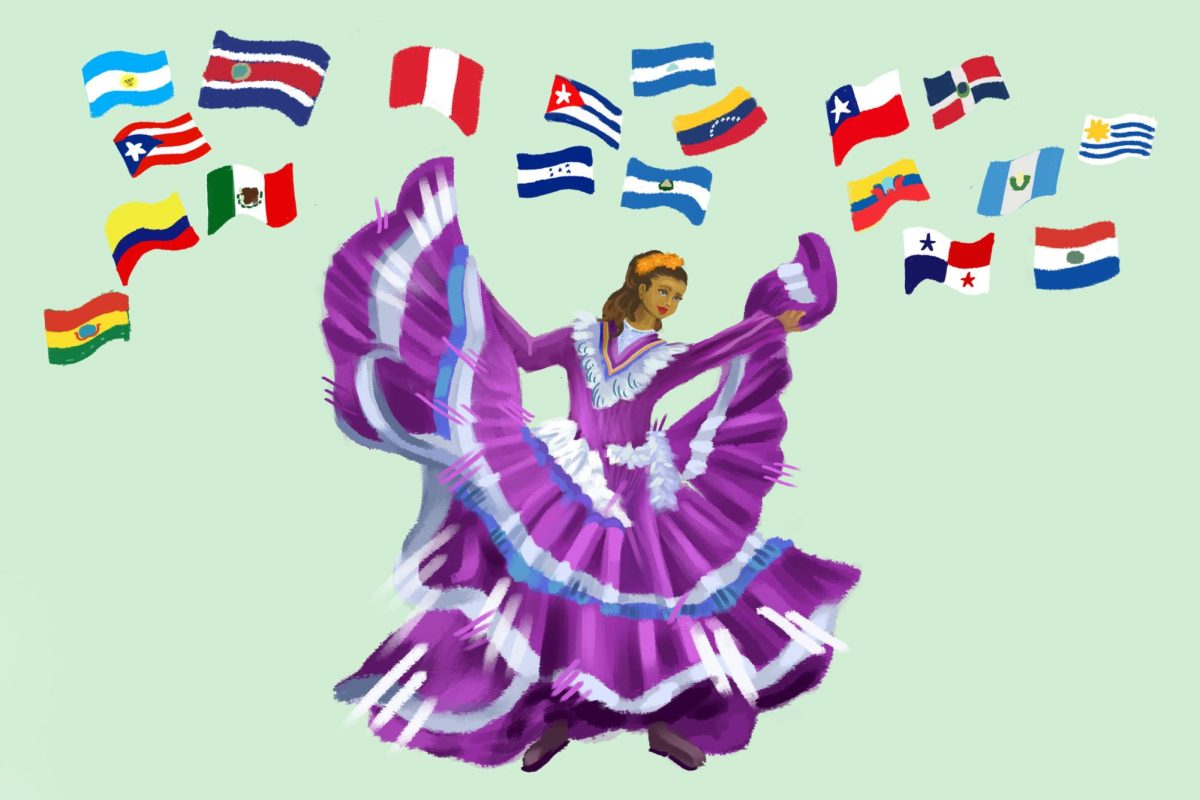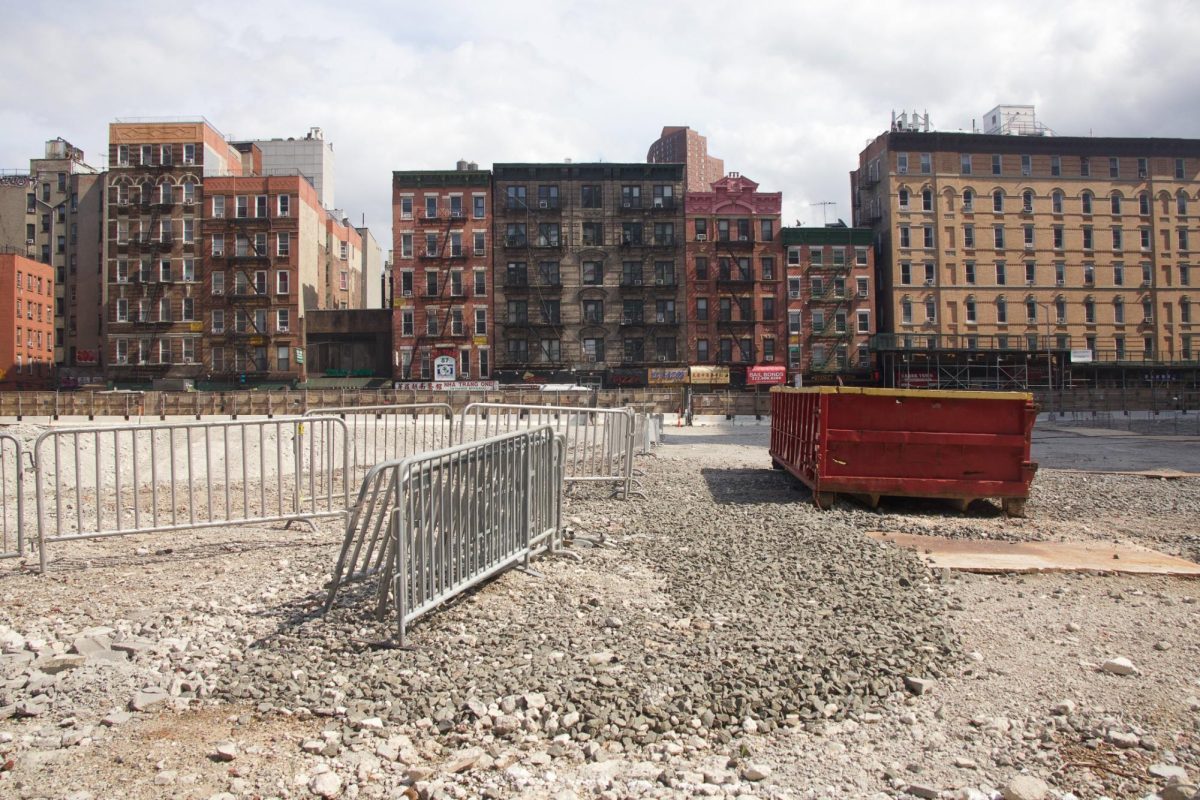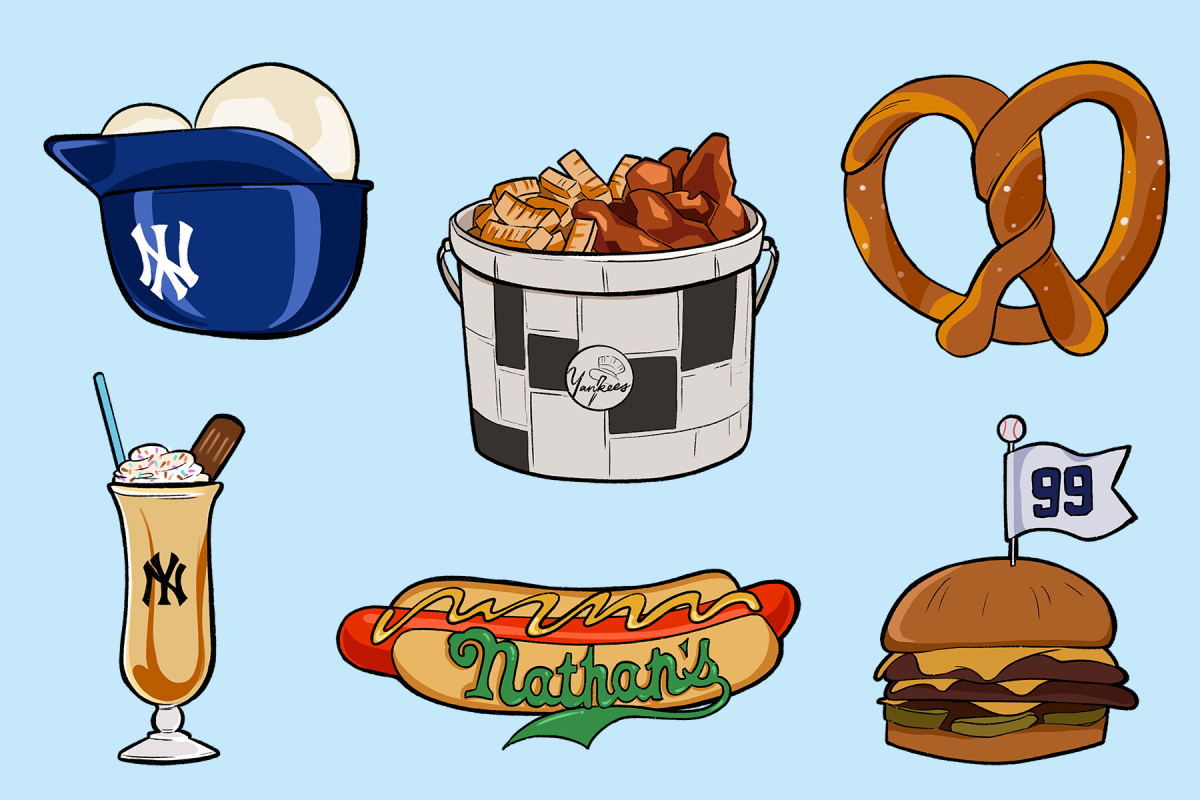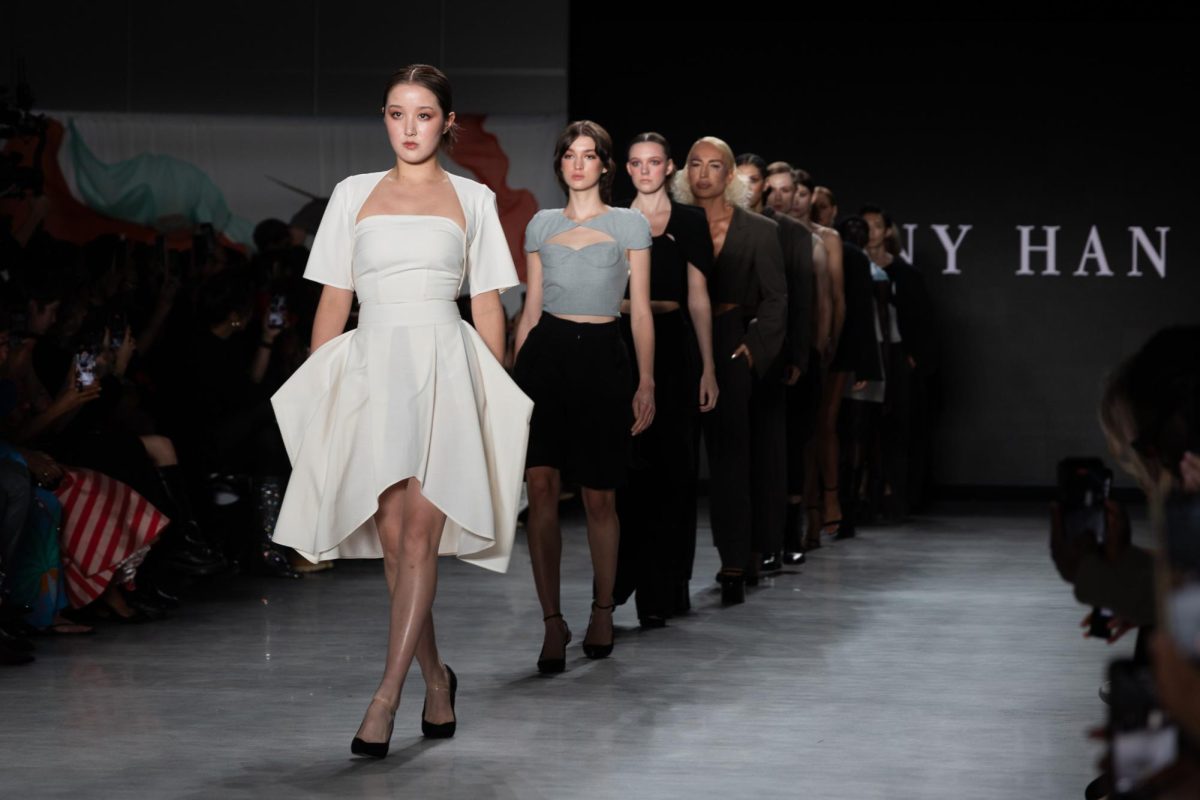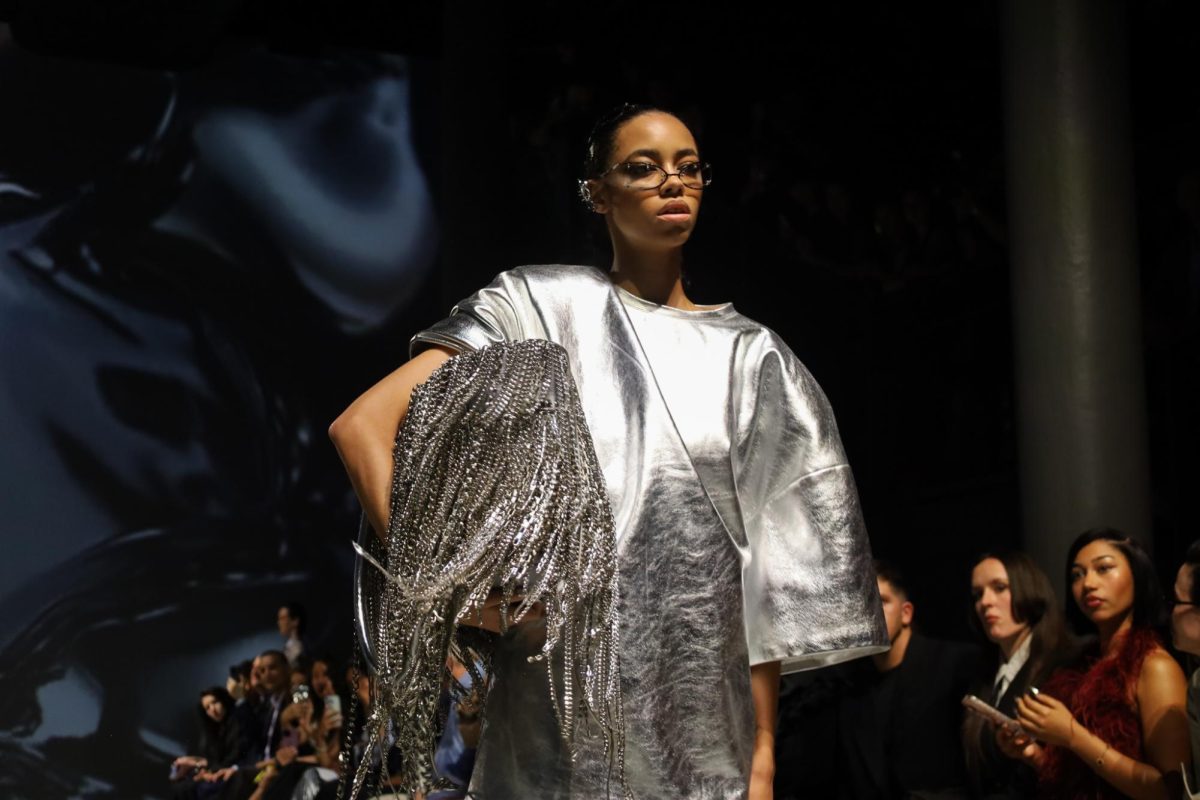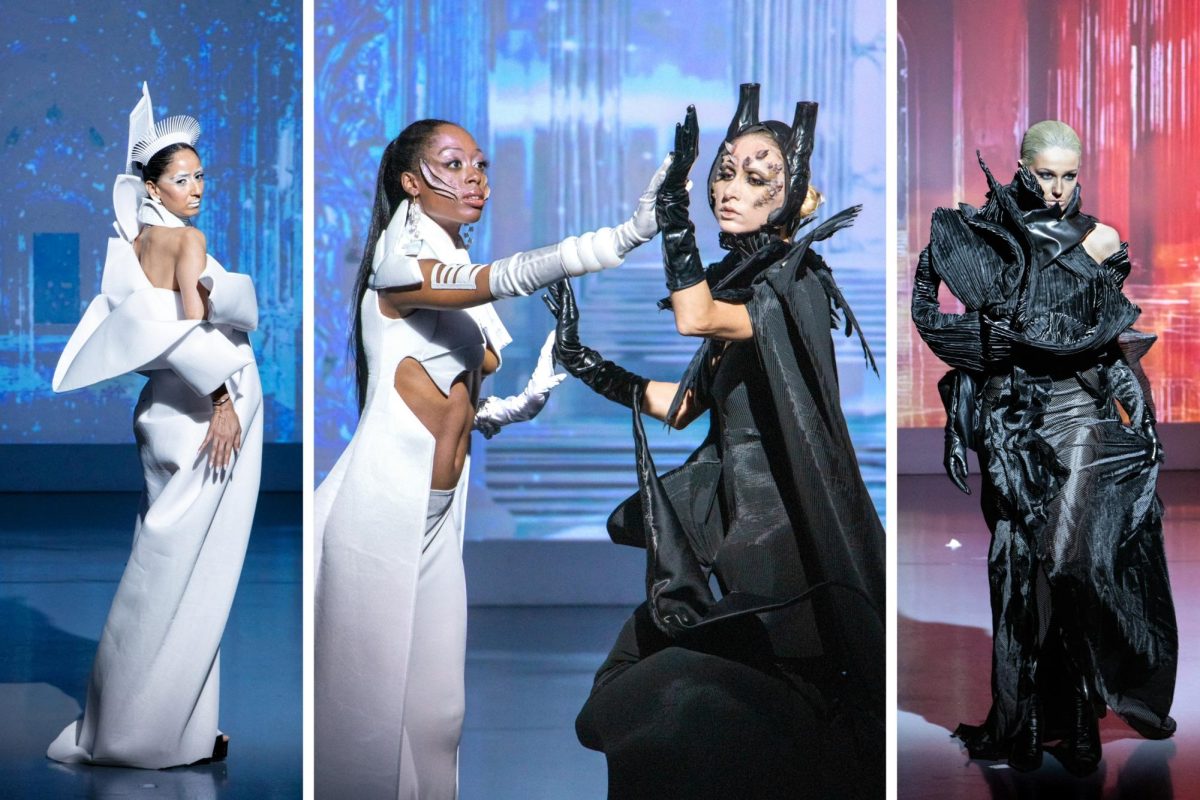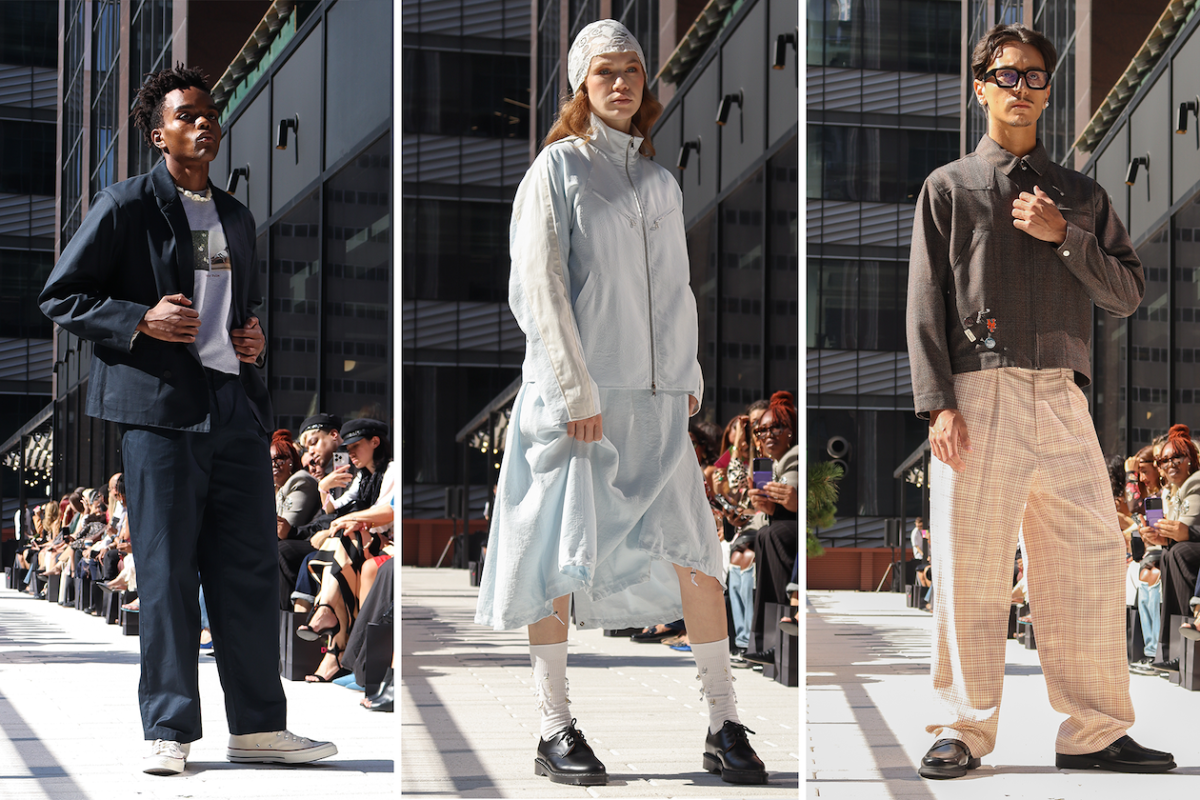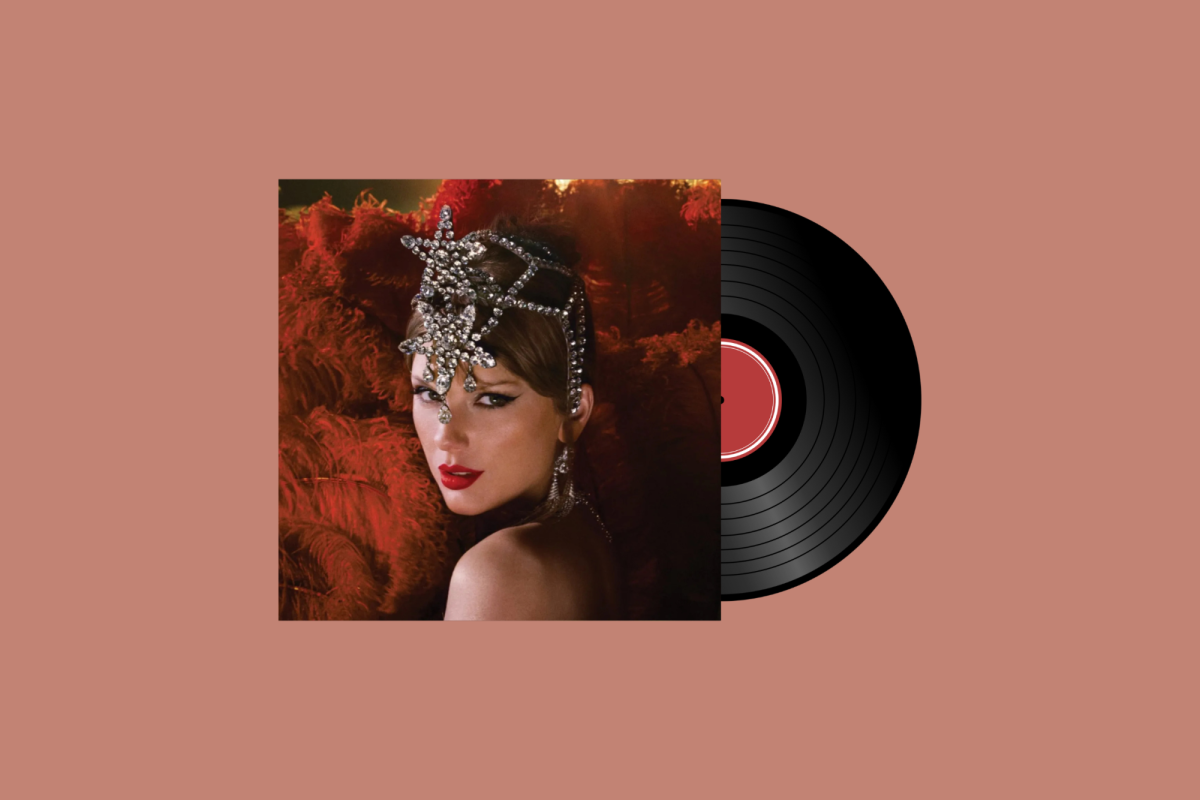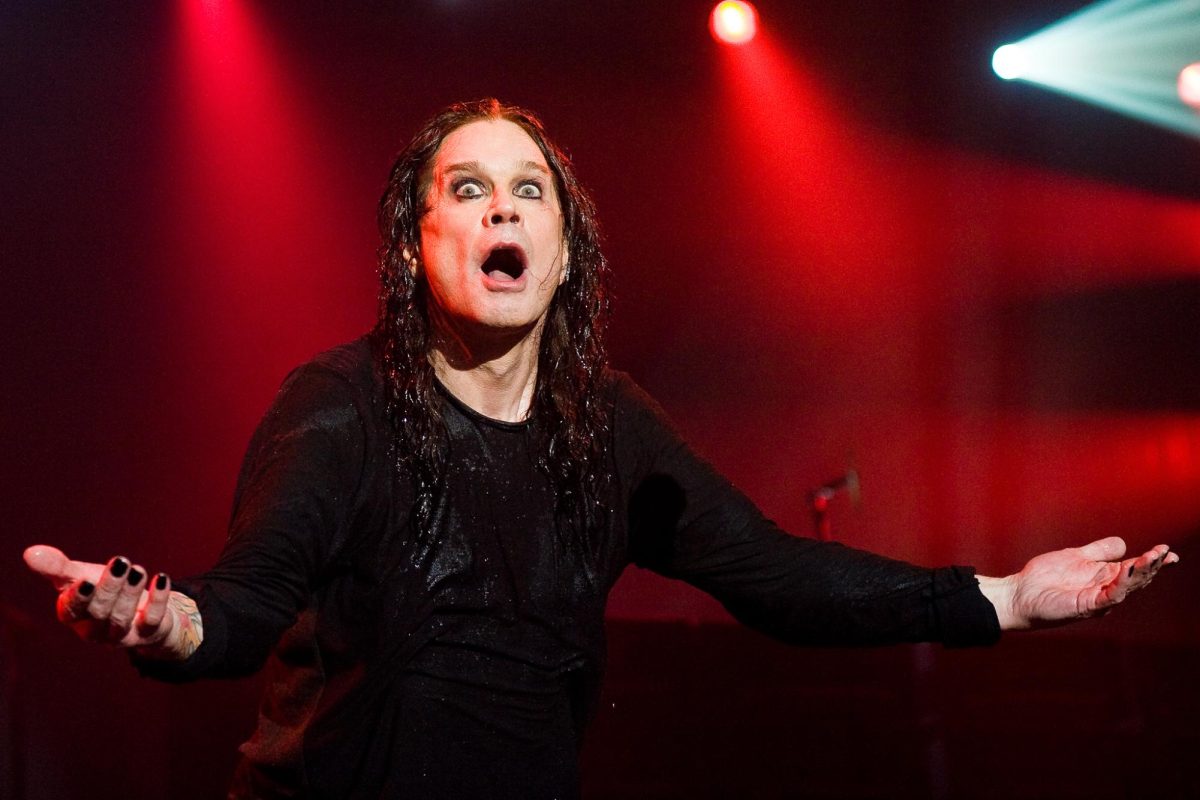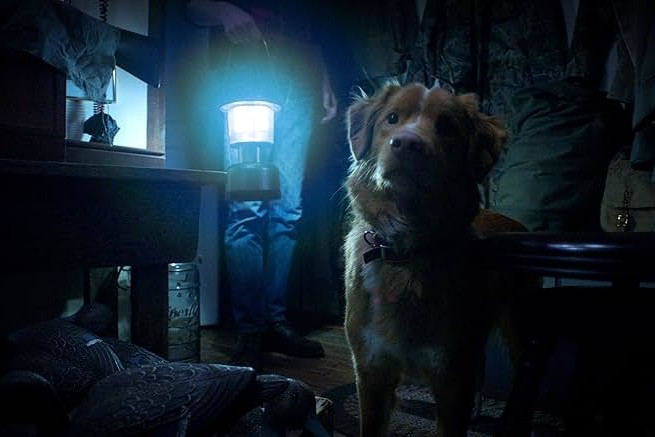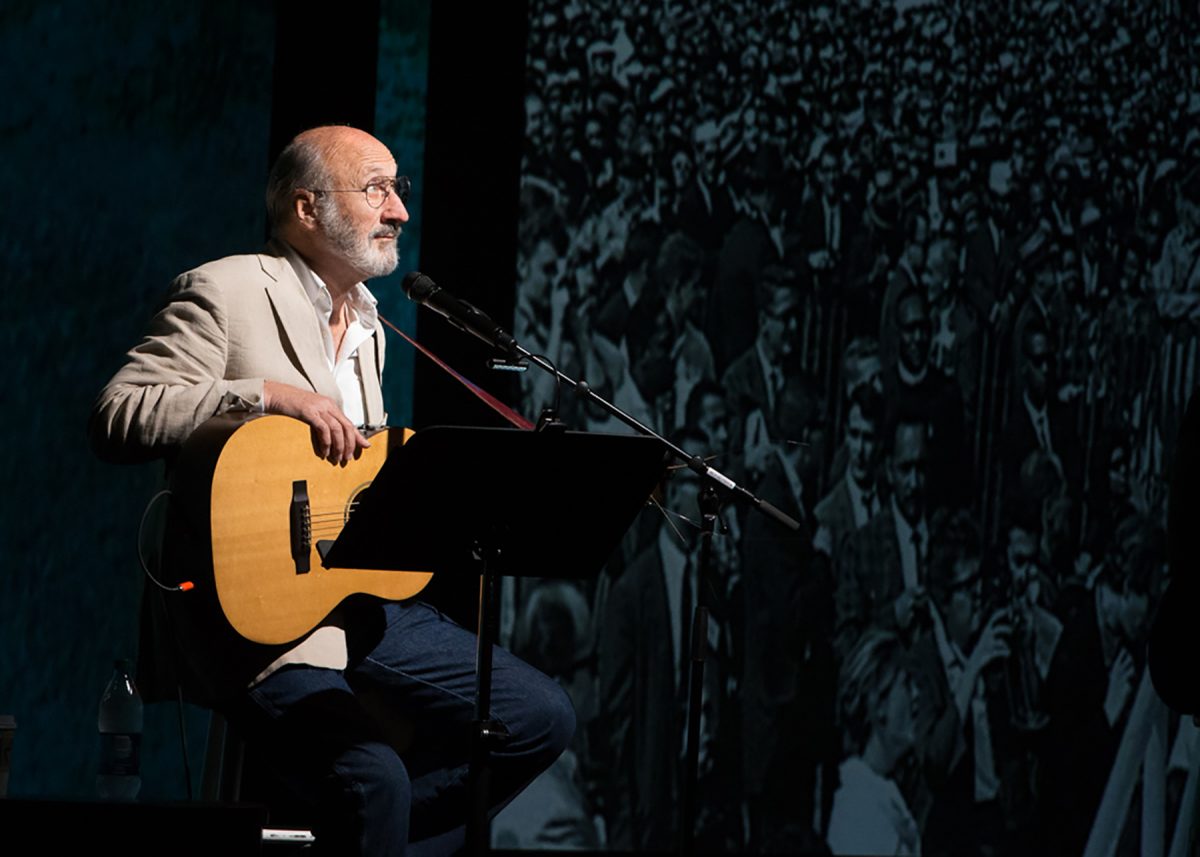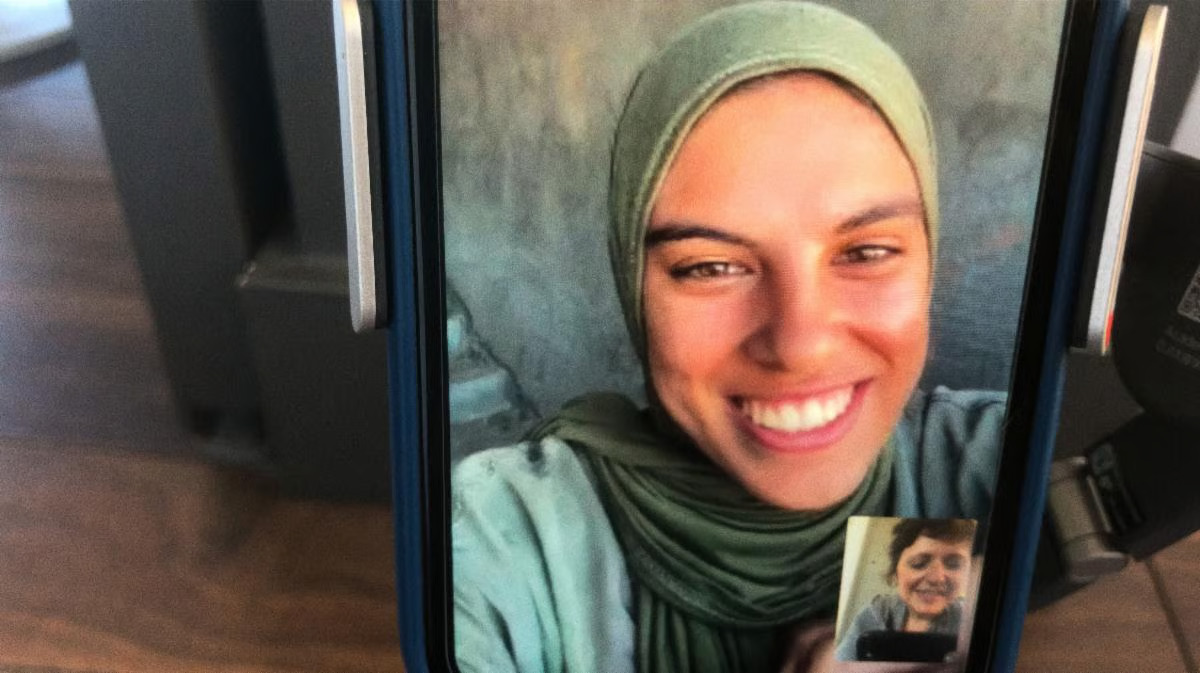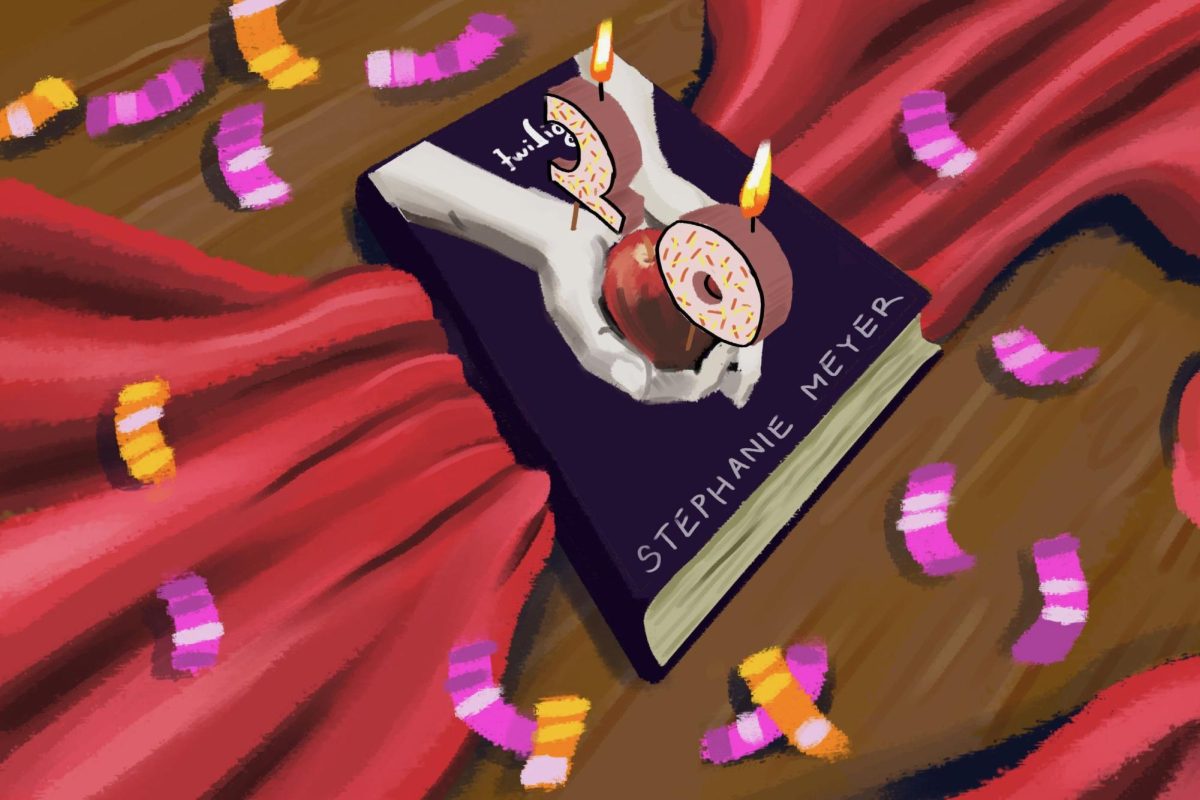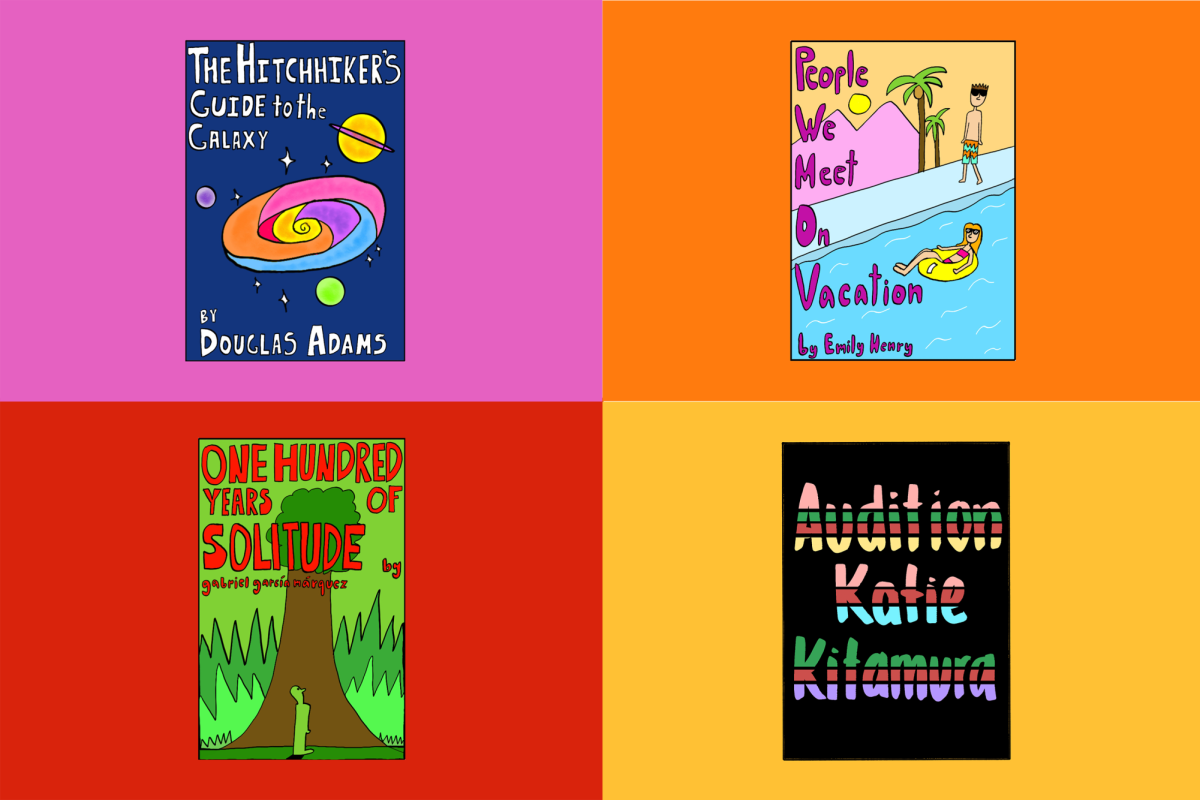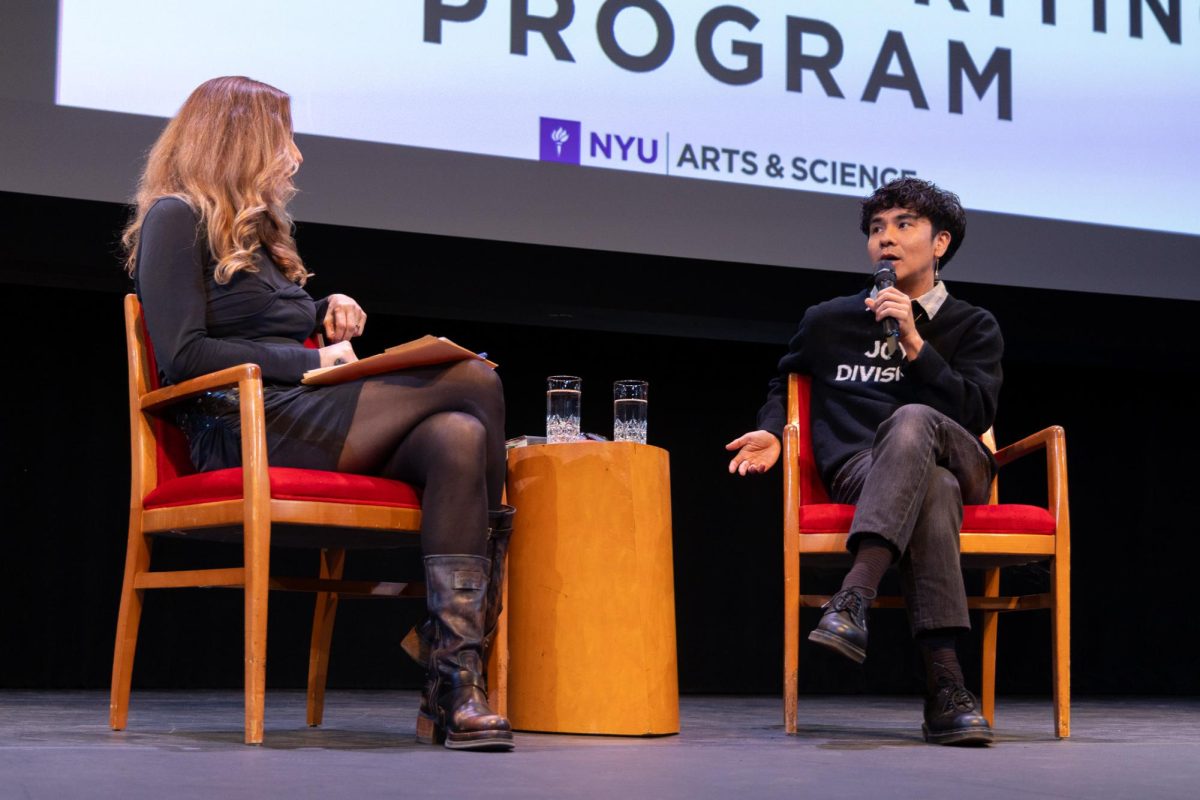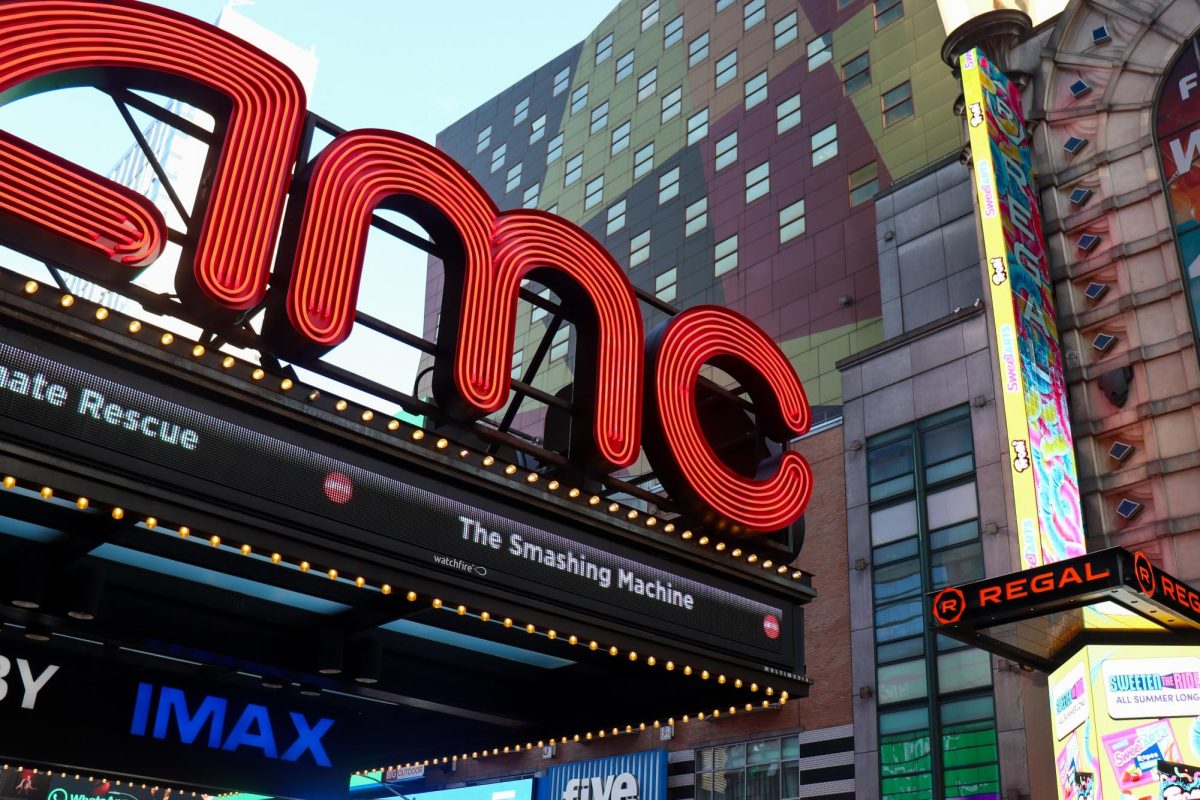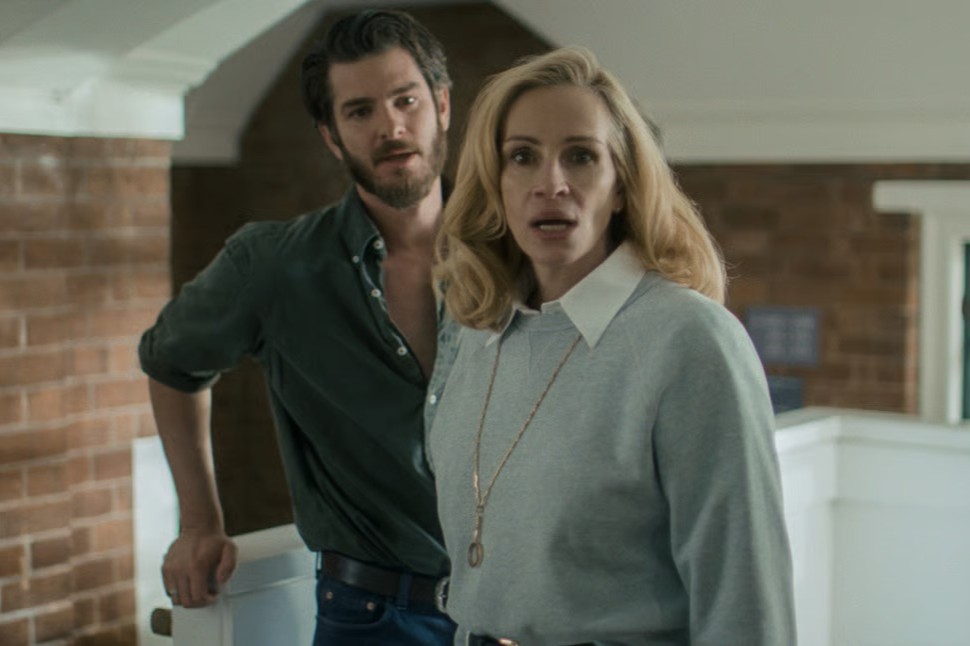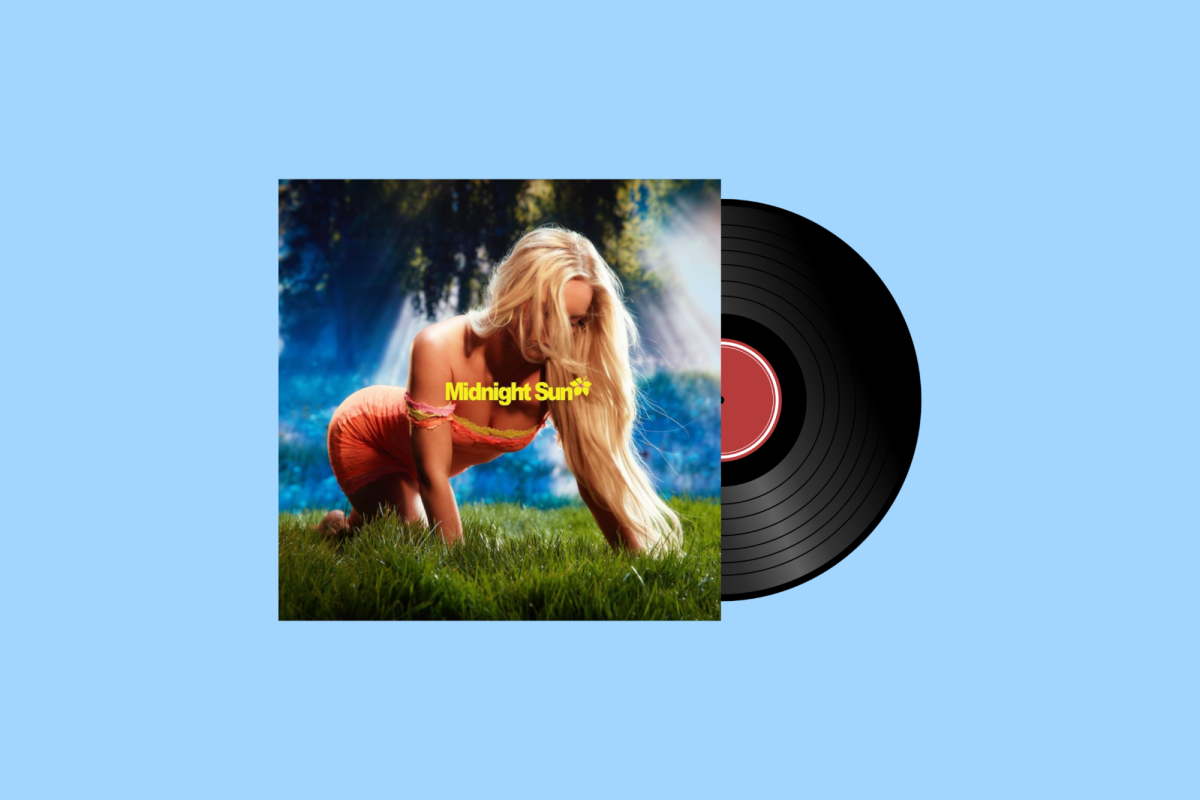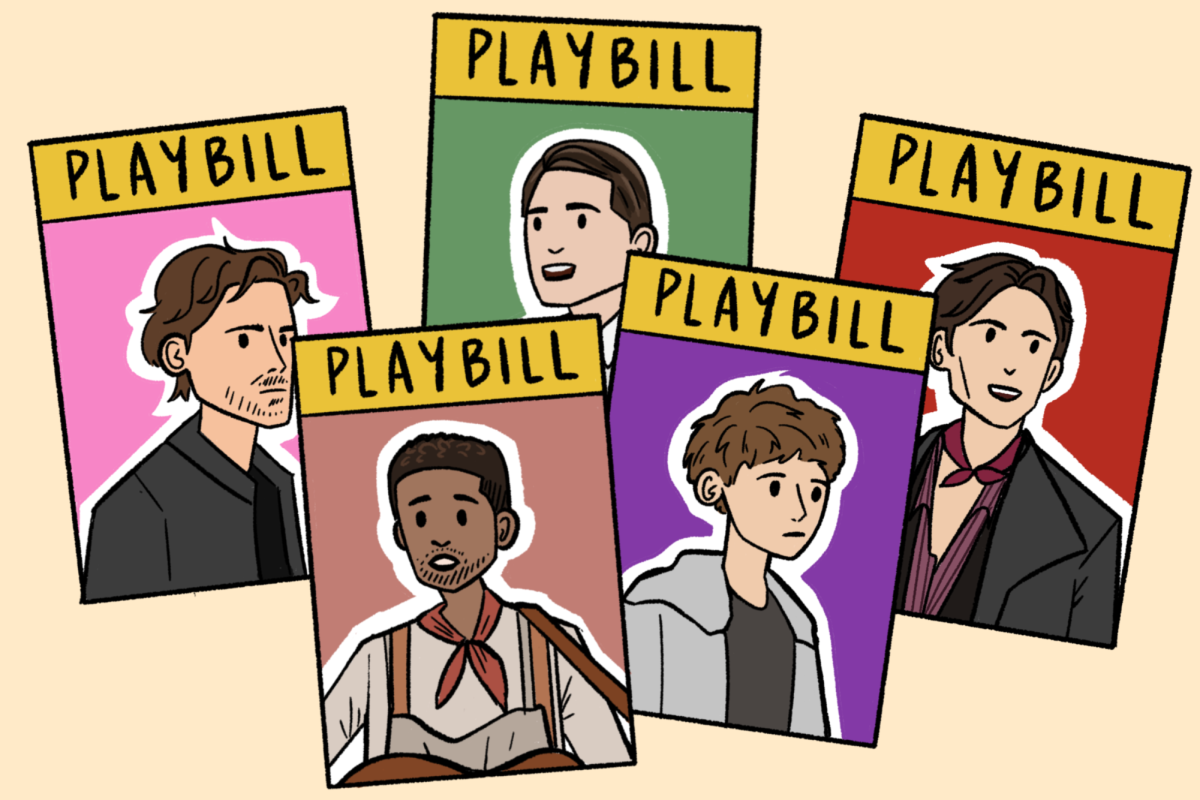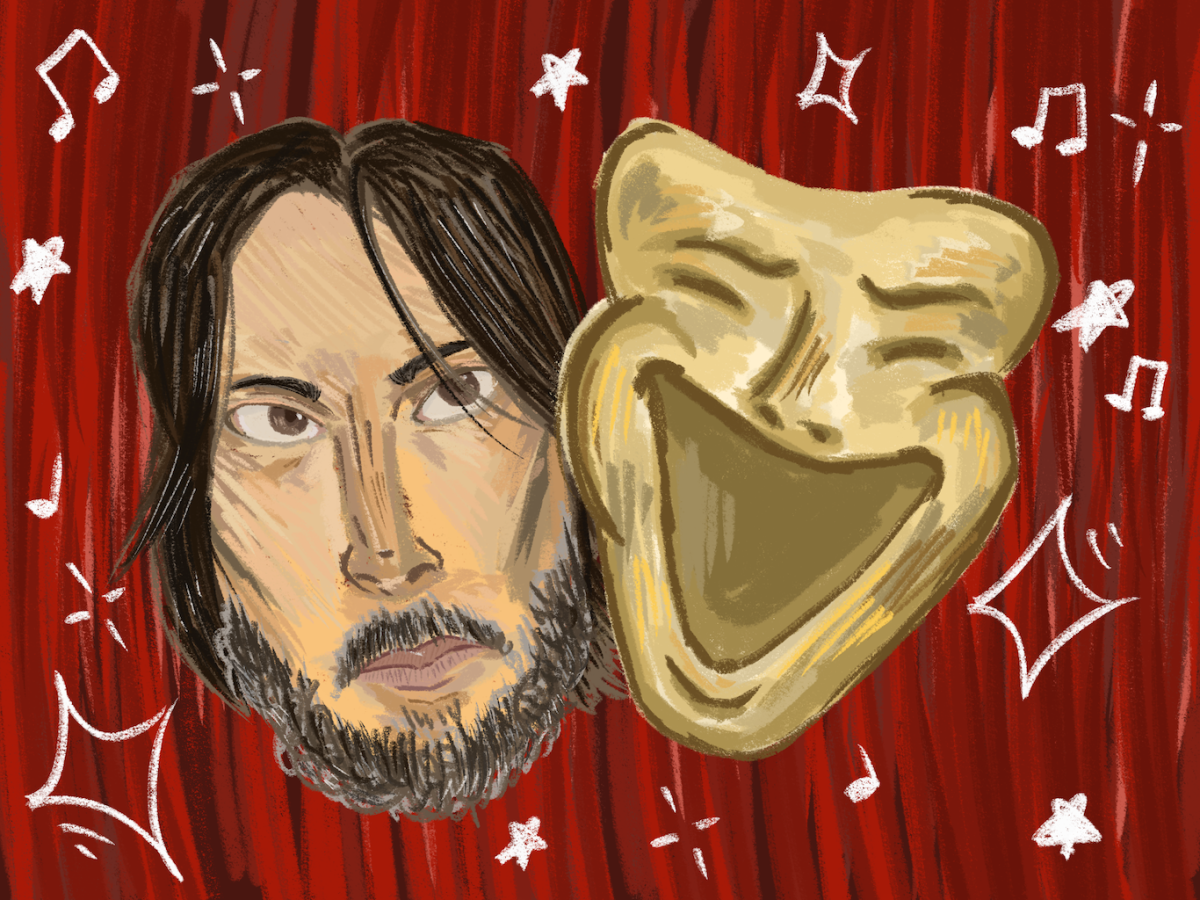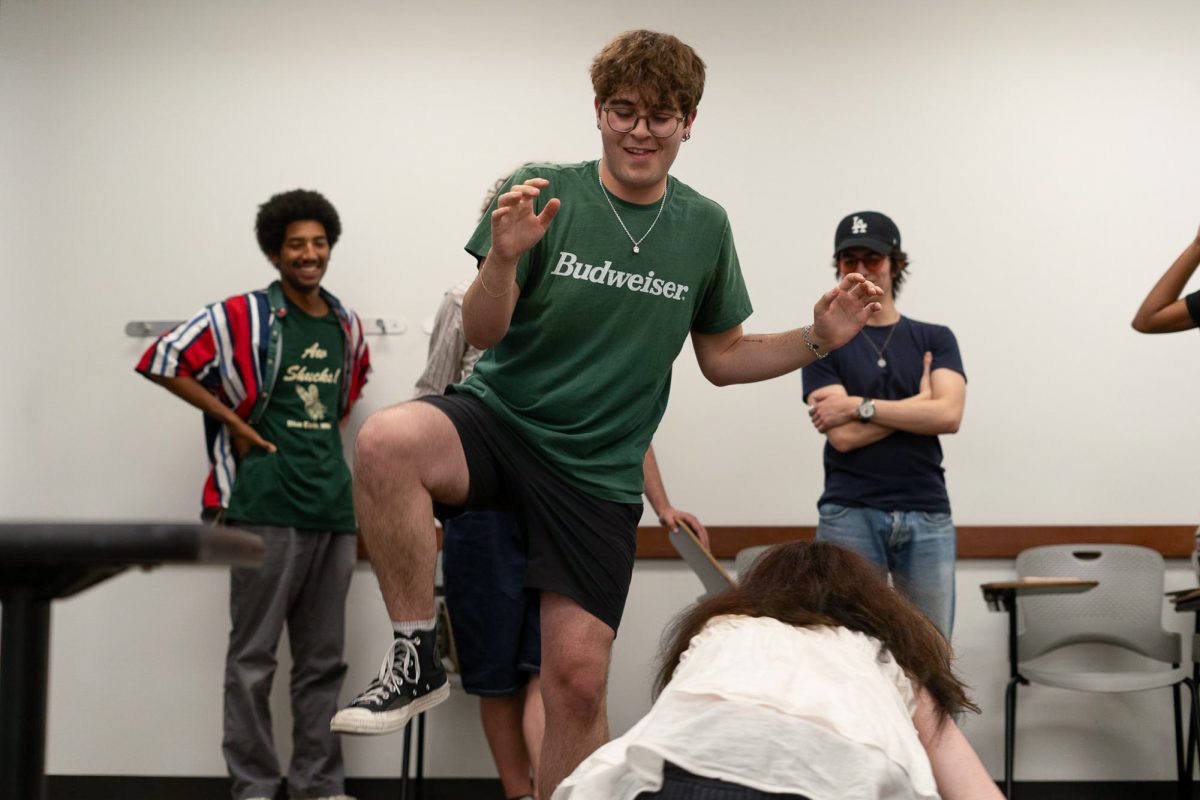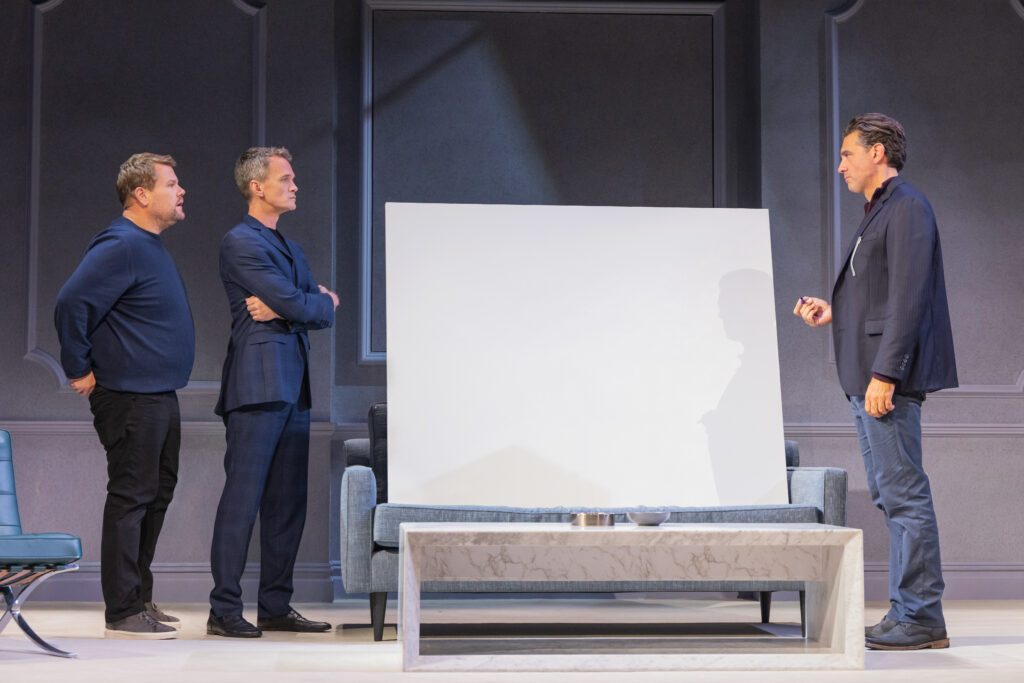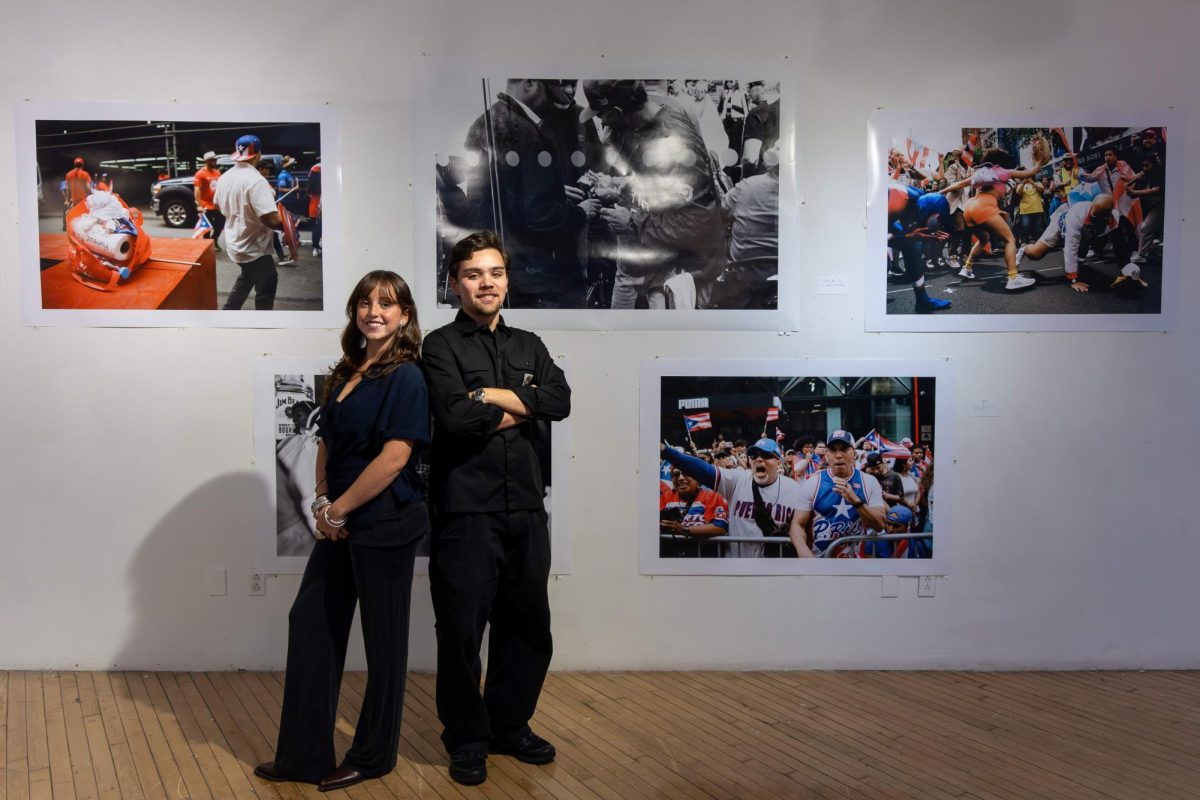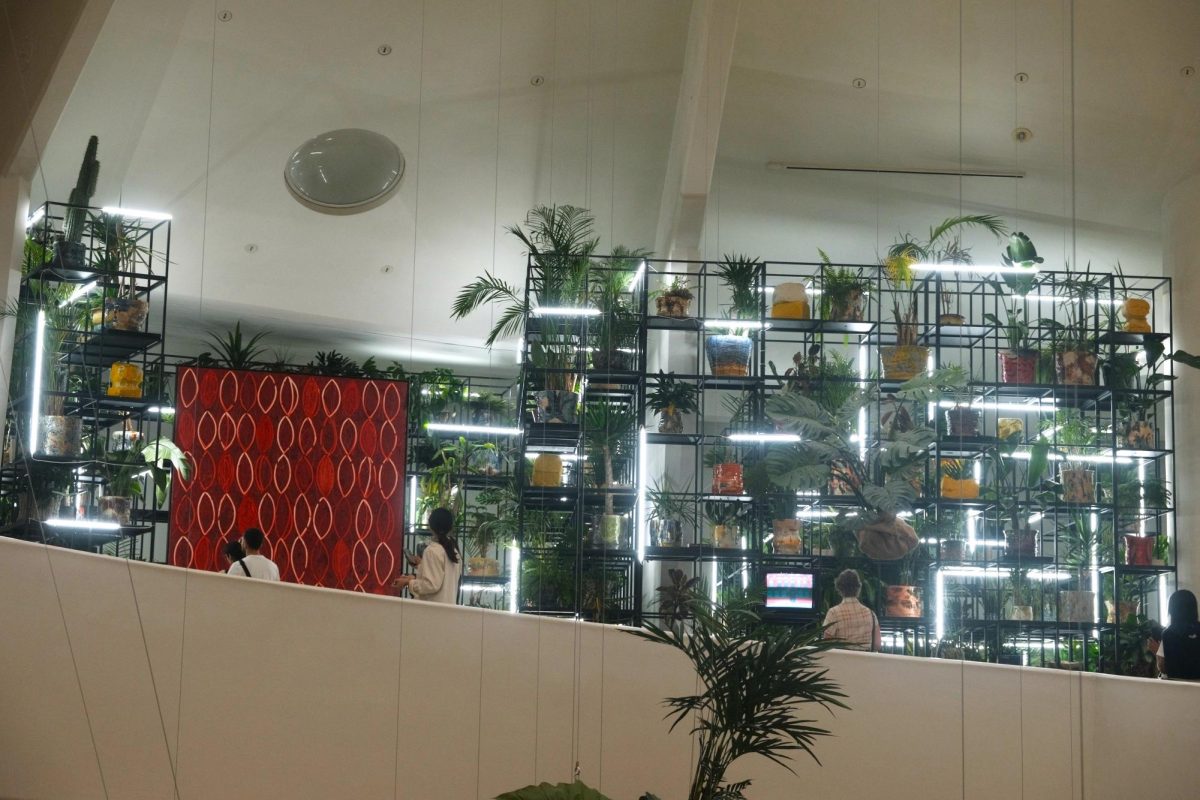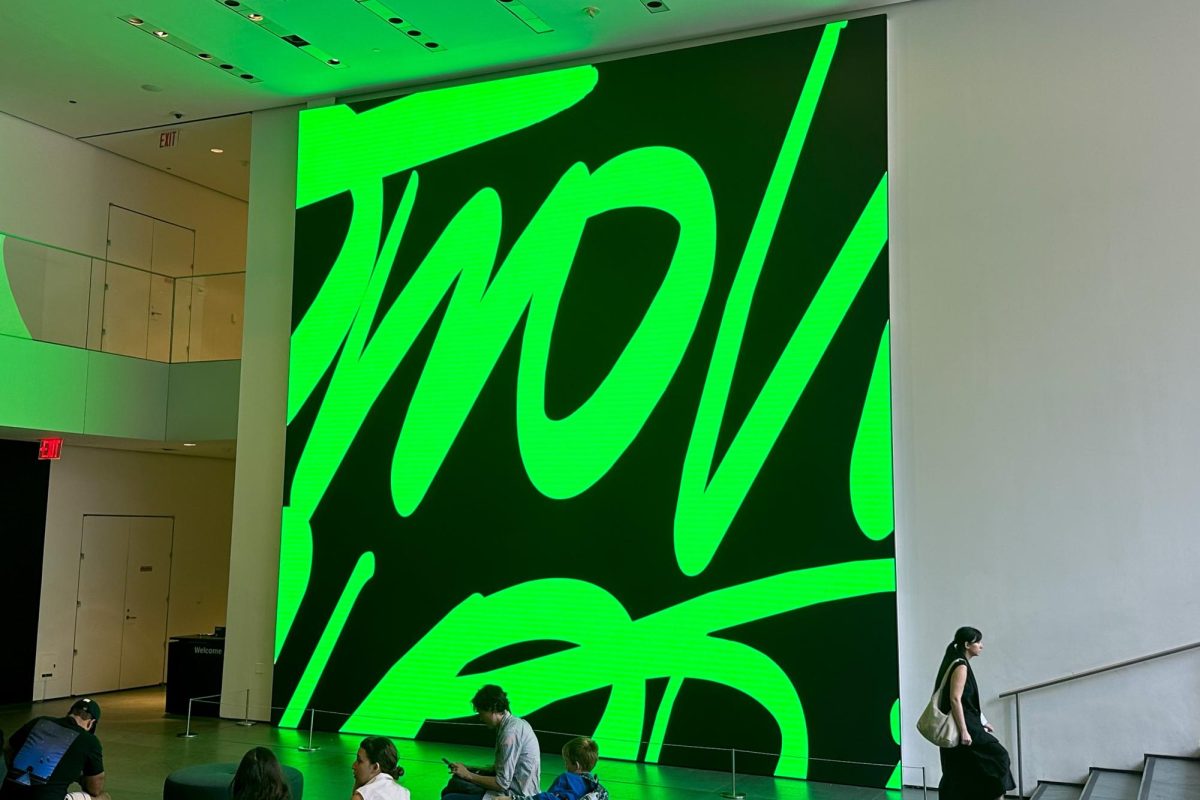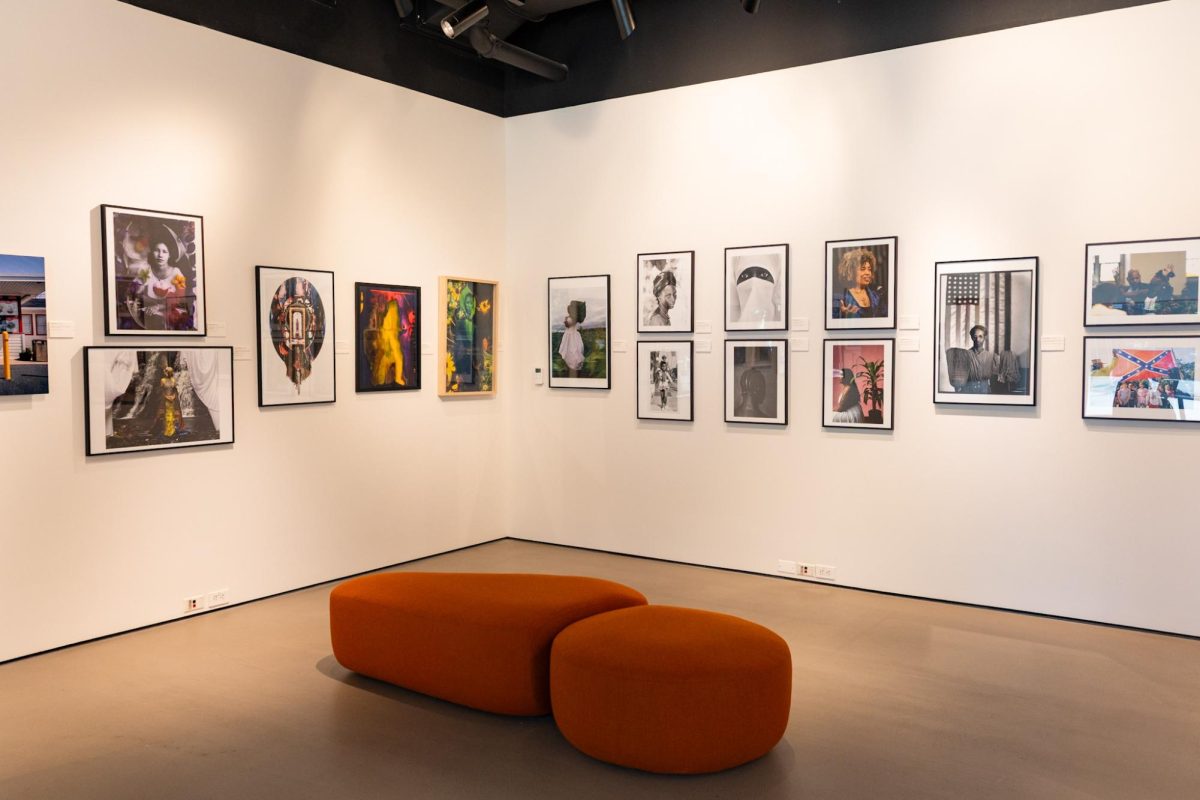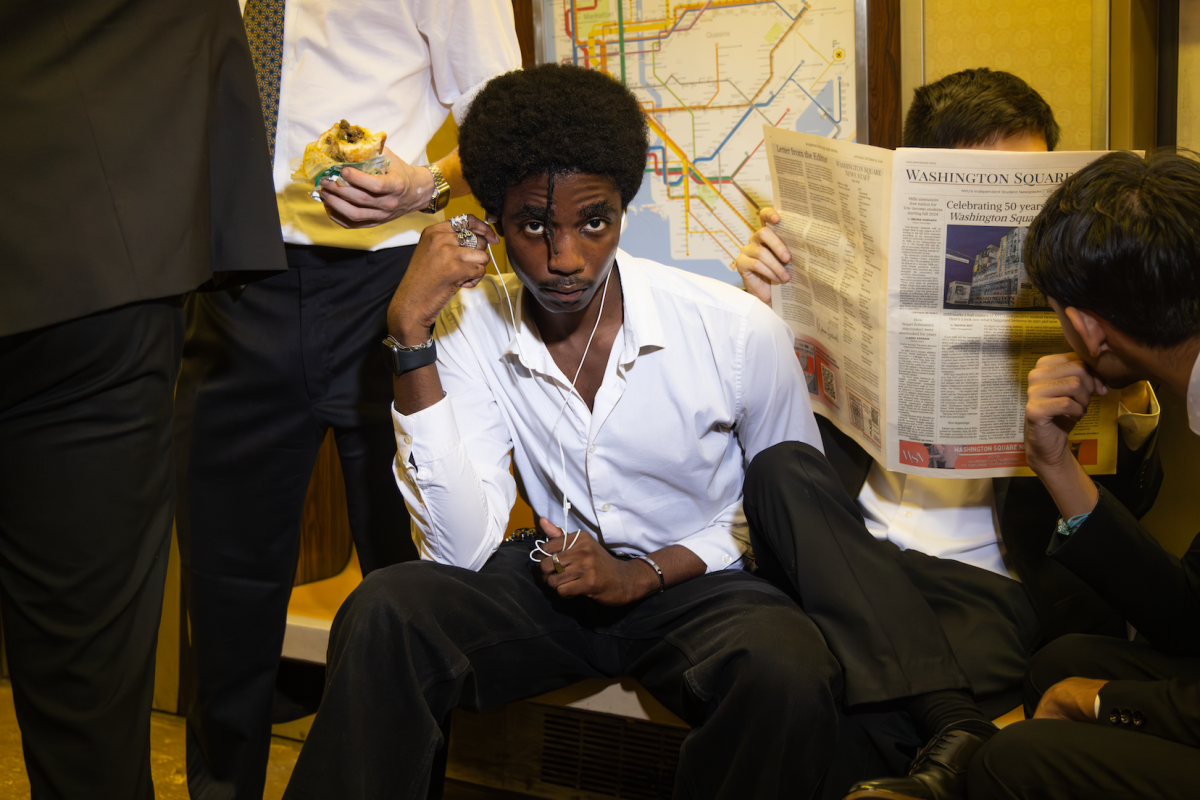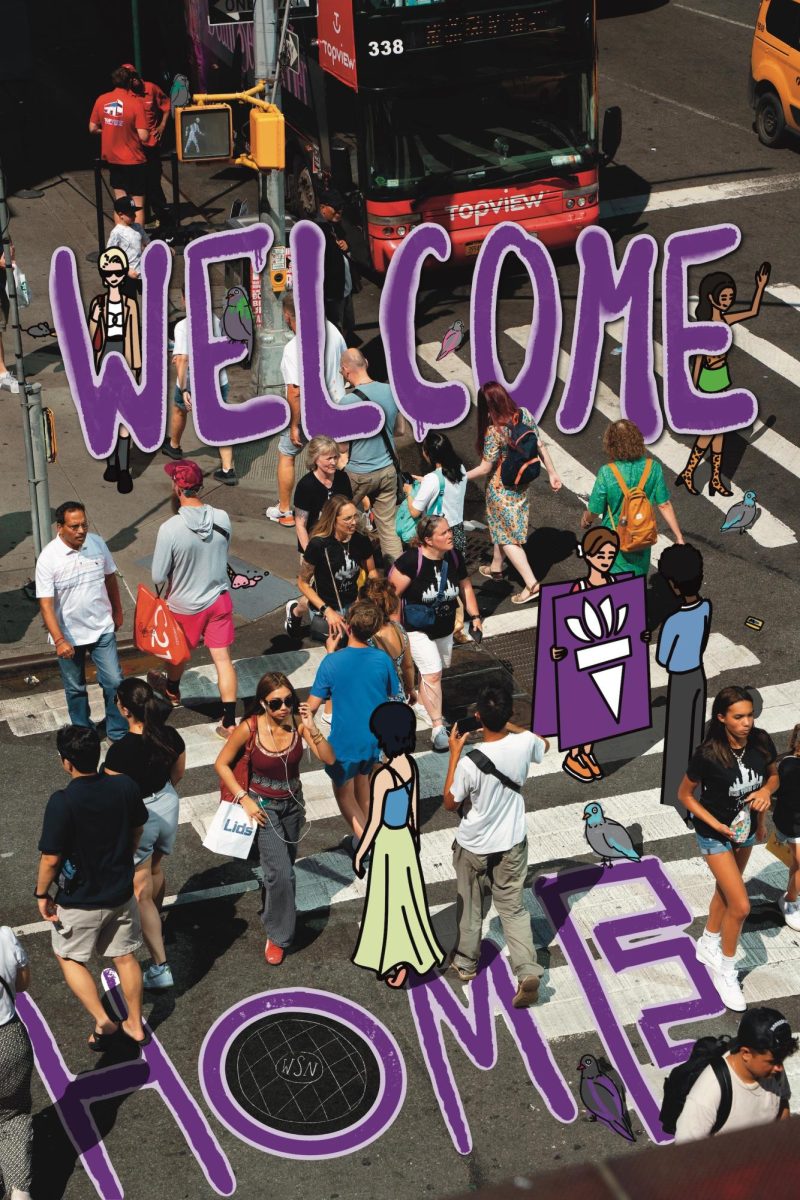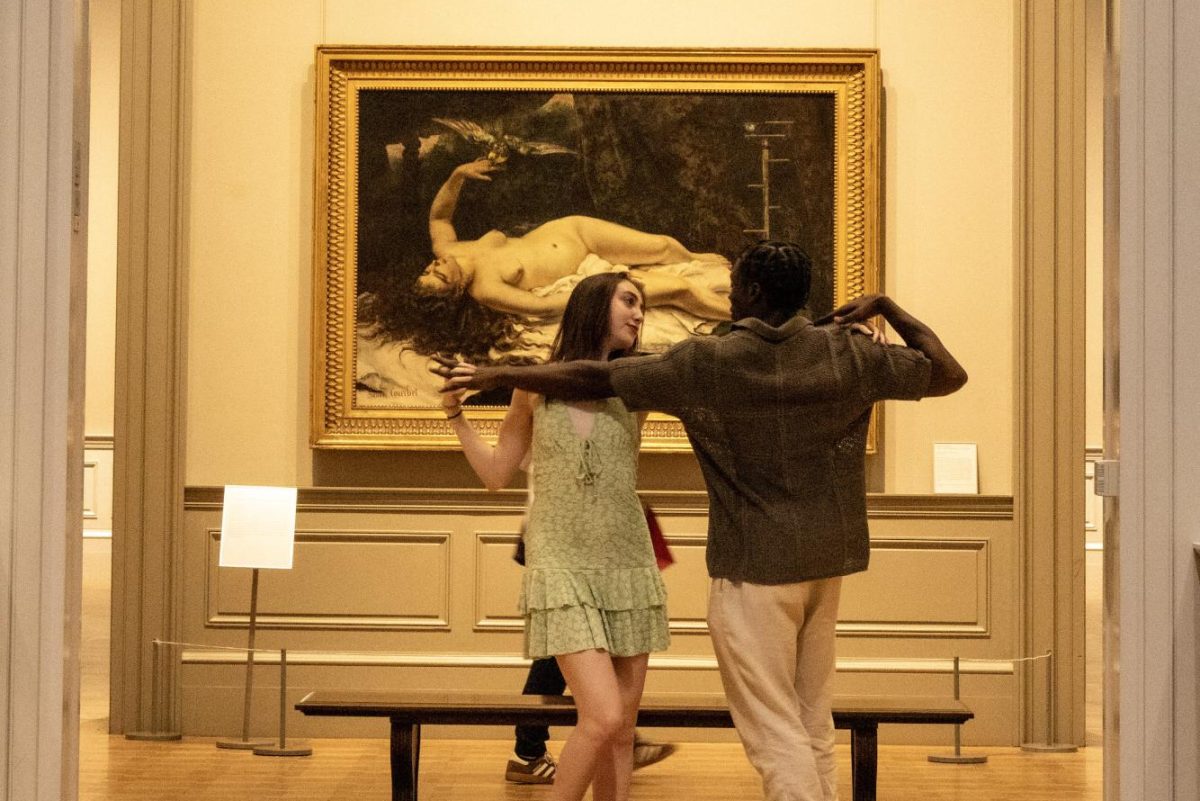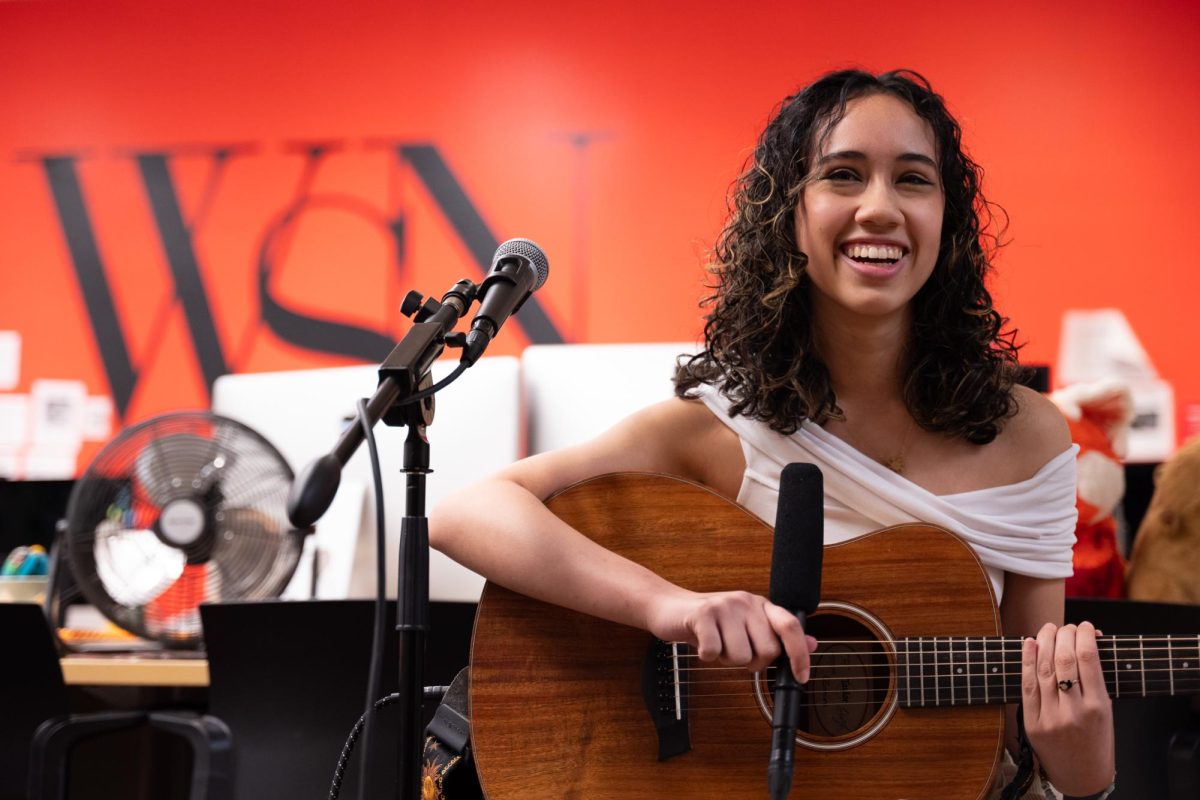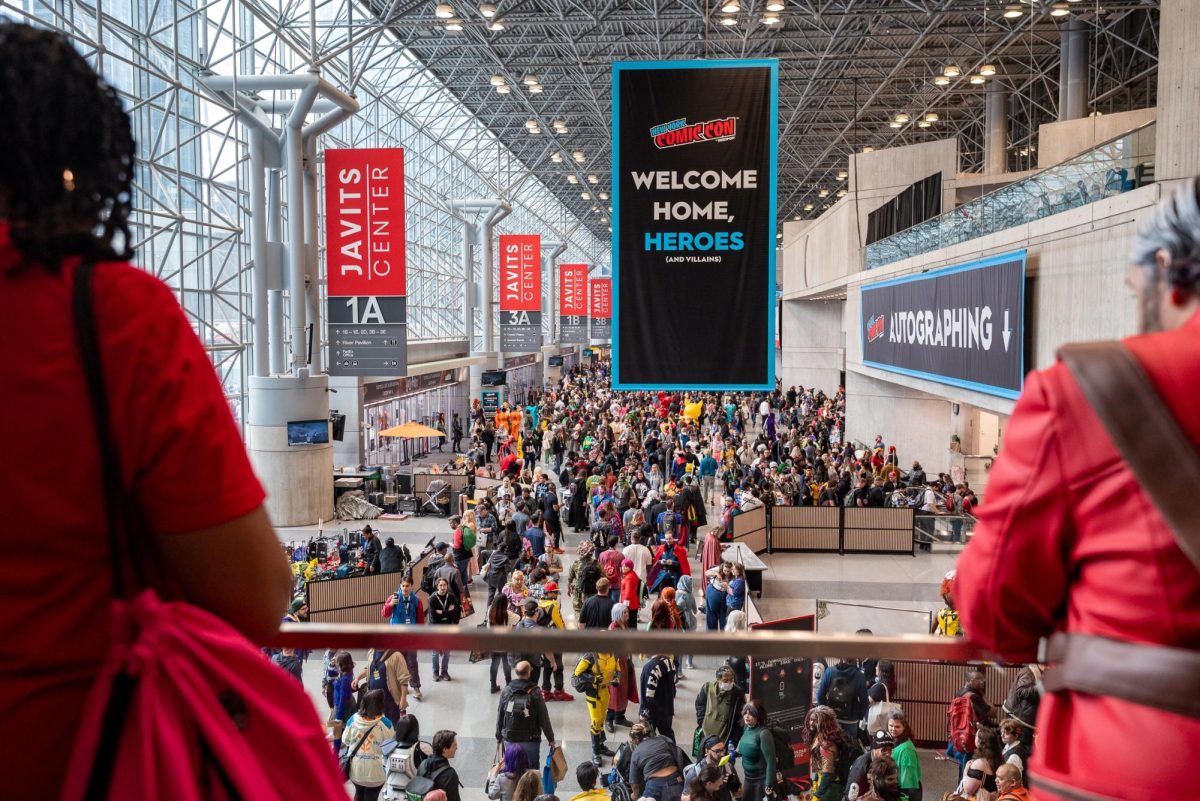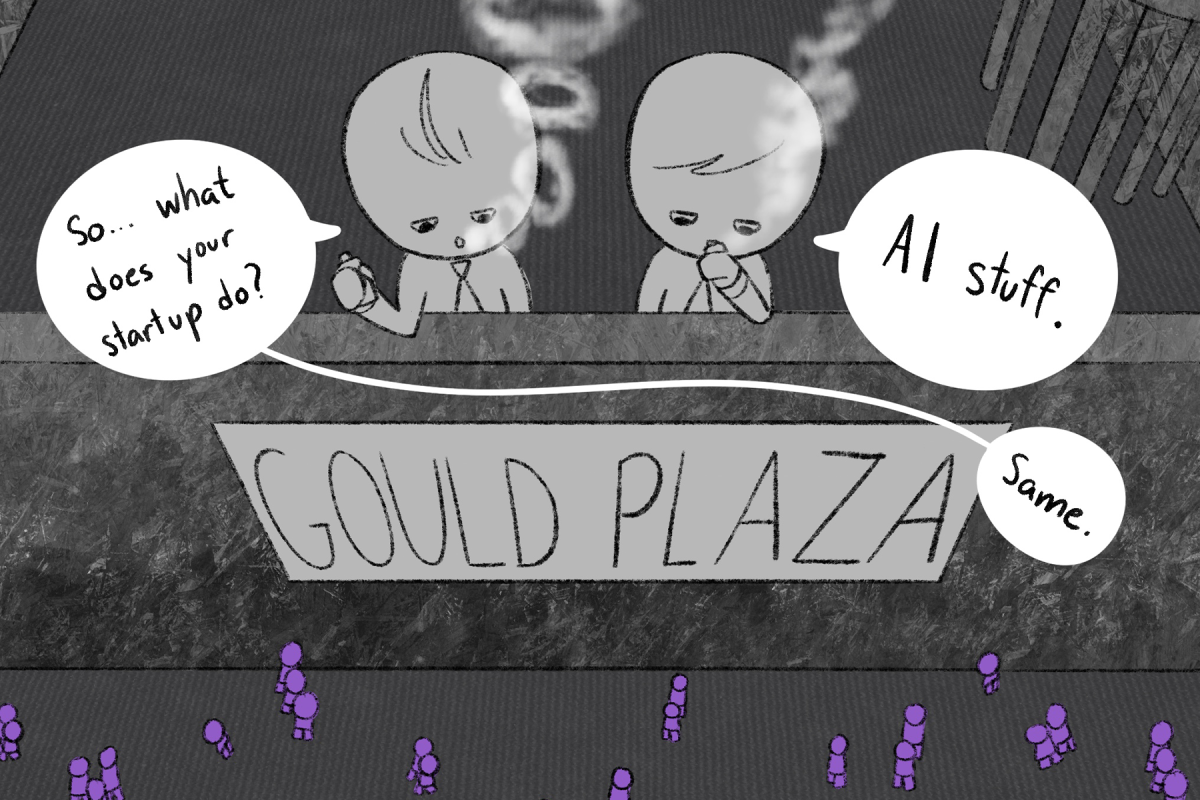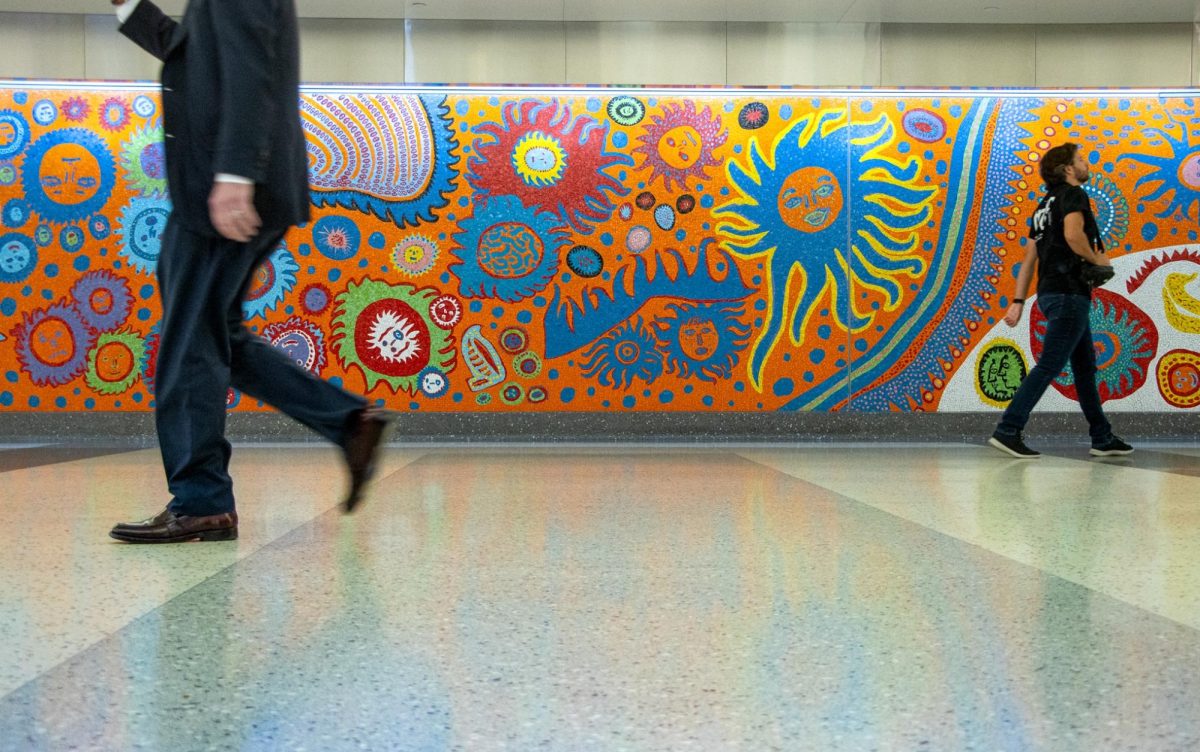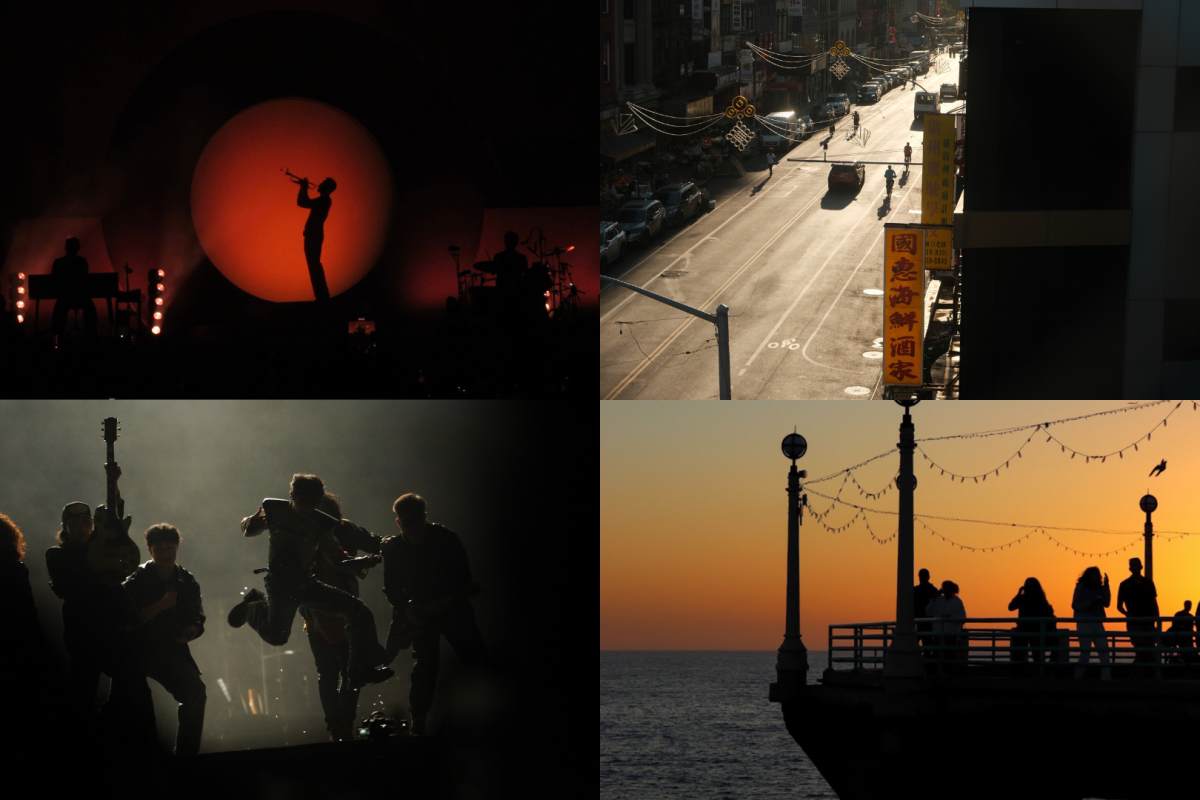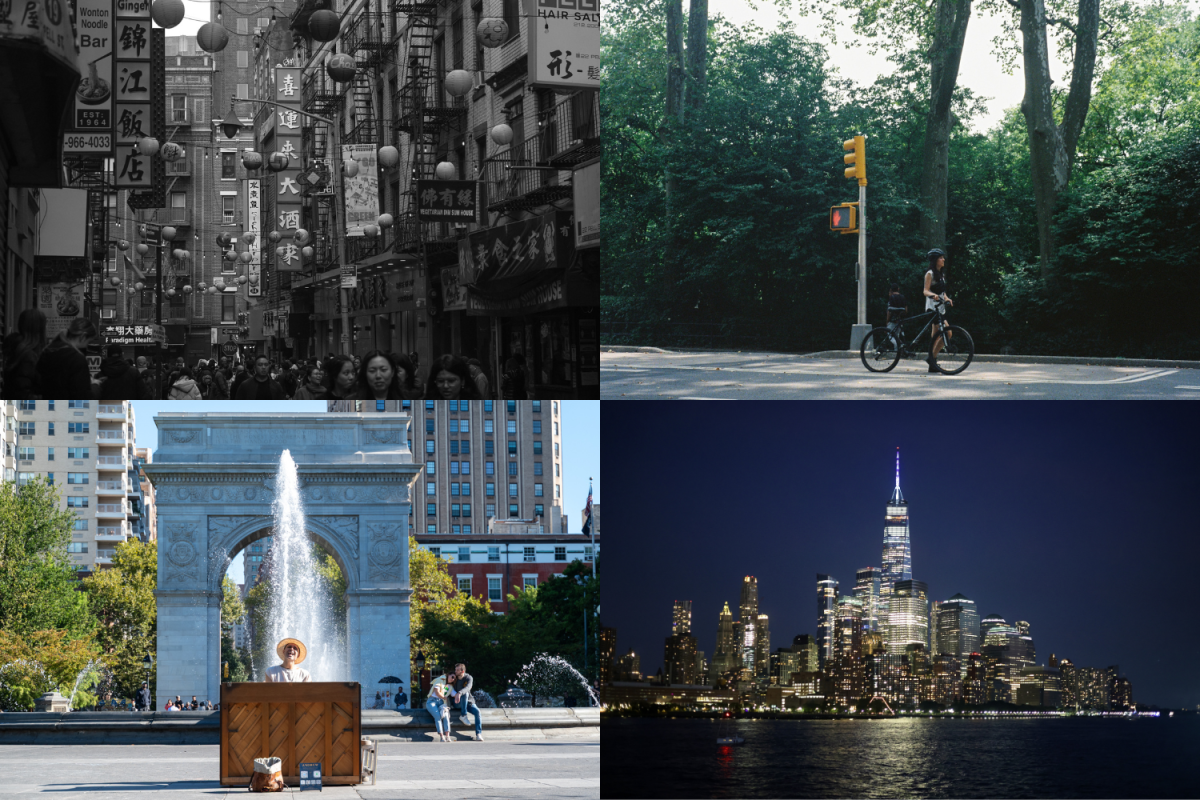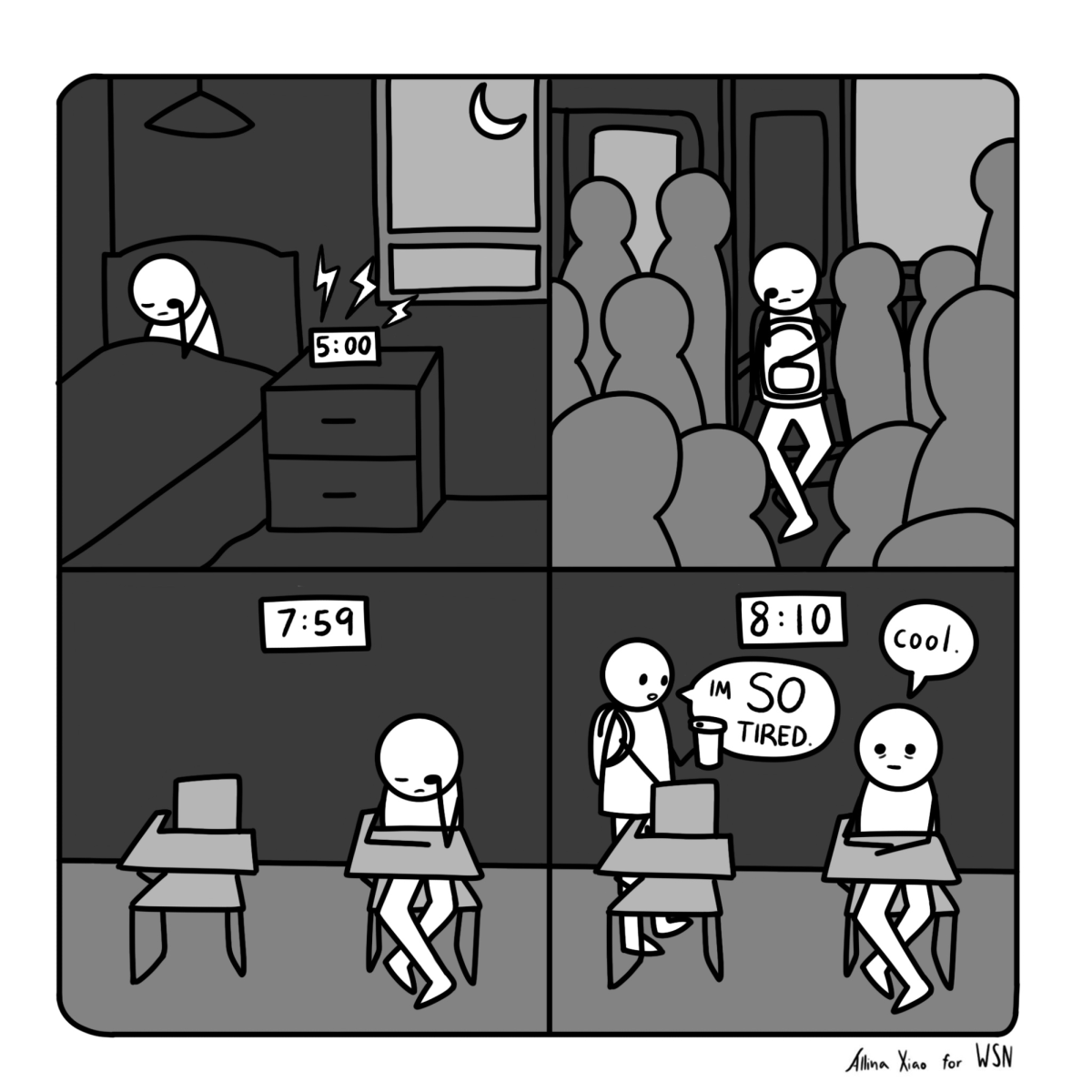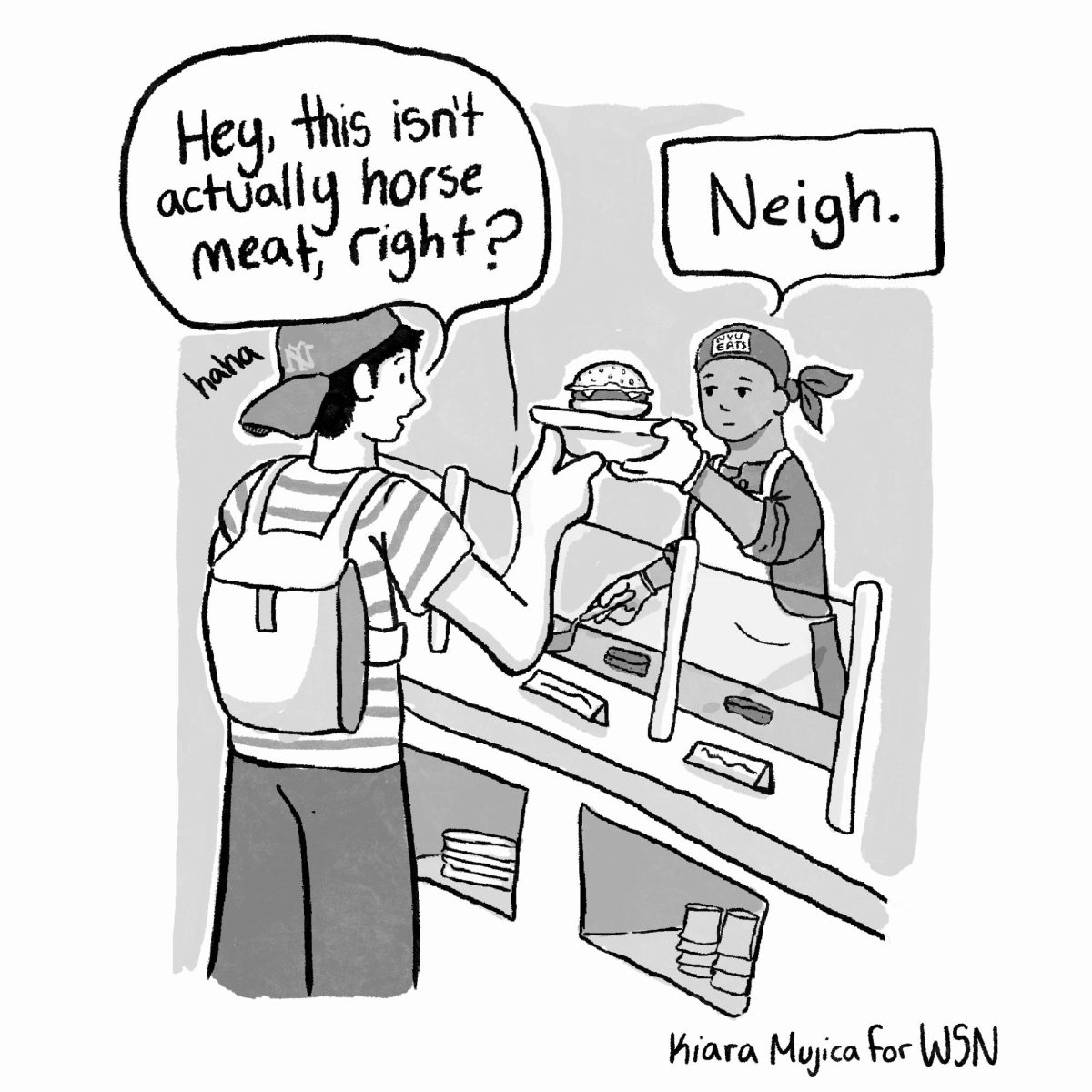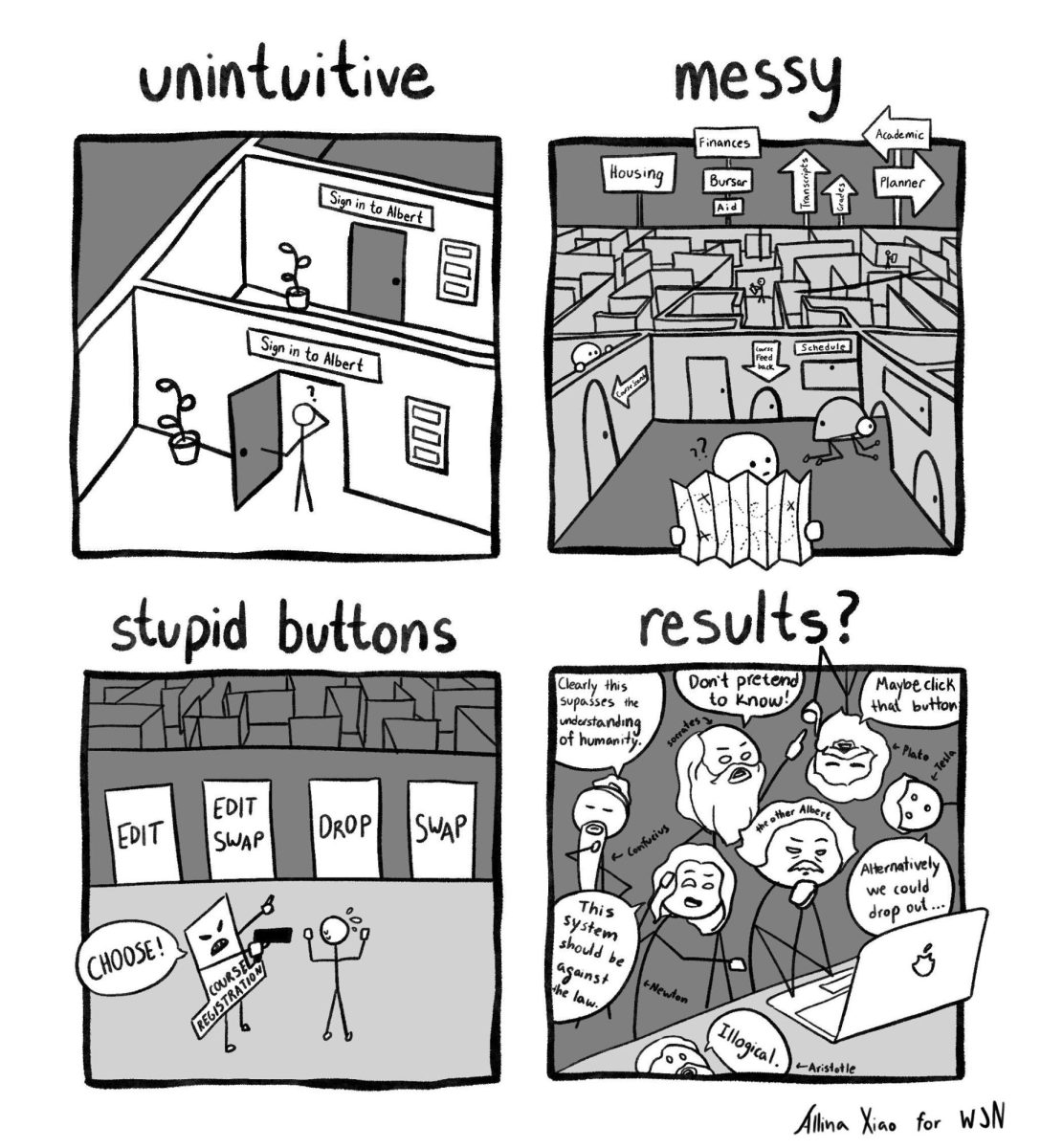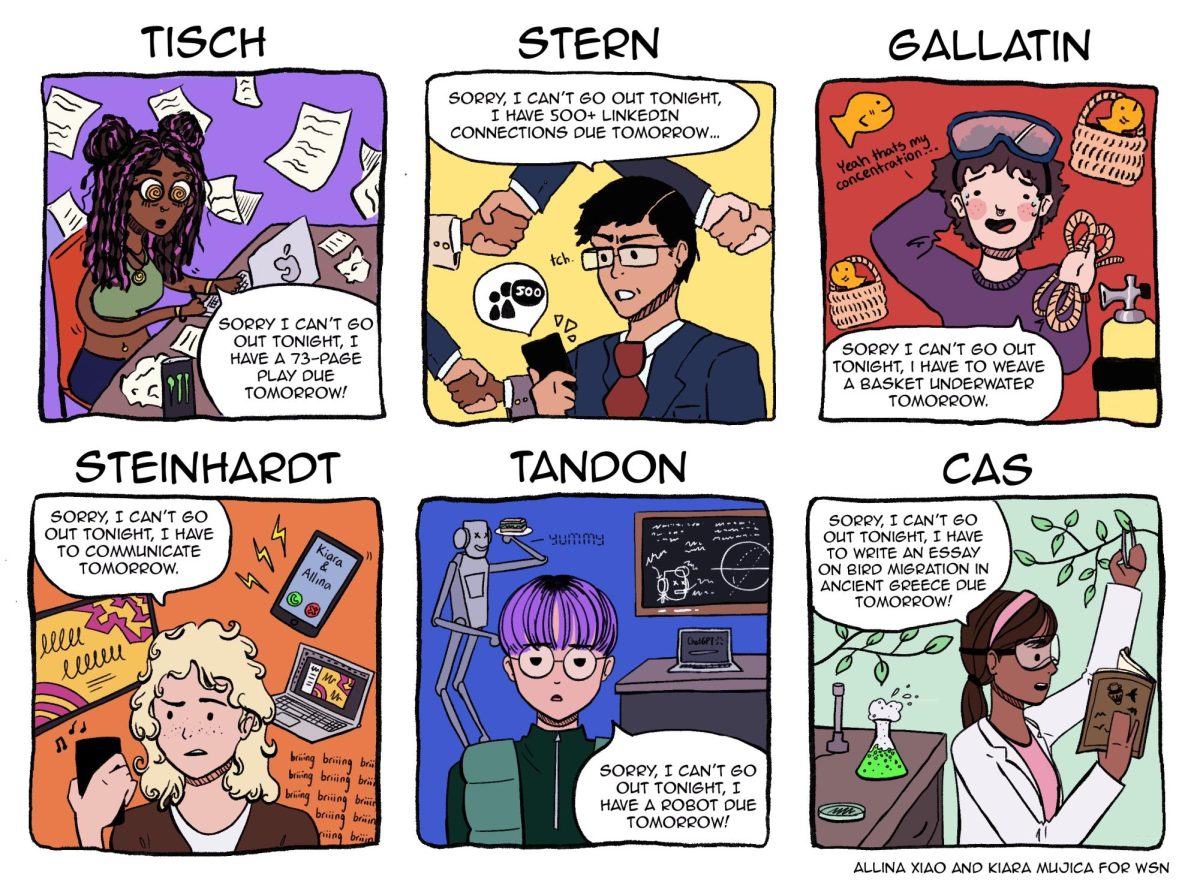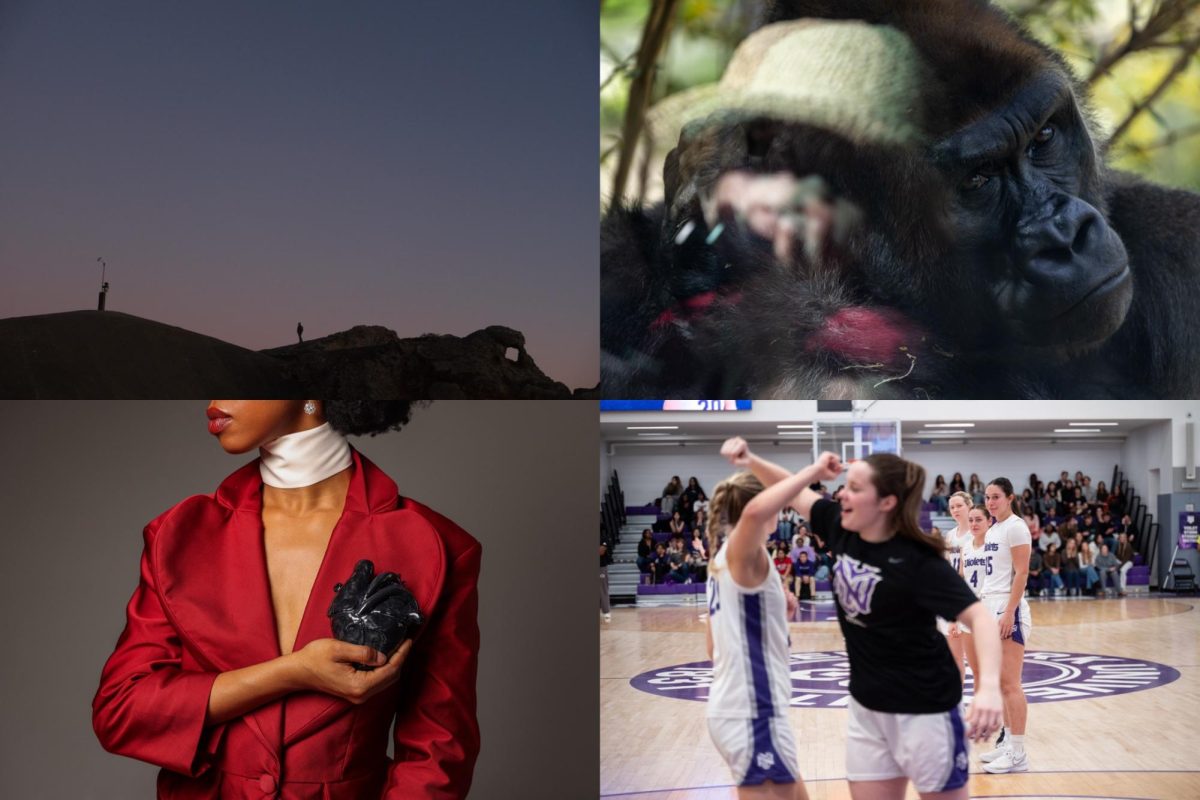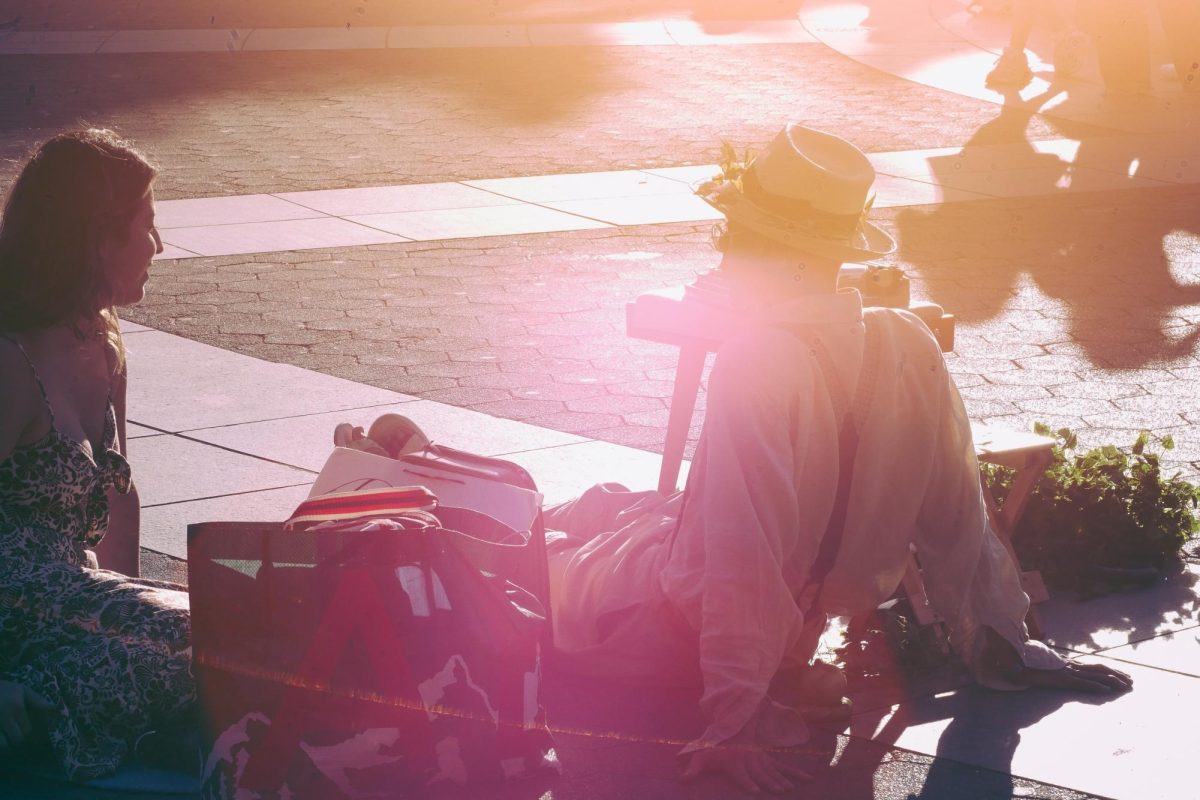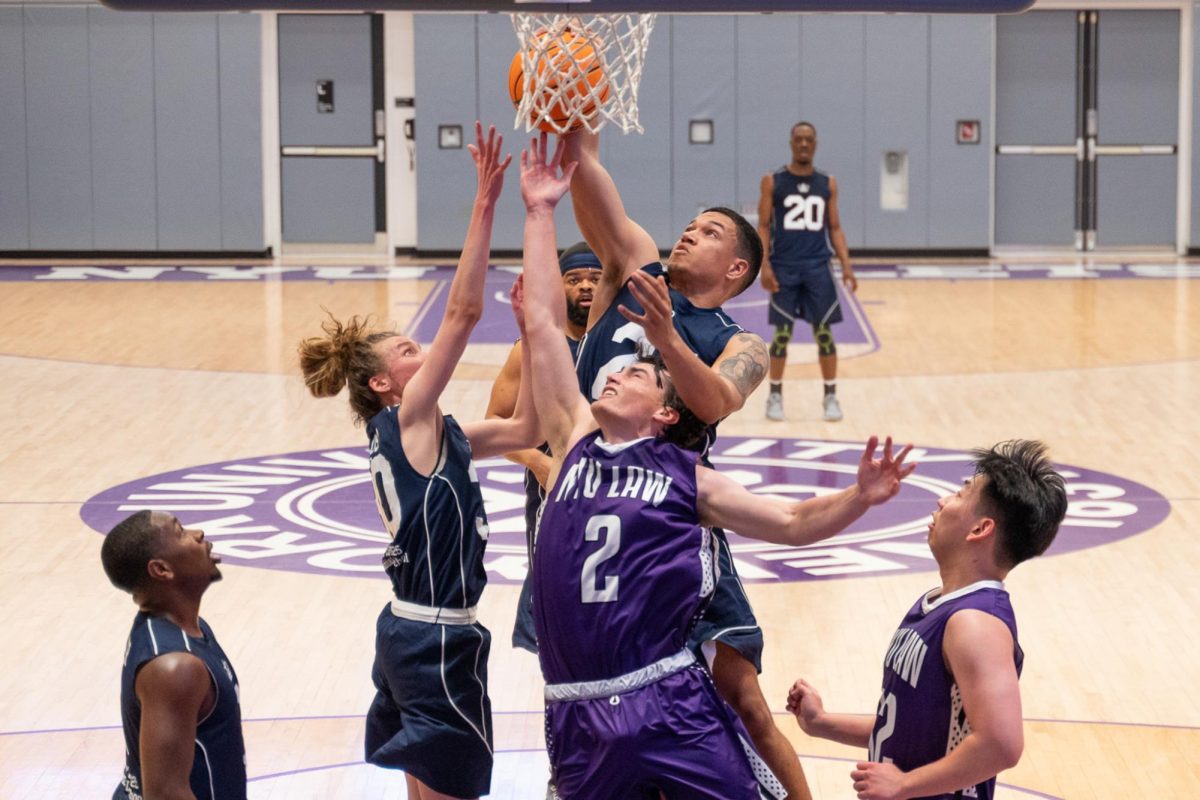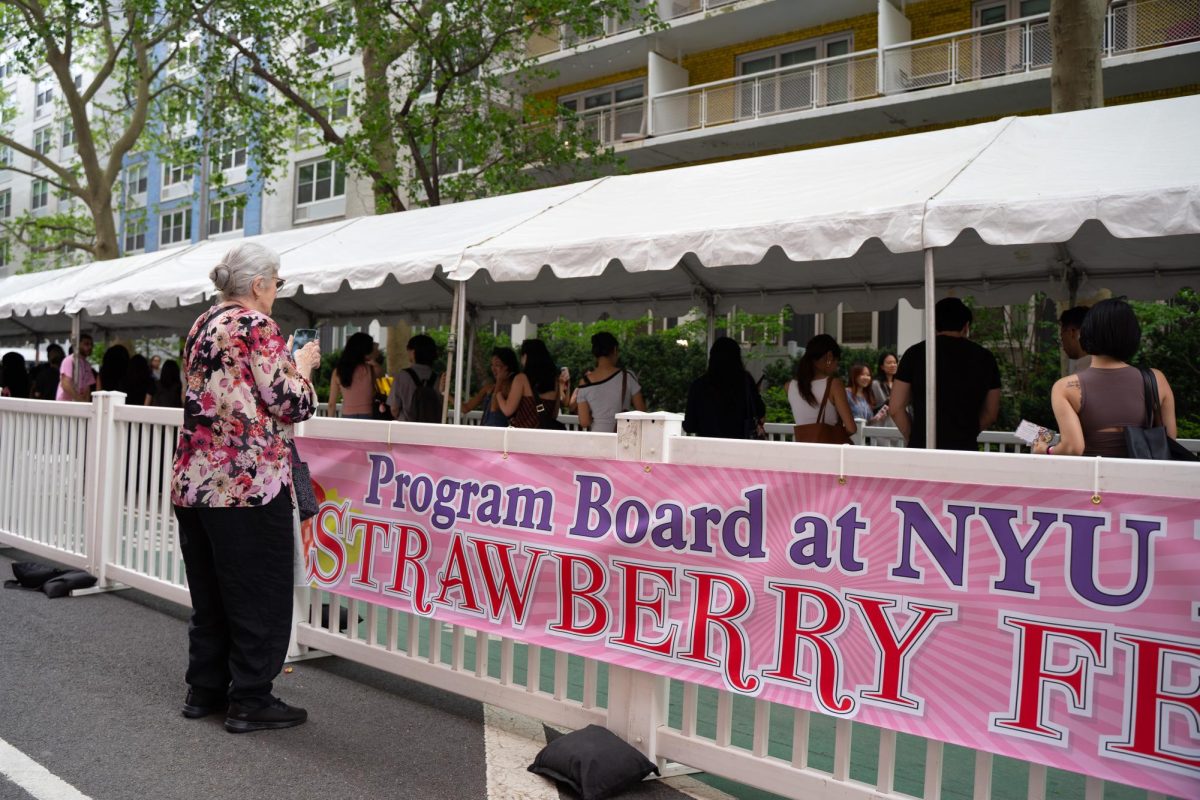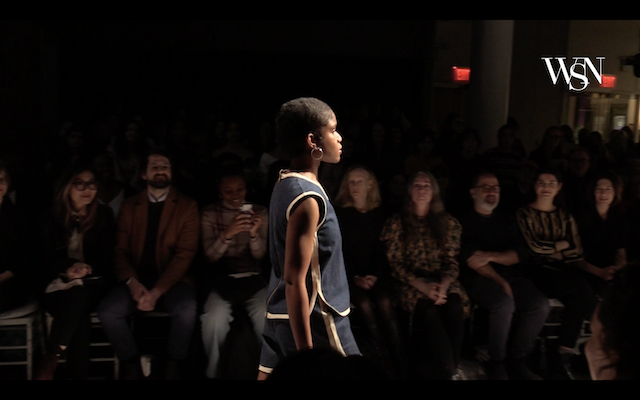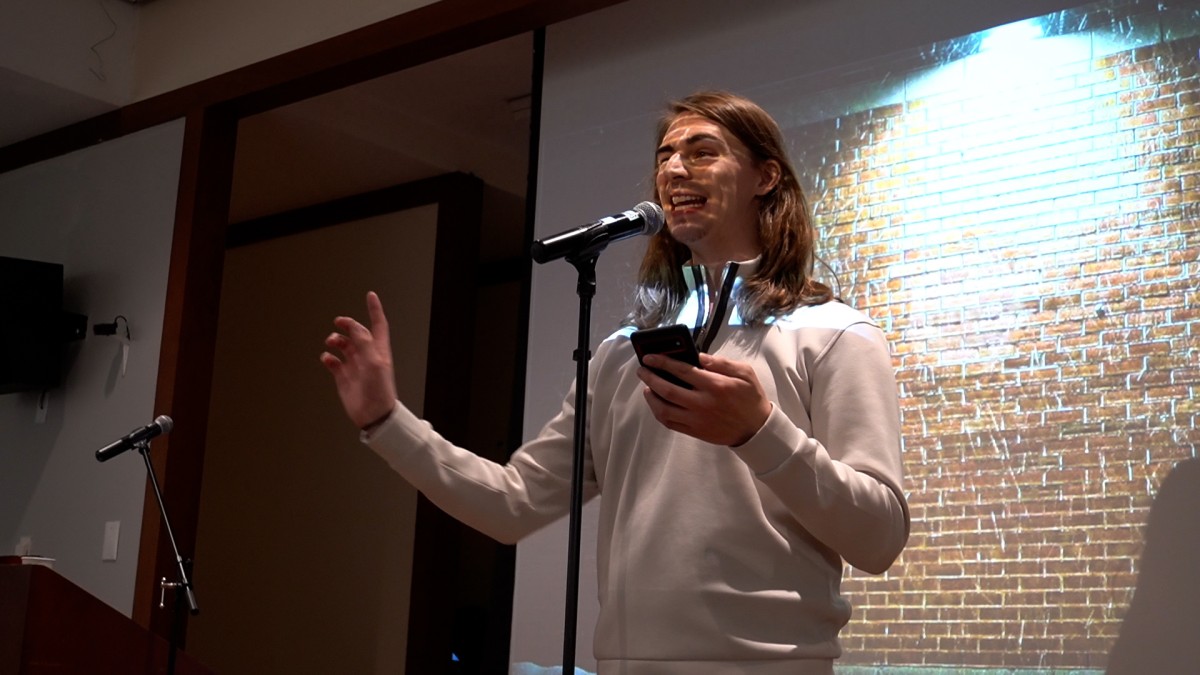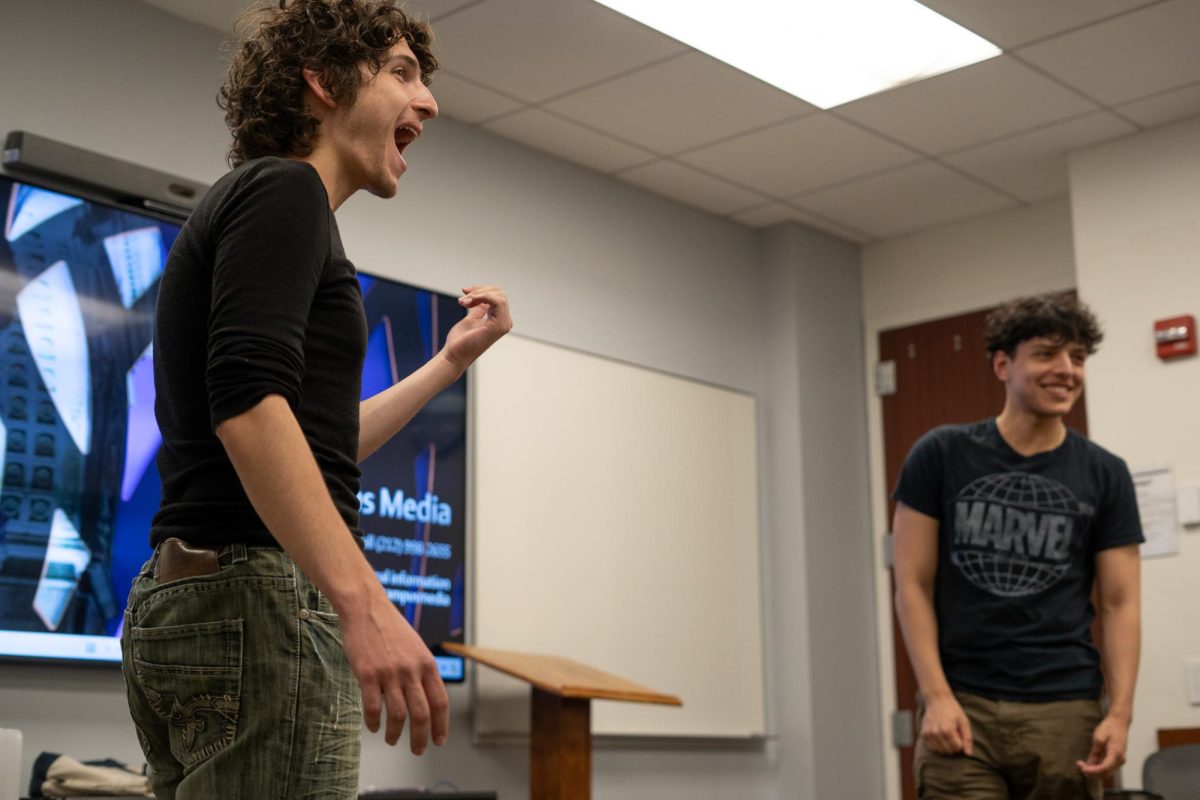If you’ve ever walked down St. Marks Place or MacDougal Street at night, you’ve probably heard people on the streets advertising free comedy shows. While the city’s comedy scene is vast and diverse, many student groups at NYU, from improv to stand-up, are forging their own path. The university’s more than 10 comedy groups vary in style and group dynamic — but collectively, make up a tight-knit community that offers something for every comedy connoisseur.
NYU’s student comedy scene hasn’t always been vibrant, however. Groups like Dangerbox and Astor Place Riots, both of which have been around at the university for decades, were left in disarray by the pandemic. Five years later, many of these organizations have both rebuilt their member bases and brought their comedy to new heights.
Dangerbox, one of NYU’s student improv groups, hosts shows every month at the Kimmel Center for University Life for crowds of about 50 to 60 students, according to club president and Tisch senior Margot Krauss. The group specializes in long-form improv, in which the group performs 30-minute sets based on a thematic suggestion from the audience.
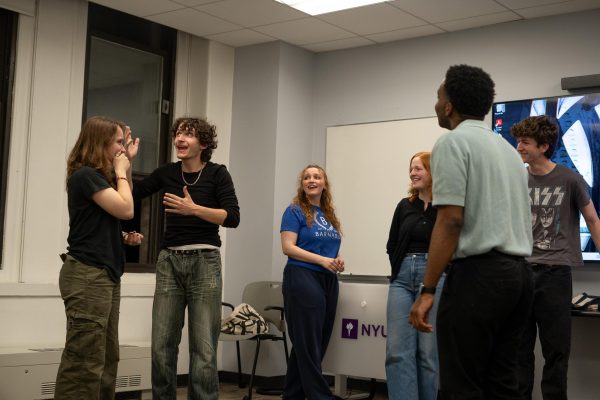
“It’s more like drawn-out storytelling through improv,” Krauss said. “A lot of improv is just like trusting each other — as long as we’re consistently meeting, hanging out and staying in touch, it makes for solid shows.”
Others, like stand-up comedy group Astor Place Riots, feature established New York City comedians like Ivy Wolk and Keara Sullivan as headliners for their shows, whose audiences also typically contain 50 to 60 people. Club president and Gallatin senior Alexandra Cohen said that although Astor Place Riots — NYU’s only stand-up group — doesn’t hold club meetings due to the individual nature of the work, much of her job lies in finding headliners and making sure they get paid by the university.
“Typically, that’s just DMing a comedian, or I’ll ask recommendations from the group,” she said. “Comedians are pretty open to helping us out.”
On the other hand, for groups like Pasadena Golf Club, which specializes in both short-form and long-form improv, four hours of weekly rehearsal are crucial to the club’s interactive sets.
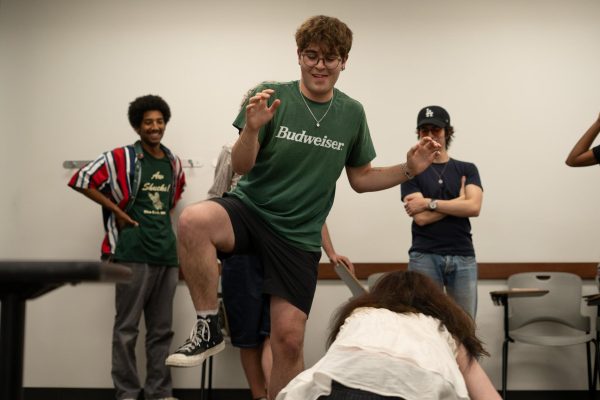
“Improv in particular is so dependent on chemistry,” said Tisch junior Daniela Kustera, one of the club’s co-presidents. “It’s a lot of learning about the people around you more than you’re learning about yourself.”
Like many other groups, Pasadena Golf Club holds only a few shows per semester, and demand is high — its shows are often standing-room-only, with audiences of around 70 to 80. The group’s long-form improv sets in particular require extra practice, according to CAS senior and co-president Miles Gilmore.
“Even though it’s obviously improvised every show, we still have to practice what format we’re doing,” he said. “[We] have consistent characters with relationships that we’re coming up with on the spot, versus just like jokes and bits.”
Across NYU, student comedy groups attend each others’ shows, occasionally collaborate, and connect through group chats and parties — but it wasn’t always this way. When many of NYU comedy groups’ current student leadership joined their respective clubs, the pandemic had recently dissolved their member networks. According to Kustera, Pasadena Golf Club initially struggled to gain traction when students returned to campus during the fall of 2021.
Since then, however, these organizations have been slowly rebuilding their communities — now, Kustera said that the Pasadena Golf Club community is “closer than ever,” and that she worked with Gilmore to hire many new members this school year. Other groups like Dangerbox have been able to afford new opportunities for members, including a trip to Washington, D.C. for a college comedy festival this year, according to Krauss.
“From my freshman year to now, it’s definitely been just a slow increase in getting back into all the activities,” Krauss said.
Cohen, whose Gallatin concentration focuses on the comedy of politics, aims to help Astor Place Riots members both engage in the city’s larger comedy scene, as well as interact with other comedy groups at NYU.
“A lot of the time, other groups will ask our comedians to headline their shows,” Cohen said. “Sometimes we’ll have other groups open for us, so it’s all pretty integrated — the NYU comedy scene.”
Still, across the spectrum of comedy groups at NYU, some have struggled to find available rooms for their shows and found difficulties maintaining a consistent budget from the university.
“The administration itself is set up so that you don’t want to use the resources that you’re supposedly entitled to,” Kustera said. “The resources are there, but you really have to advocate for yourself if you want to take advantage of them. They’re hidden.”
While comedy isn’t on the cover of NYU brochures, these groups offer a unique opportunity for students to explore creativity in a new medium.
“I think it’s something really special about this school,” Gilmore said. “I don’t know that everybody knows about it fully, but it’s something we put a lot of time and a lot of love into.”
Contact Adi Rajpurohit at [email protected].

